Most of us have long known Thailand is a beautiful and enchanting country. Knowing this “intellectually,” and experiencing it first hand, however, are two different things. So, at the end of last year, I took my first chance to visit. Now, after more than 6,500 photos taken, I’ve finally put together my first “travel blog” post in many-a-year. I hope to be able to blog more often, but this was a special experience. From its landscapes, to its culture, to its people, and (yes) to its incredible diversity of wildlife, there is a lot to become dazzled with in beautiful Thailand. As a wildlife photographer, the wildlife of this nation will be my focus (pardon the pun), but there was a whole lot more to the experience than just wildlife.
Incredible Wildlife Diversity in Thailand
It is hard to describe the sense of fantasy, almost, when someone from the west first experiences Thailand’s wildlife. The best way to describe the experience is that it made me feel like a kid in a candy store. To give the Western reader an idea of the abundance of wildlife, consider that in the vast continent of North America there are some 990 species of bird, with California having the most diversity of any state with 670 described species. By contrast, the small country of Thailand is host to some 1069 species, more than the entire North American continent. Another example, for many, would be to consider the beautiful country of Costa Rica. While many photographers seek the incredible wildlife diversity of Costa Rica (and for good reason!), when even this beautiful destination point is compared to what is available in Thailand, the truly special nature of this Southeast Asian nation becomes apparent:
| California | 221 | 104 | 673 | 170 | 896 |
| Costa Rica | 200 | 286 | 850 | 1,251 | < 2,000 |
| THAILAND | 271 | 446+ | 1,069 | 1,100+ | 2,300+ |
As you can see, Thailand’s wildlife diversity is amazing. Another thing to consider is, beyond just “the diversity” of potential wildlife at any destination point, the wildlife density is what truly sets the stage. For example, there really aren’t that many specimens per square mile here here in California. I have walked for hours up in the San Gabriel Mountains before, and hardly seen more than a few individuals of a few different species. This is unlikely to happen in more tropical destinations, which usually have not only incredible biodiversity, but also incredible population density, per-square-mile, with multitudes of different individuals being observable. Thailand’s “butterfly congregations,” for example are legendary. I might add that an added bonus is the legendary Thai cuisines and dishes, enjoyable after a long day out in the field, which are simply delicious. (Warning: must like spicy food 🙂 ).
Anyway, after reading about Thailand’s wildlife opportunities, I set out to investigate 😎
Accomodations
Without getting into all the details of planning my first visit to Thailand, I decided my primary destination would be Khao Sok National Park, a place with incredible rock formations & wildlife opportunities, where I stayed at Art’s Riverview Lodge. The accommodations were both beautiful as well as reasonably-priced:
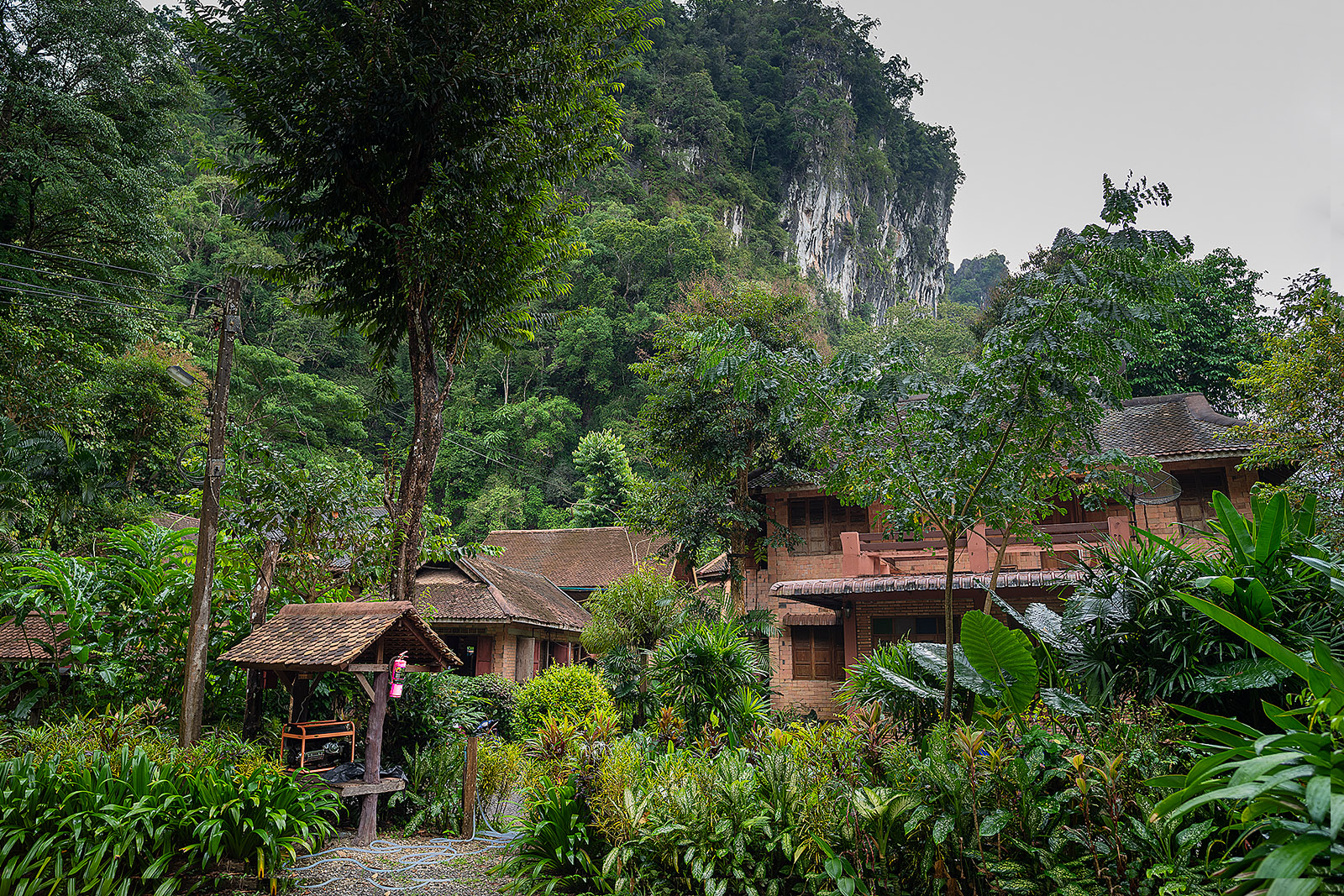
Art’s Riverview Lodge
Nestled within the wilderness itself, Art’s Riverview Lodge set the tropical mood beautifully.

Our Cottage
Called “tree houses,” even just a walk back to our room provided us with wildlife opportunities.
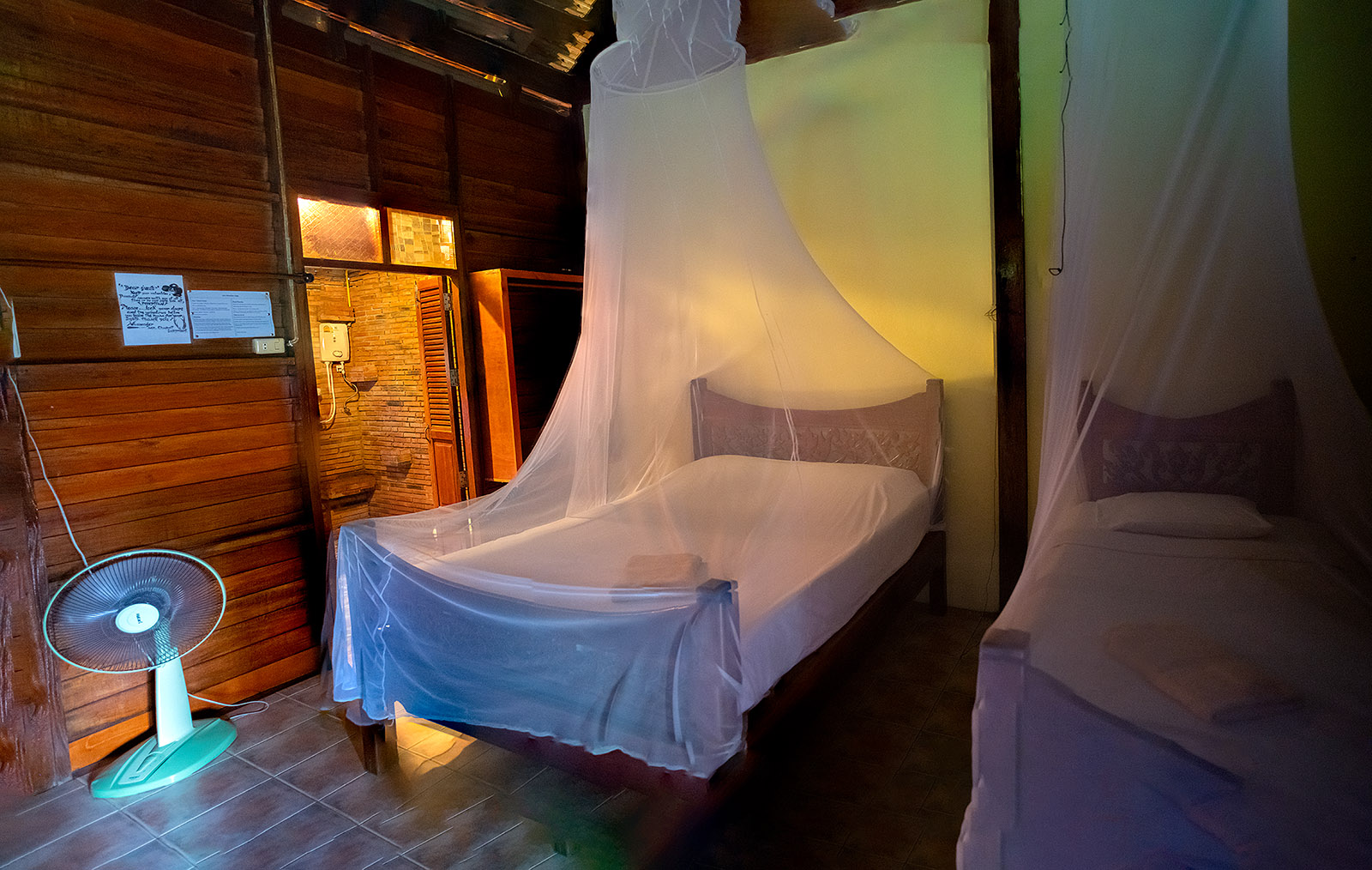
The Accomodations
As you can see, one of the downsides to such an abundance of wildlife is there are an incredible amount of mosquitoes, for which Art’s Lodge provided netting over the beds, thankfully 😀
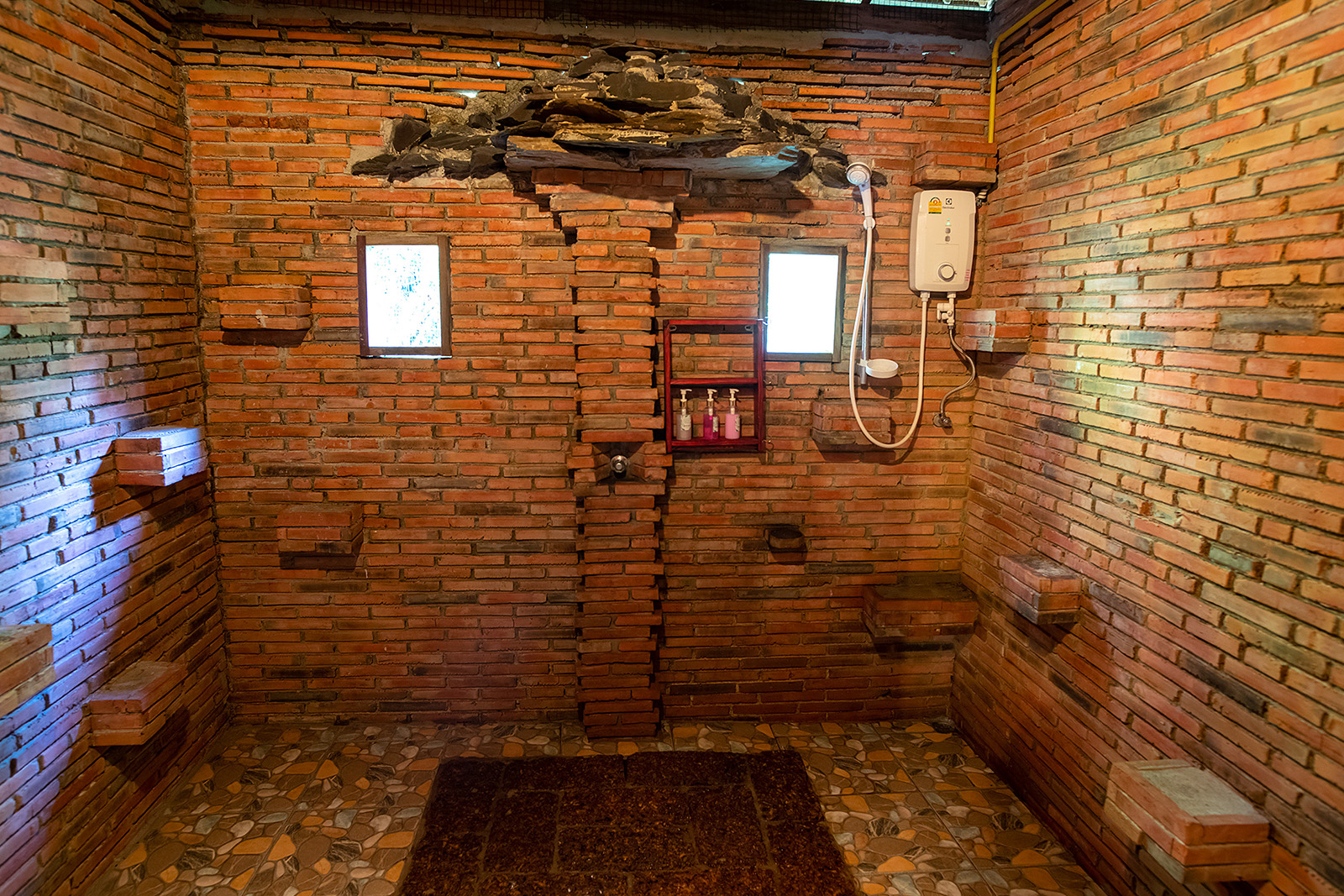
Amazing Shower
As a Westerner (“Farang” in Thai culture), it is a Thai custom is to have the bathroom and shower as one—and they use a bidet instead of toilet paper. (Because of how hot and humid it is in Thailand, they don’t have hot water in their showers, either, just “room temperature” water, which is refreshing. In contrast to most places, Art’s provides you with a choice of both: a tap “waterfall” shower, or a heated shower nozzle in the corner.)
I forgot to mention that Art’s also has a patio restaurant overlooking the river, adjoining the main building, where the food was delicious and the service friendly and excellent. All-in-all, the accommodations were truly wonderful. After walking from our room to have an early breakfast along the steamy river, we were off to a full day of adventure 😎
Arrangements
After our first accommodations were taken care of, at Art’s, we solicited the services of an English-speaking travel guide, so as to get a lay of the land. For this I used Thai National Parks, who provided us with both an English guide, and a boatman, for the rest of our stay. Here we slept in Raft Houses, directly in the middle of Khao Sok’s Cheow Lan Lake. To say the morning views of the lake, from our raft houses, were “beautiful” would be an understatement:

Looking out into Khao Sok from the pier at first light …
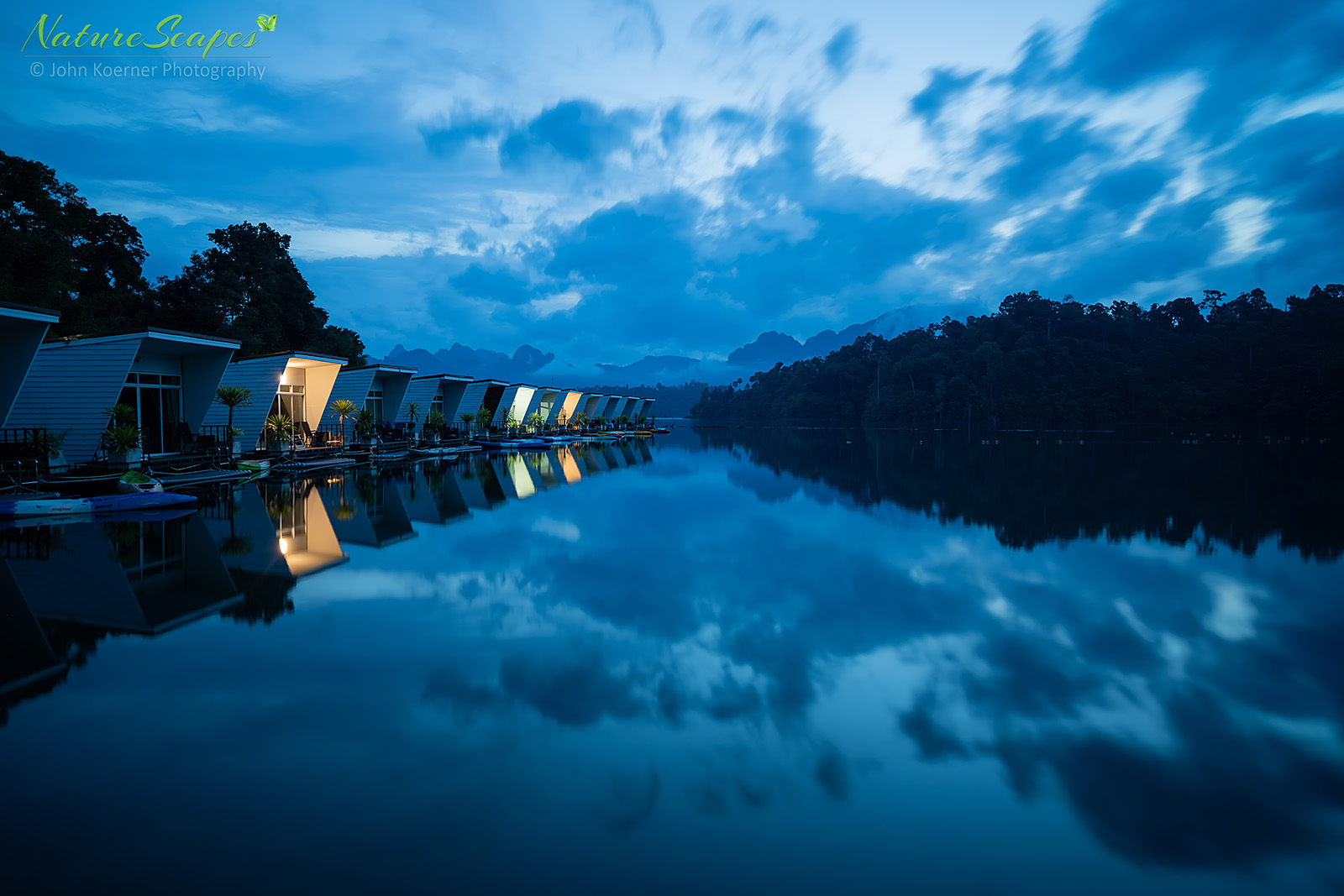
Gorgeous morning view of the raft houses on the lake the following morning …
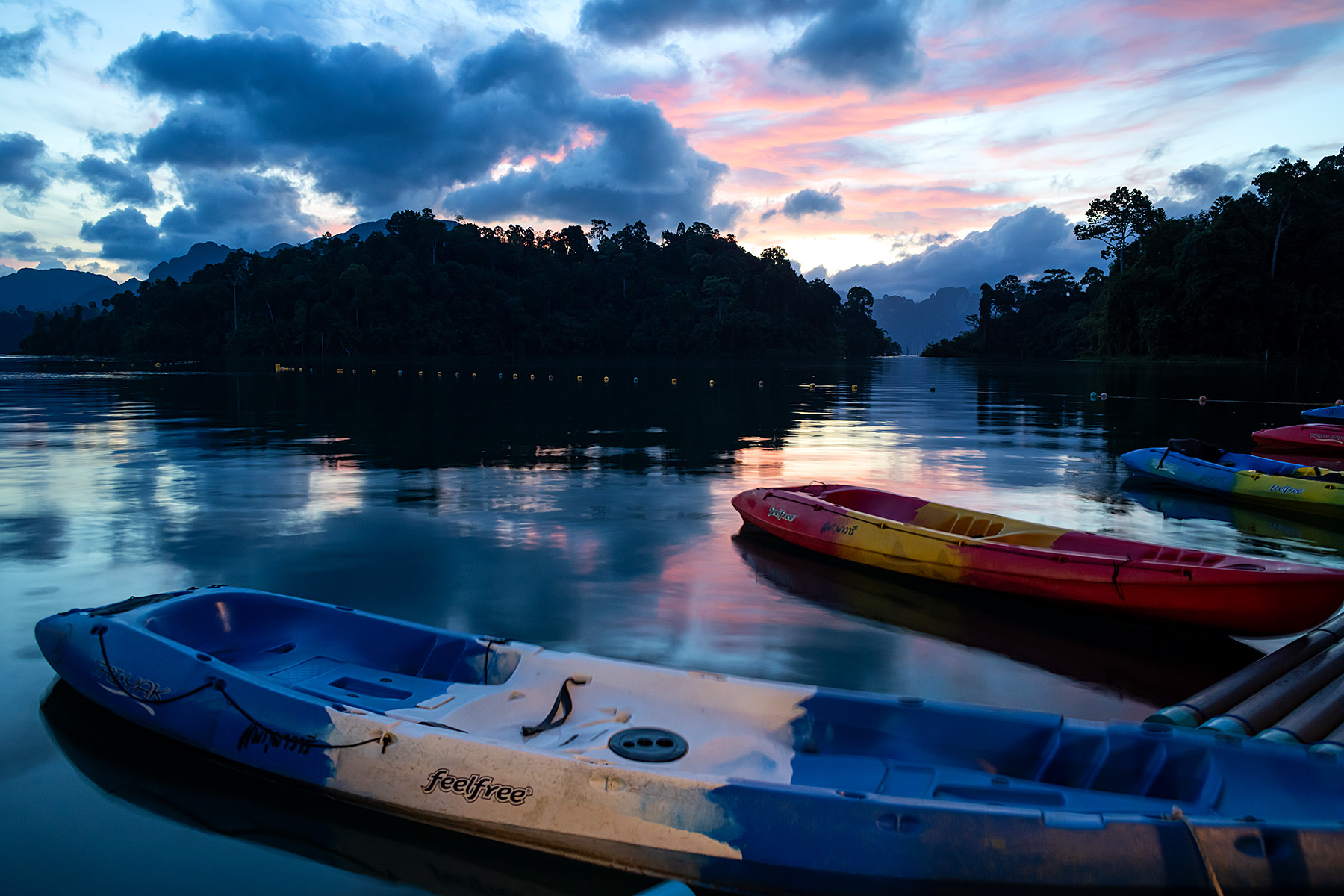
The name on the raft says it all …
Aside from these recreational rafts, for personal use, we were also taken on a larger craft, manned by an experienced boatman, coming to a stop at various points of interest to commence with our guided nature hikes:

HDR-enhanced rendition of our first landing …
We finally arrived to commence with our adventure. Once we landed, it didn’t take long to see wildlife, literally of all kinds, either:
Mammals
From what I understand, Northern Thailand is the place to go for mammalian wildlife (including elephants, tigers, and bears). Most of the mammals we saw in Southern Thailand were macaques and lemurs. The macaques are acclimated to man, and are everywhere, while the lemurs not so much (their numbers are declining, sadly).
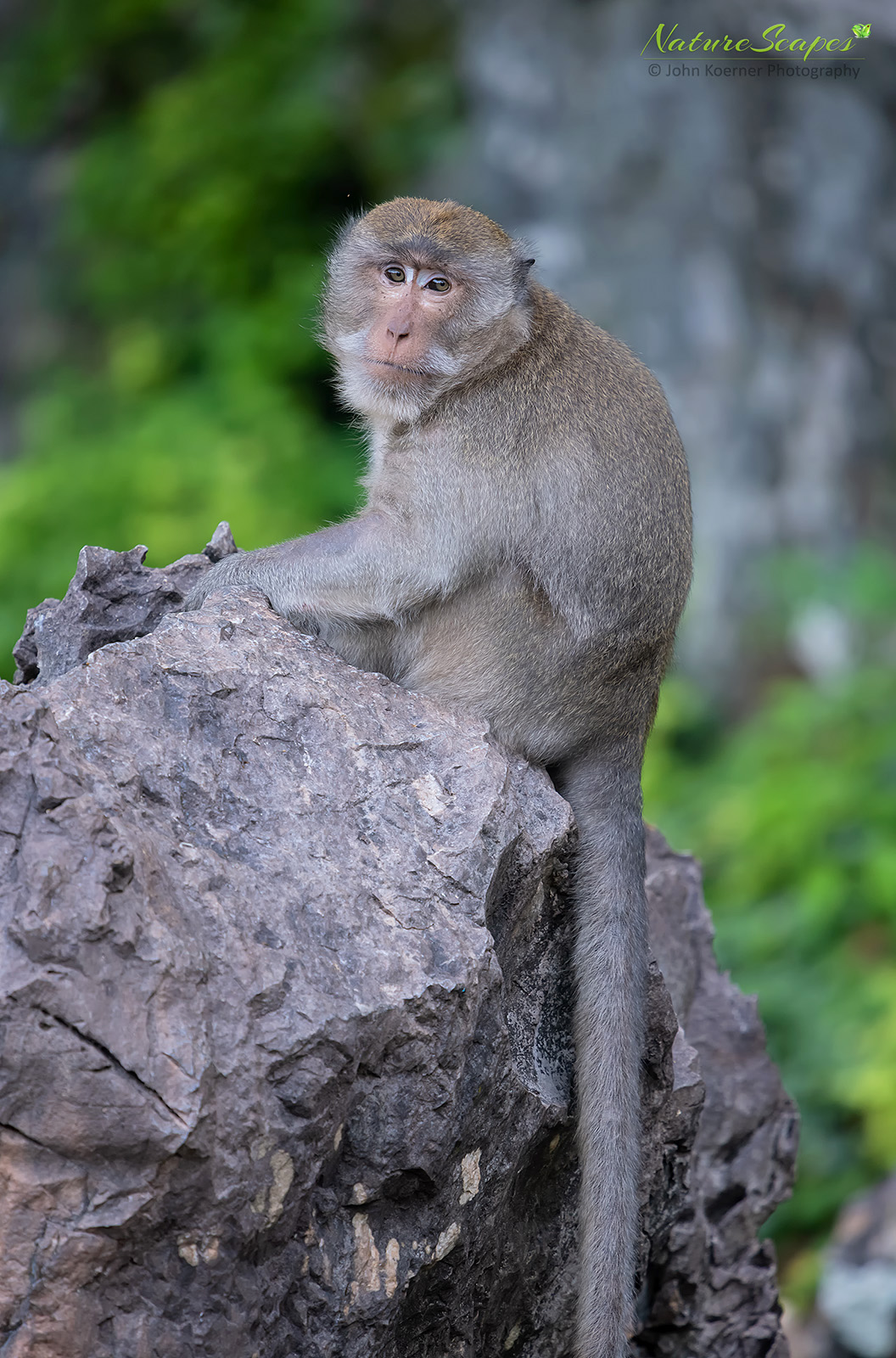
Long-Tailed Macaque (Macaca fascicularis)

Long-Tailed Macaque (Macaca fascicularis)
Long-Tailed Macaques (aka: Crab-Eating Macaques) are literally everywhere in Thailand, even within certain areas of the city. They are, therefore, “synanthropic,” benefiting from their association with man.

Dusky Leaf Monkeys (Trachypithecus obscurus)
Dusky Leaf Monkeys (aka: Spectacled Langurs) are much more shy, retreating from any sight of man. Consequently, human over-population expansion threatens this species, and their numbers are on the decline.
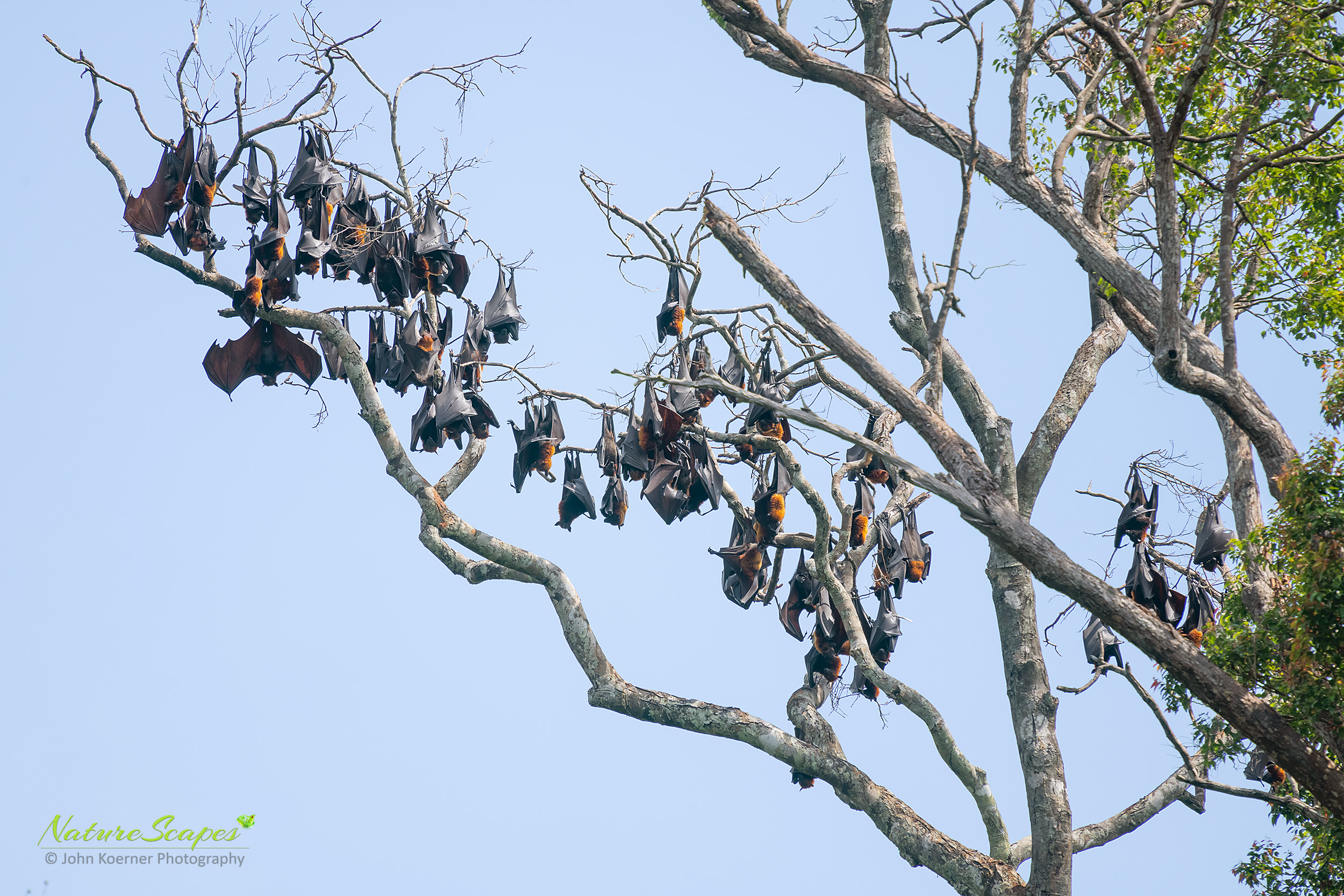
Malaysian Flying Fox (Pteropus vampyrus)
A highlight of the trip was witnessing these huge “Flying Foxes,” that can have a wingspan of 1.5 meters (or nearly 5 ft.), but unfortunately I only brought a 300mm lens. Hence, the above was as close as I could get. (More on equipment recommendations, in hindsight, below, but still it was thrilling to see them.)
Birds
Despite the fact Thailand’s birding opportunities are among the very best in the world, unfortunately I got very few birding opportunities. The main reason is I didn’t bring “enough lens” for the task. (Again, I will discuss equipment at the end.) Another reason is, the jungles were so thick it was hard to get clear shots of what I did see. In retrospect, for my next visit, I will make sure to sign up with a dedicated birding tour guide, an expert birding specialist, rather than just a standard “terrain” guide. I will also be bringing different gear. Nonetheless, I got a few decent opportunities:
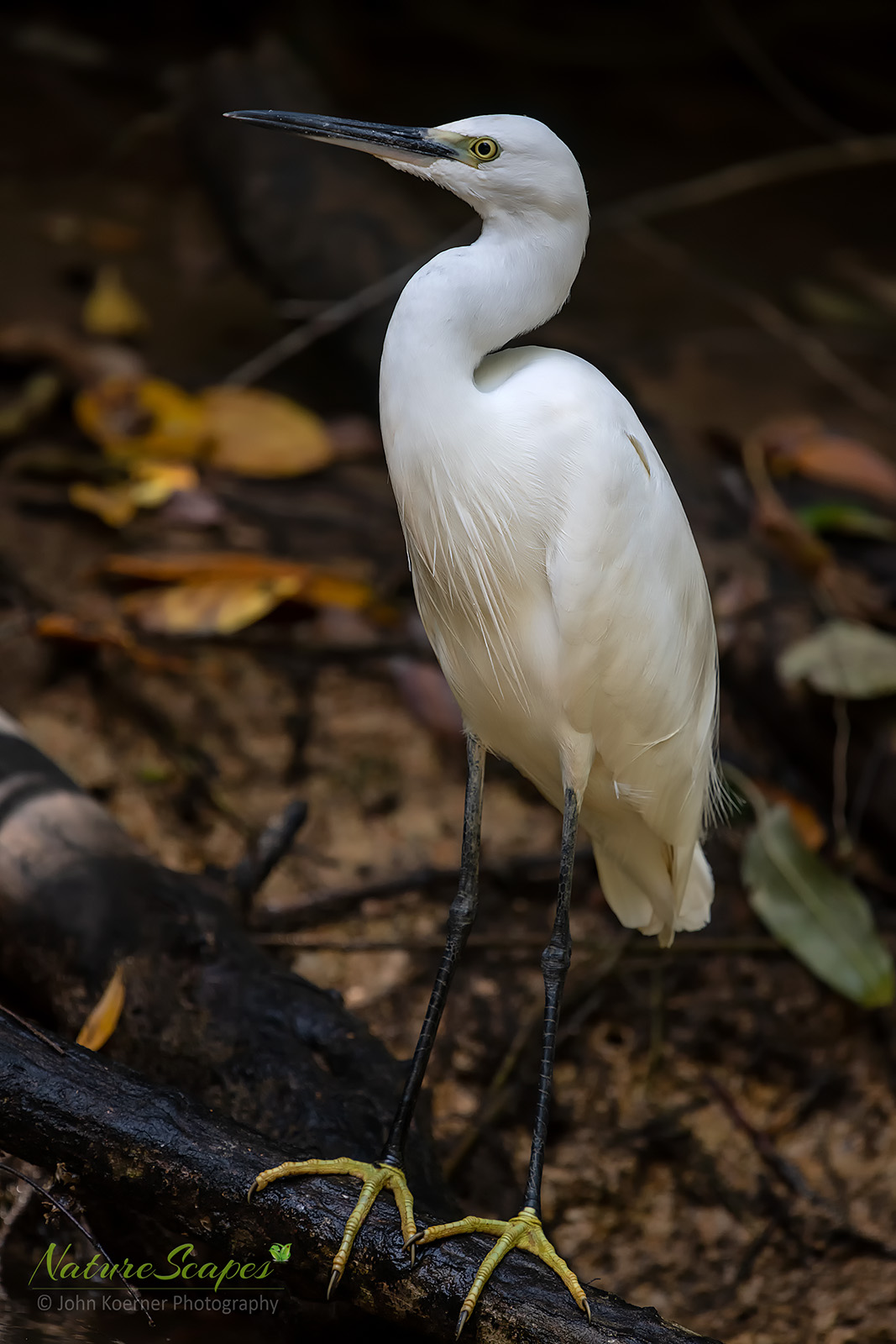
Little Egret (Egretta garzetta)
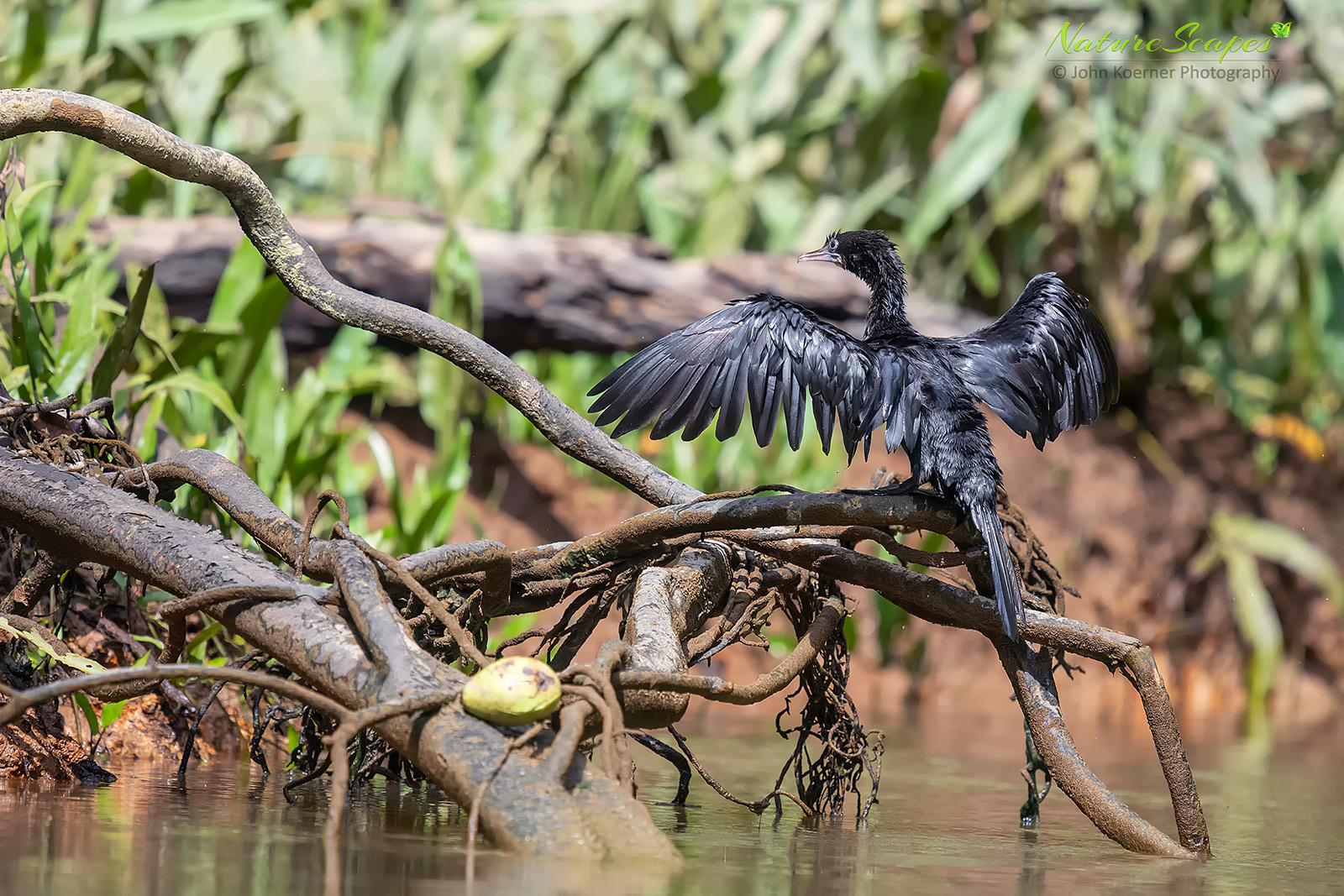
Little Cormorant (Microcarbo niger)
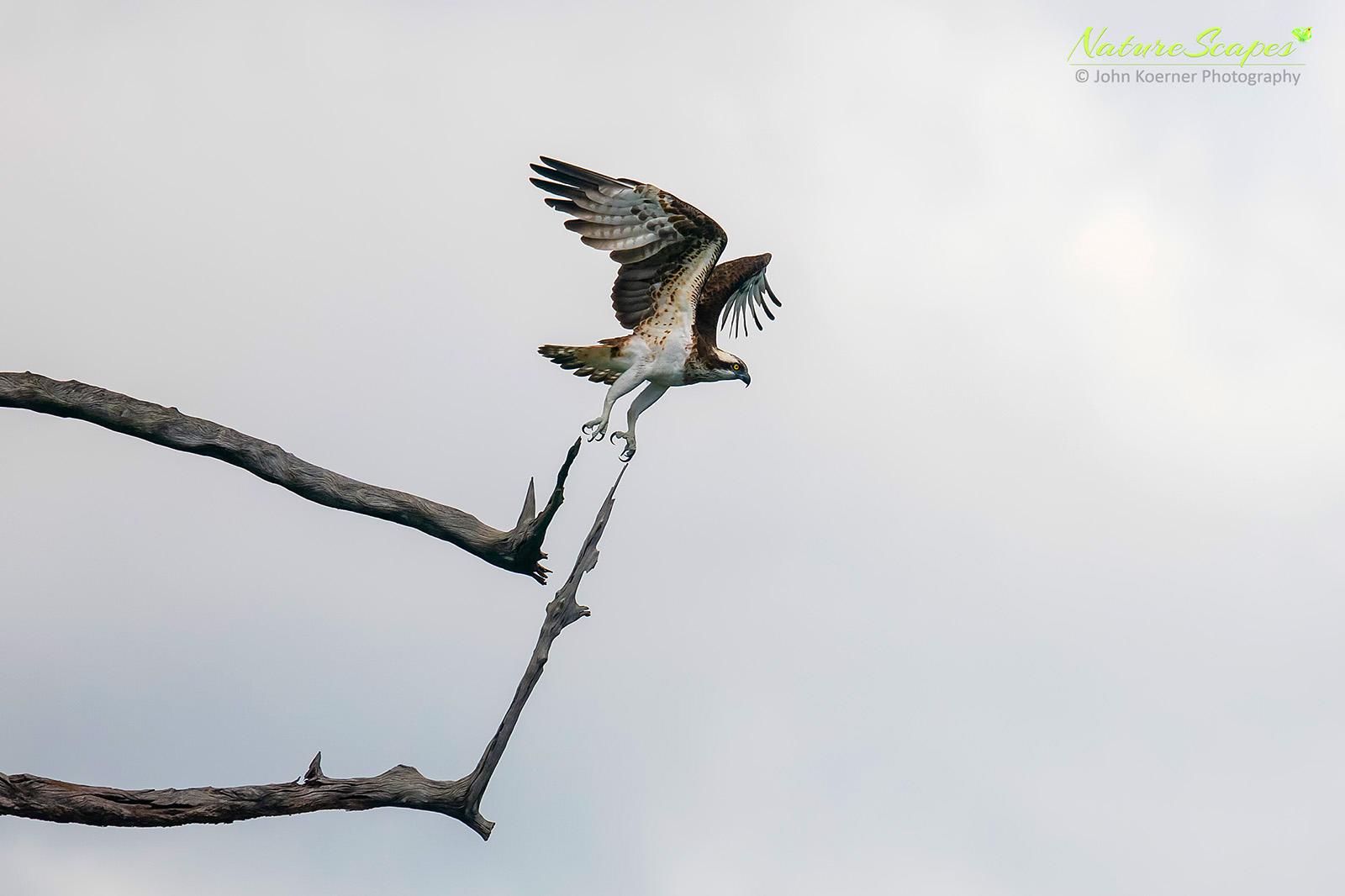
Osprey (Pandion haliaetus)
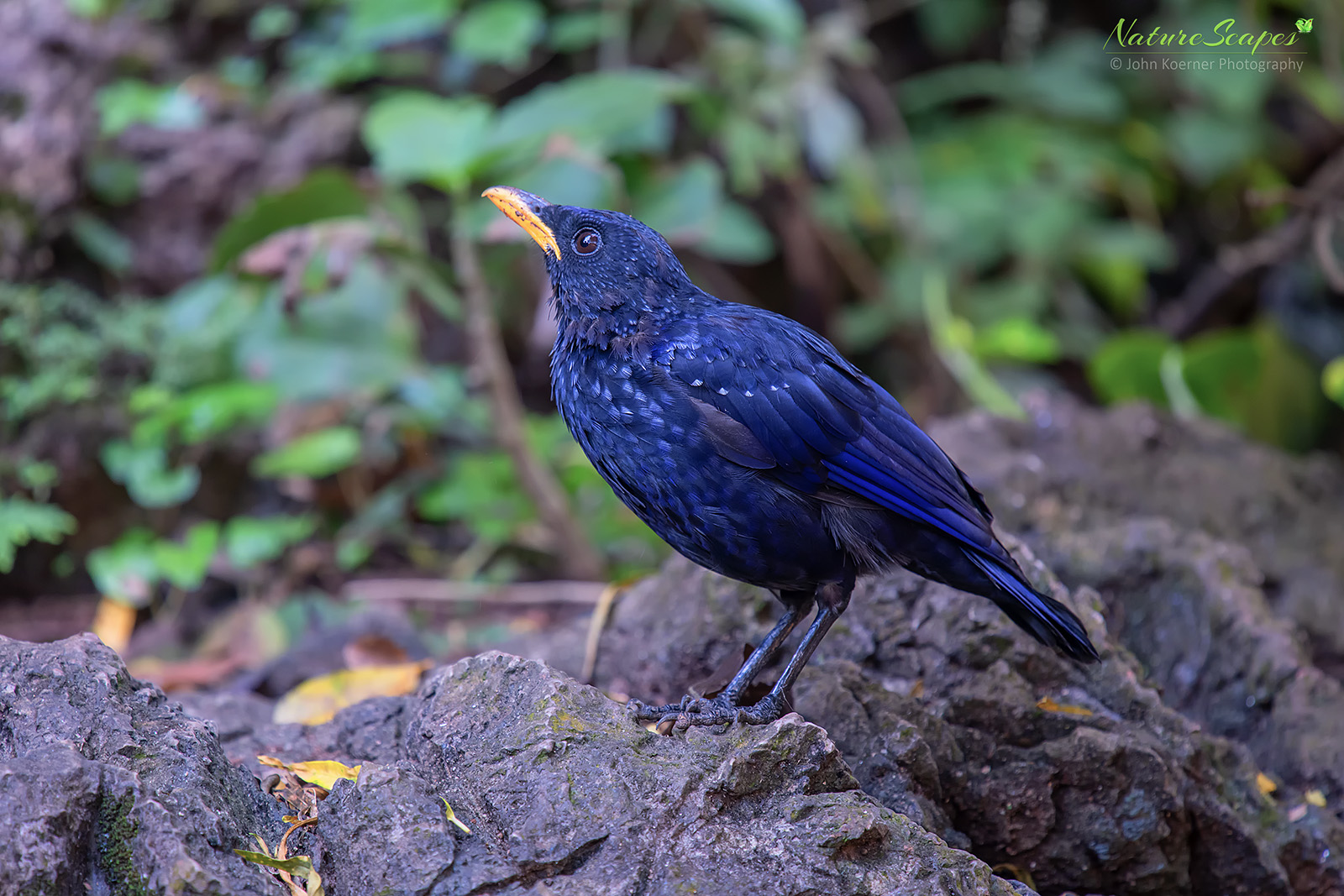
Blue Whistling Thrush (Myophonus caeruleus)
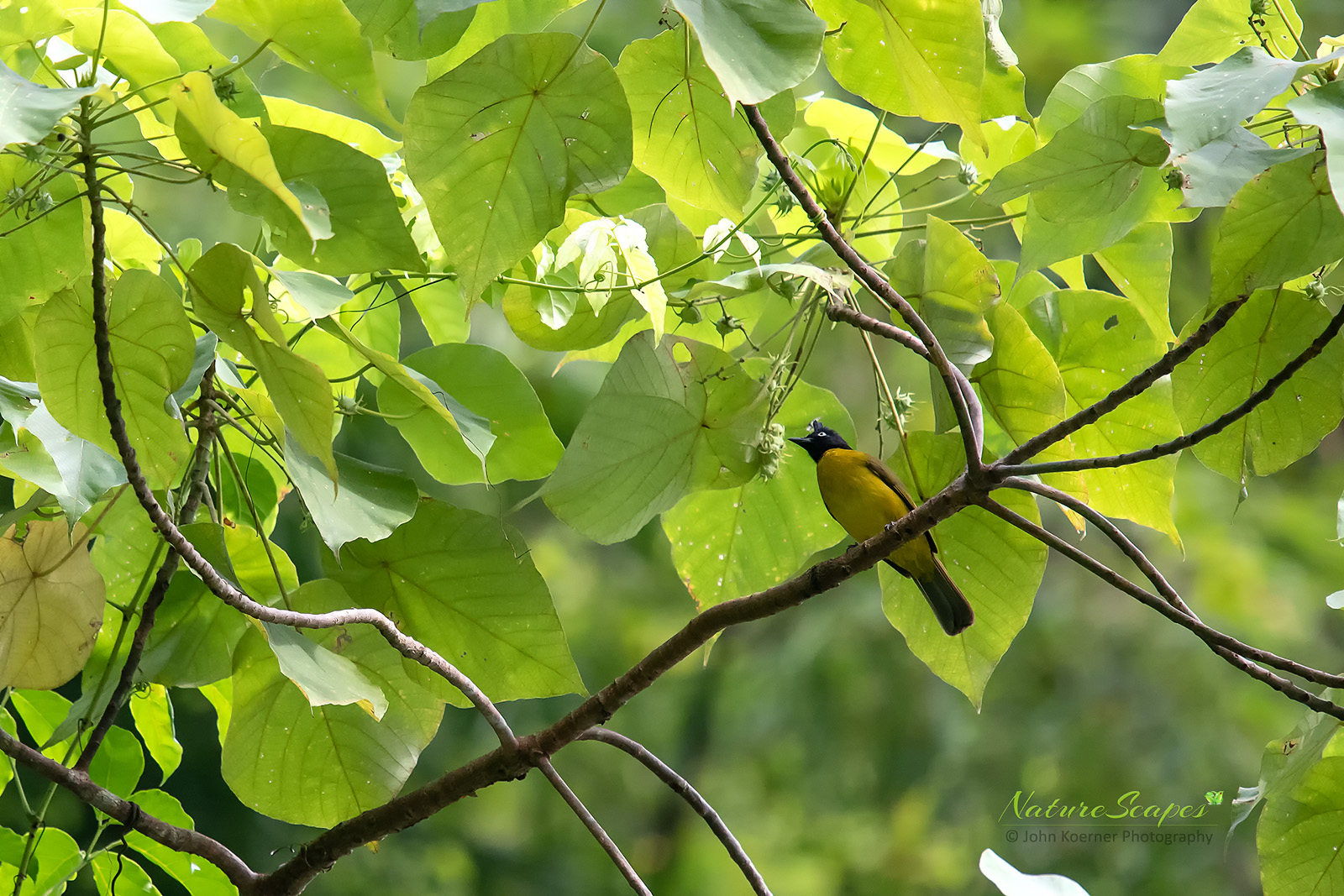
Black-Capped Bulbul (Pycnonotus melanicteru)
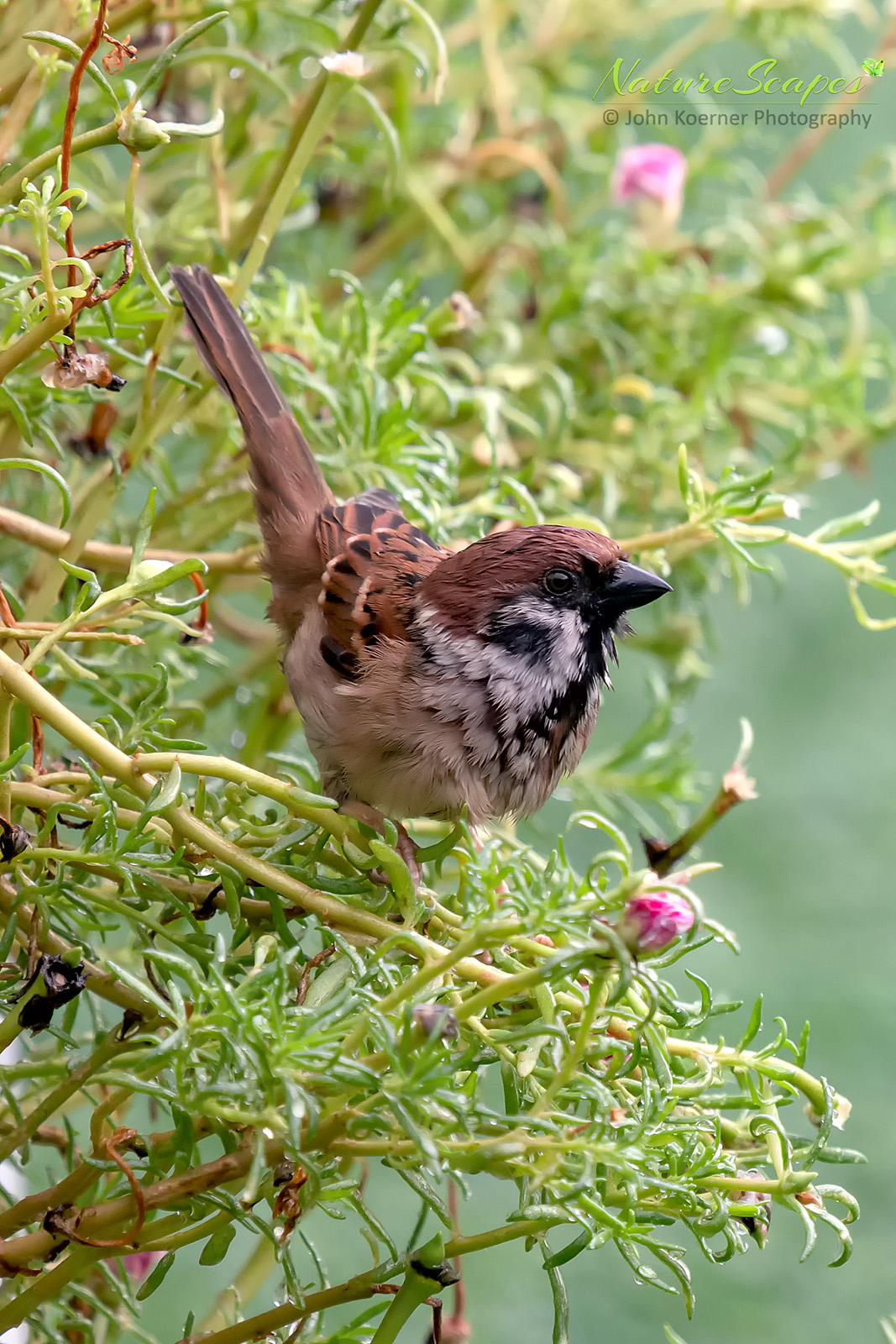
Eurasian Tree Sparrow (Passer montanus malaccensis)
As mentioned, on my next trip to Thailand, I plan on bringing a larger telephoto lens, specifically for birding, and I will be lining up a dedicated birding tour guide for valuable insight and key places to go.
Snakes
No trip to Thailand would be complete without seeing some compelling reptiles, in particular, snakes. With 4x the reptile population as the State of California, Thailand is one of the best places to go for reptiles. From fantasy snakes to fantasy lizards, the prevalence and diversity were captivating. However, most snakes are actually active at night, so we didn’t come across too many. Still, seeing a Reticulated Python (the longest snake in the world) was an absolute highlight:
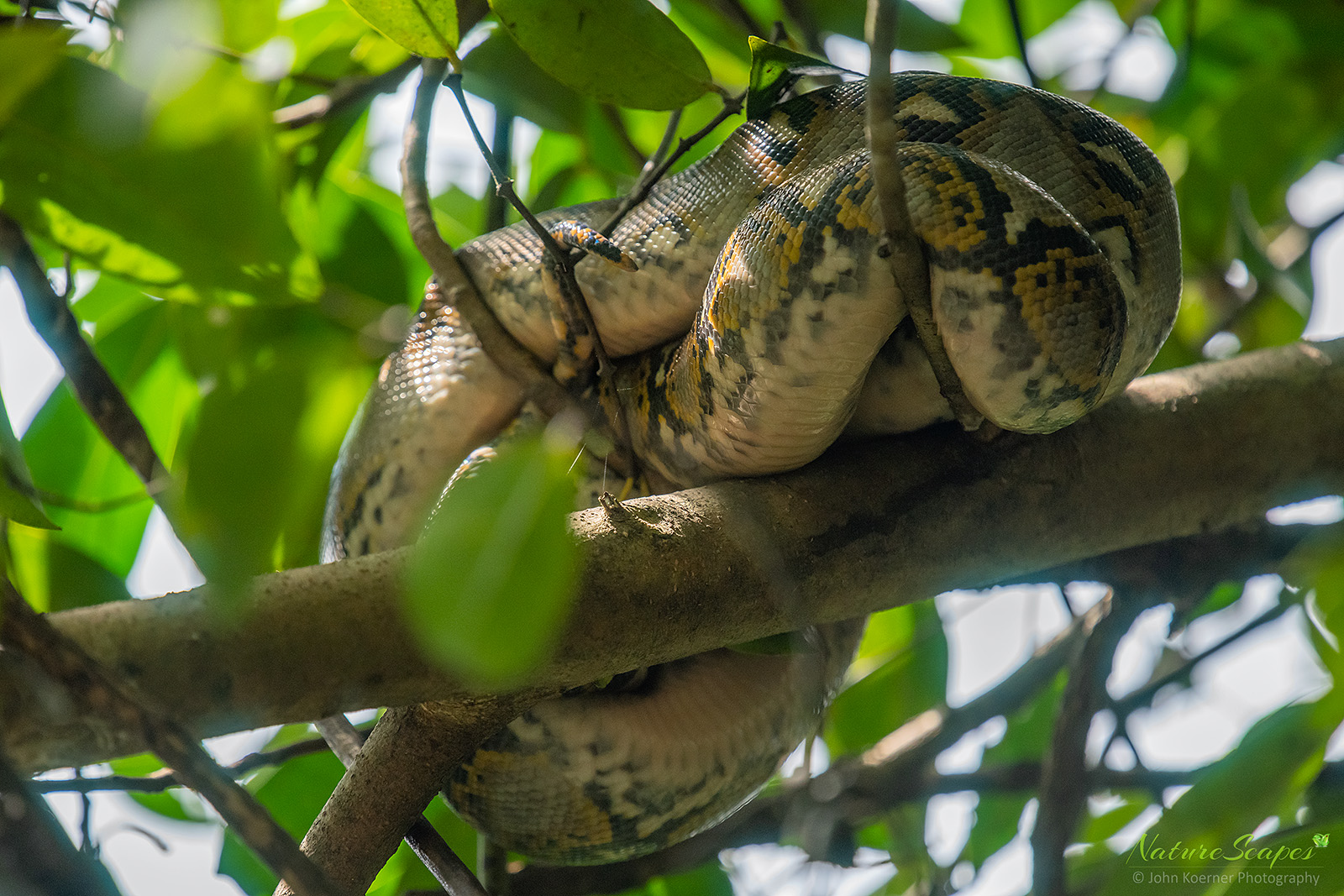
Reticulated Python (Python reticulatus) overhead of our canoe …
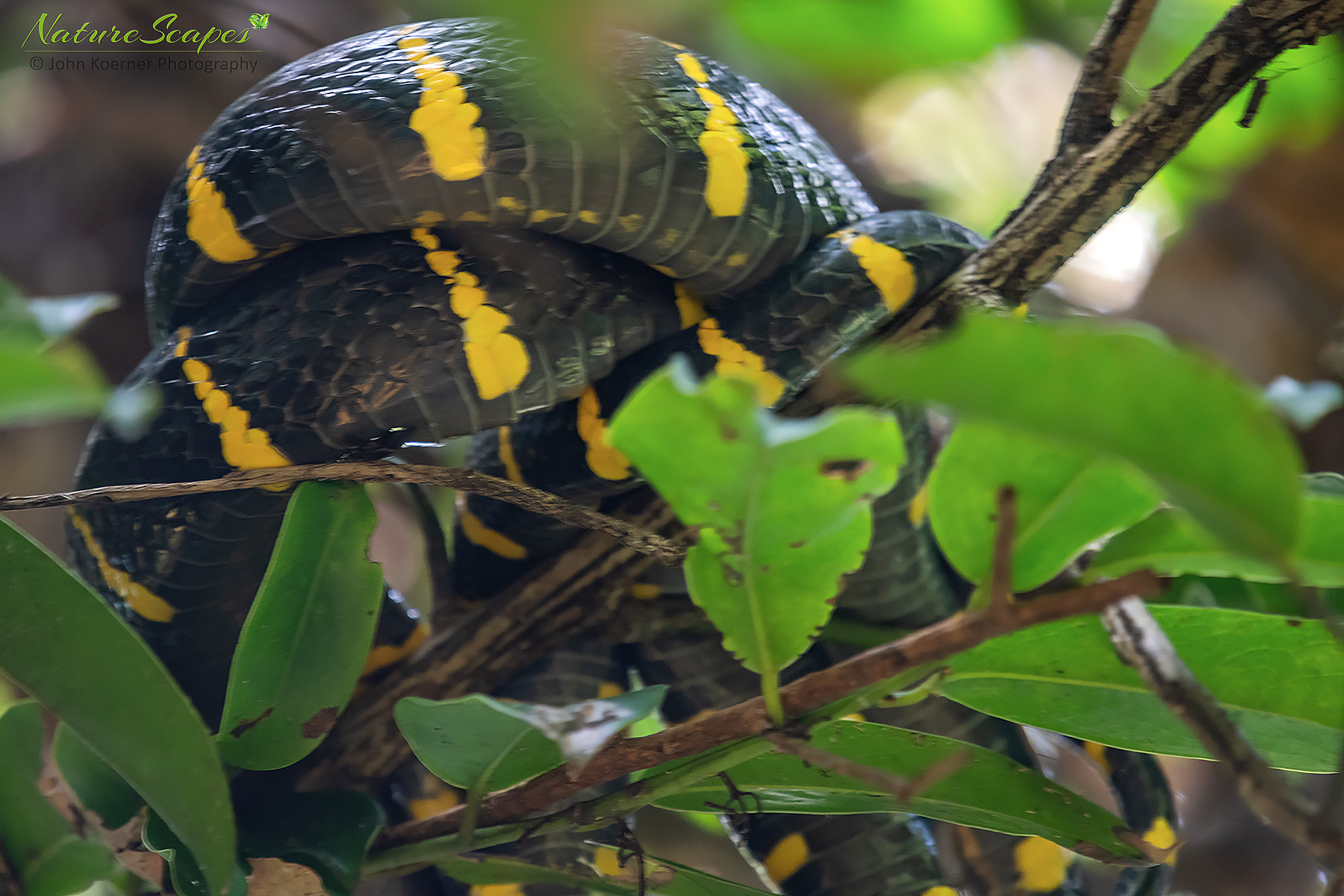
Malaysian Mangrove Snake (Boiga dendrophila), or Cat-Eyed Snake, also languishing overhead …
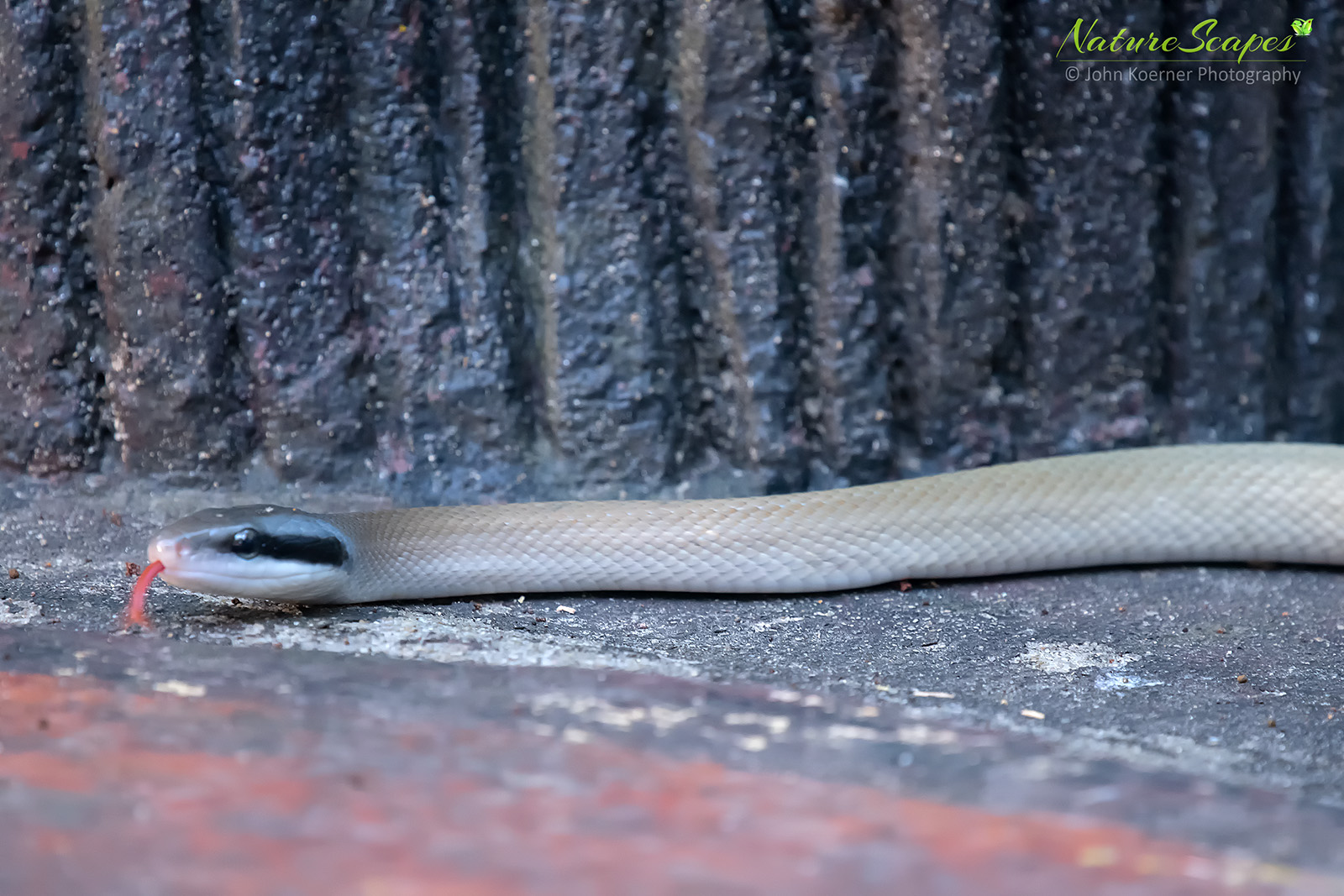
Stripe-Tailed Cave Racer (Elaphe taeniura ridleyi)
On my next visit, I plan on booking a nighttime hiking tour, where the odds of seeing more of Thailand’s ophiofauna will be much greater.
Lizards
Because most lizards are diurnal, we saw an abundance of elaborate species. It is important to remember that it was so dark in the rainforest, that many times my AF system wouldn’t work, causing me to miss many opportunities. Still, I was able to capture some magnificent specimens, such as below:
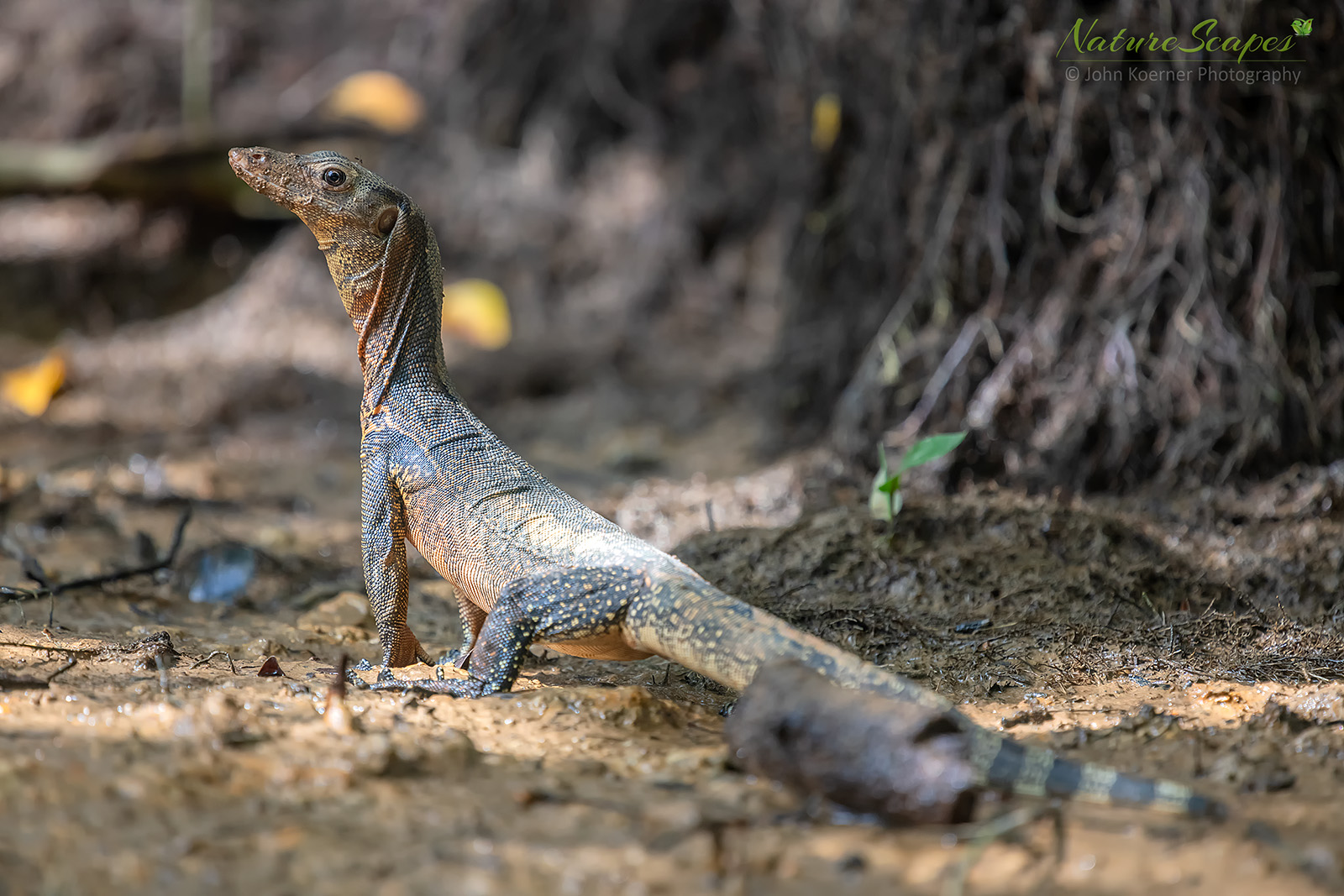
Water Monitor (Varanus salvator)
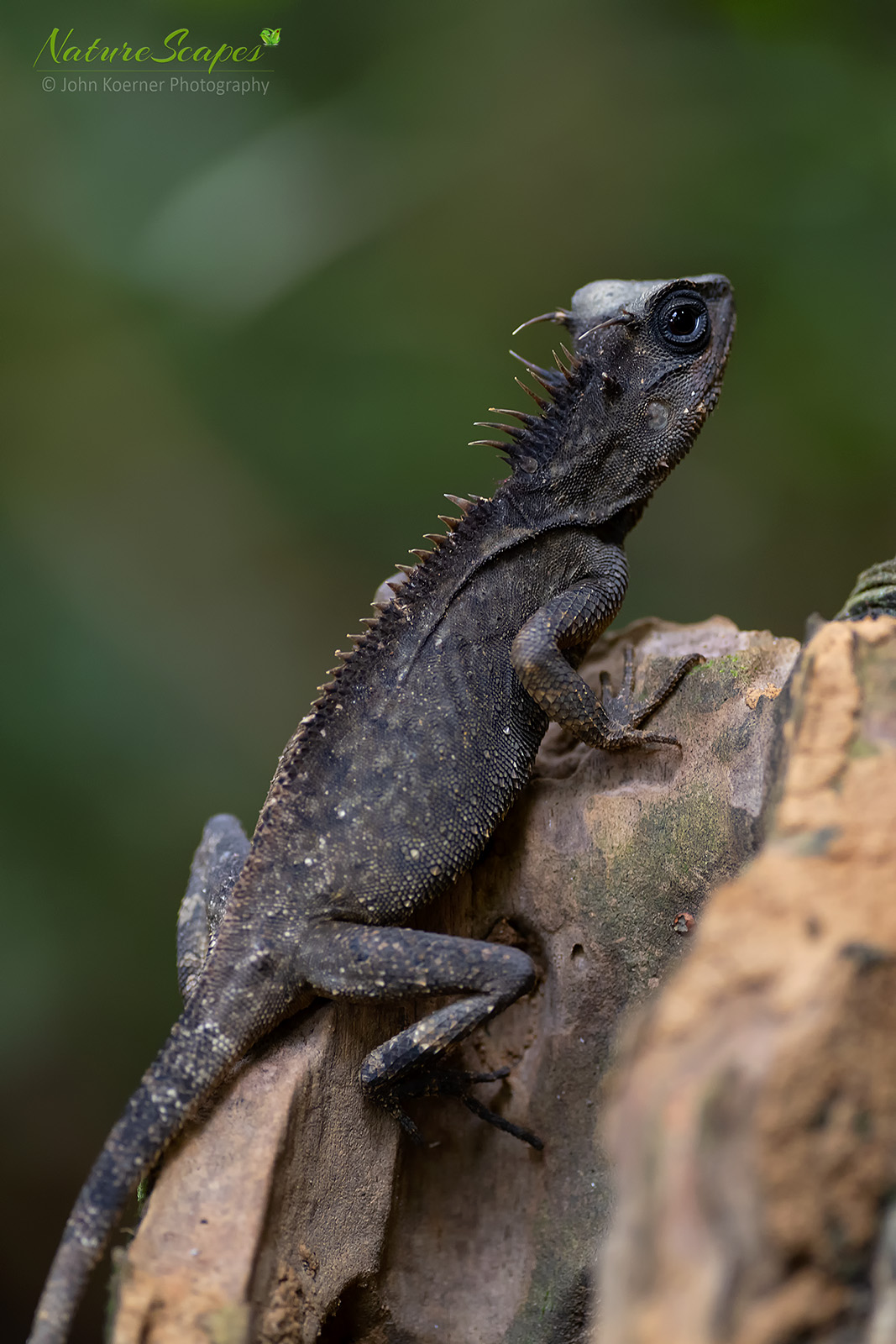
Masked Horned Tree Lizard (Acanthosaura crucigera)
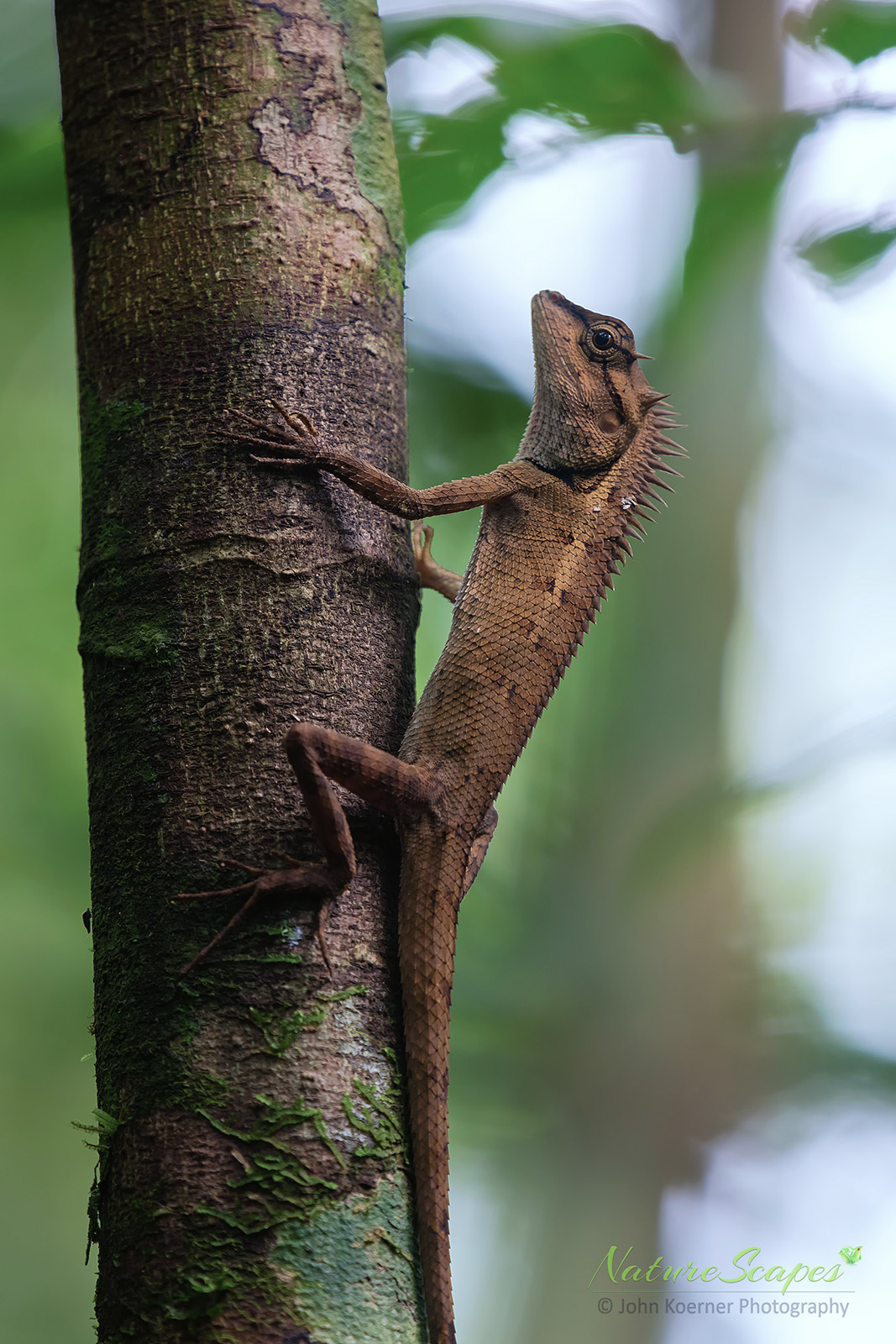
Forest Crested Lizard (Calotes emma)
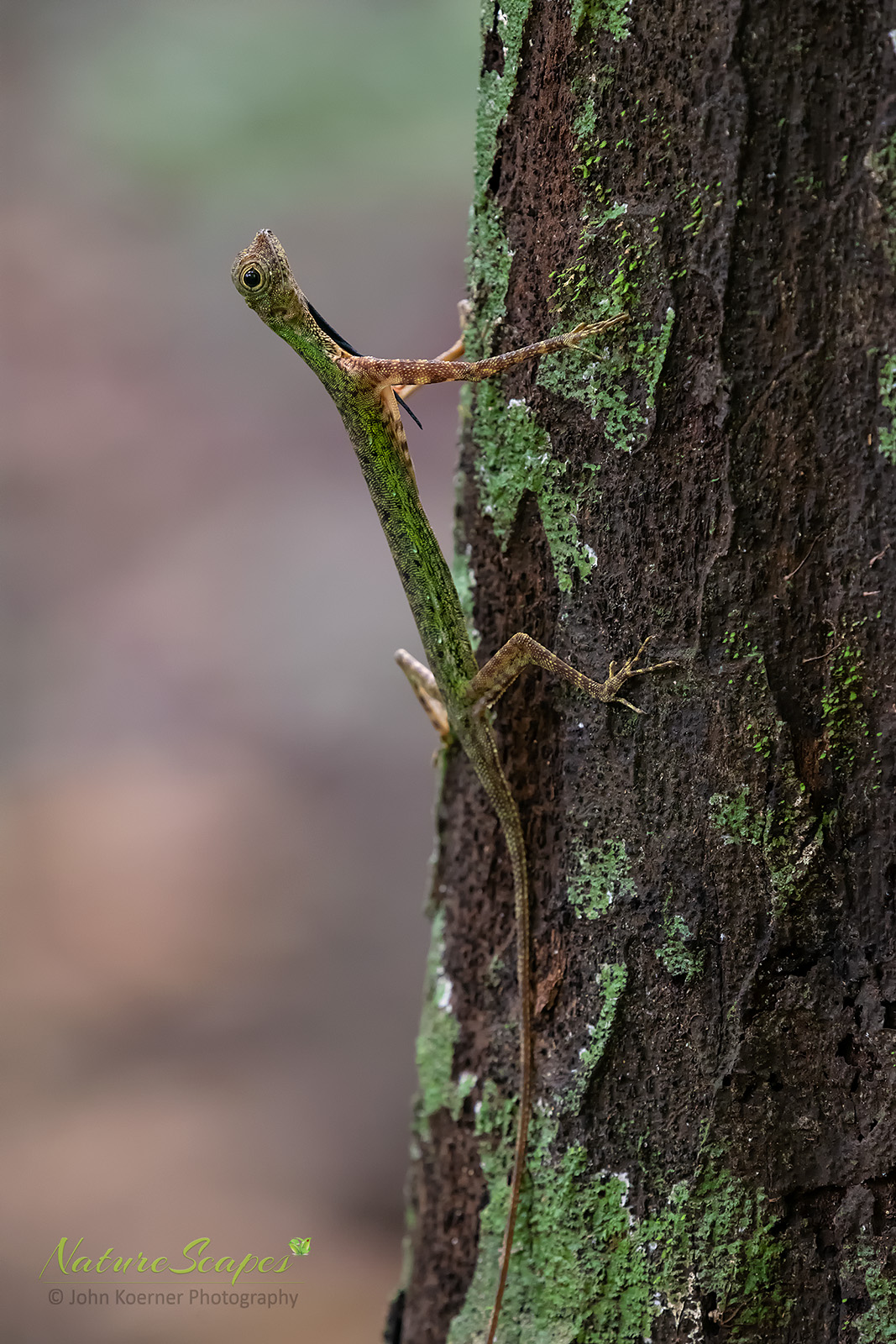
Flying Dragon (Draco sp.)

Spotted Forest Skink (Sphenomorphus maculatus)
The diversity of squama fauna was delightful, and for me the Flying Dragons were the highlight. Next time I visit, I am definitely bringing faster glass.
Arthropods
Of course, there was no shortage of insects, spiders, and other arthropods … literally too many to count. With over 6,500 images taken during my stay, it is difficult to choose which ones to display here, so I hope you enjoy the selected examples:
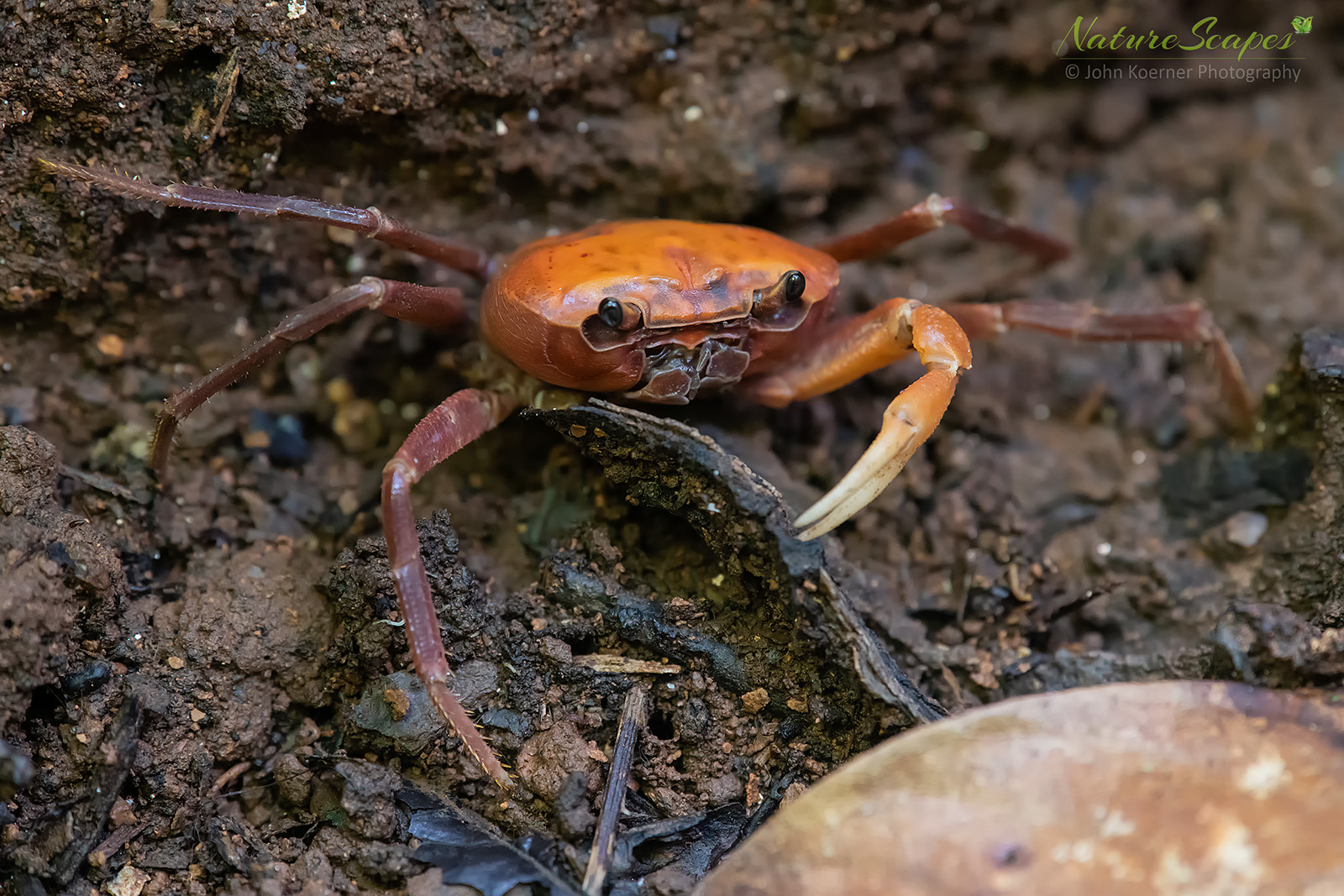
Red Land Crab (Phricotelphusa limula)
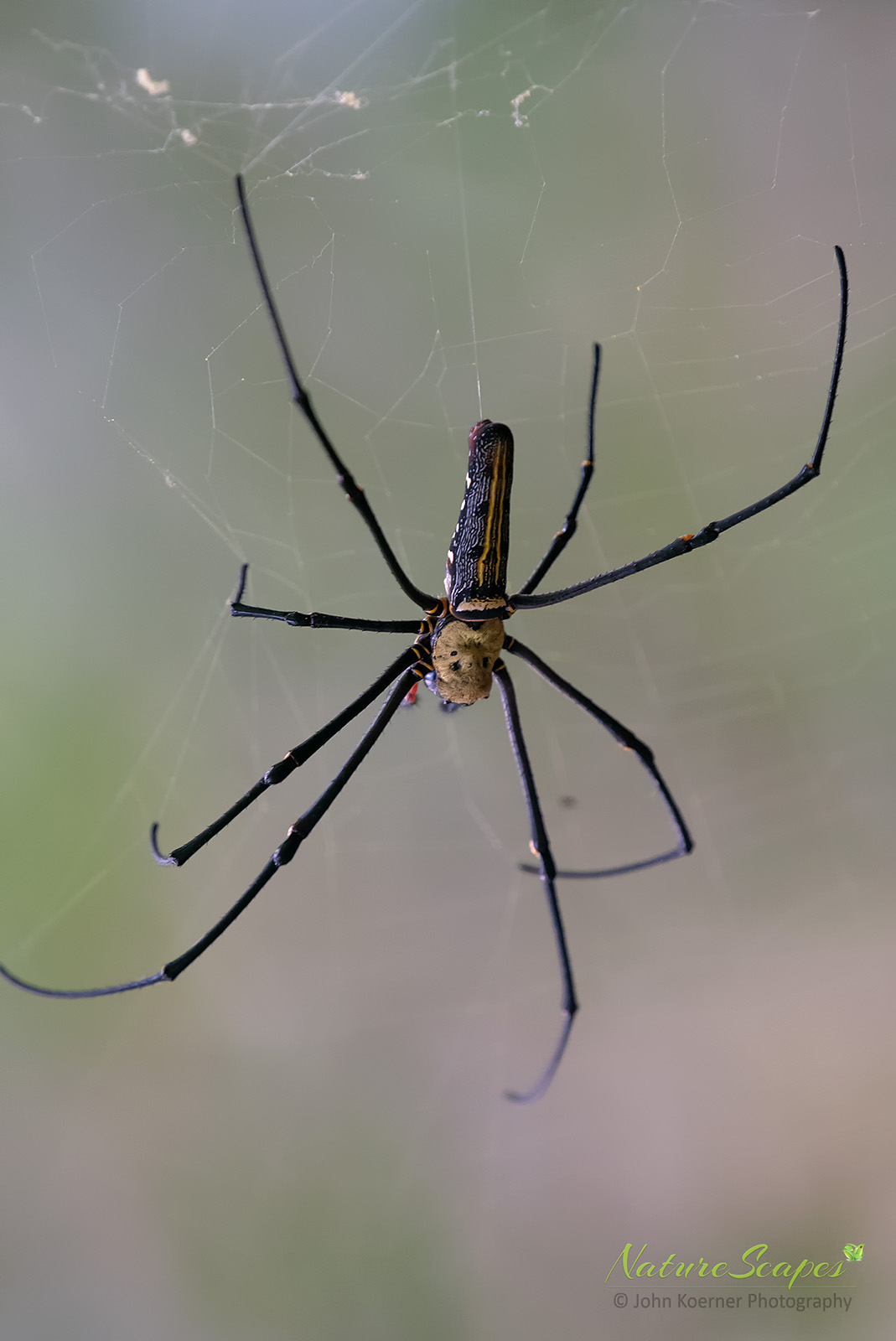
Golden Silk Spider (Nephila pilipes)
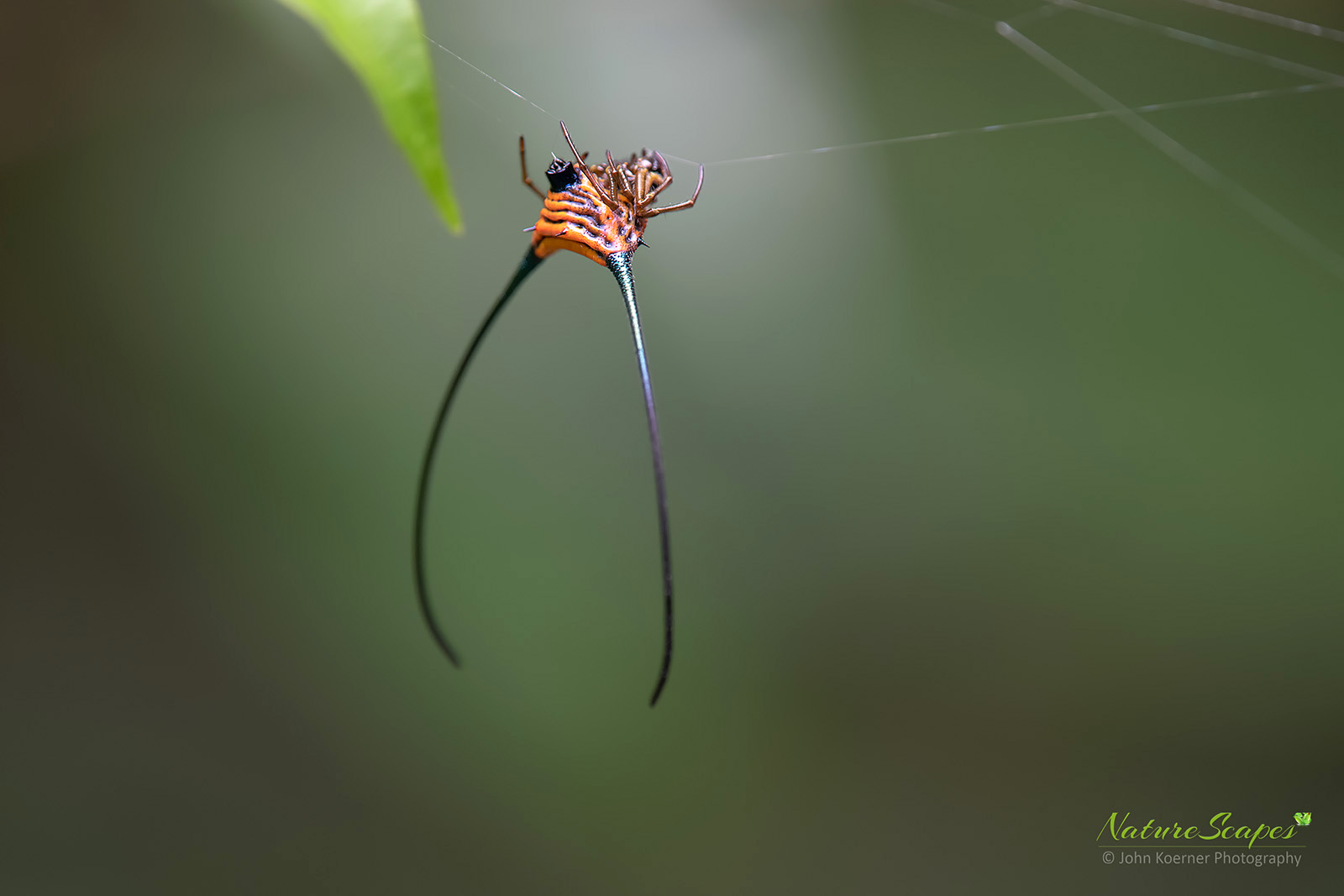
Buffalo Spider (Gasteracantha sp.)
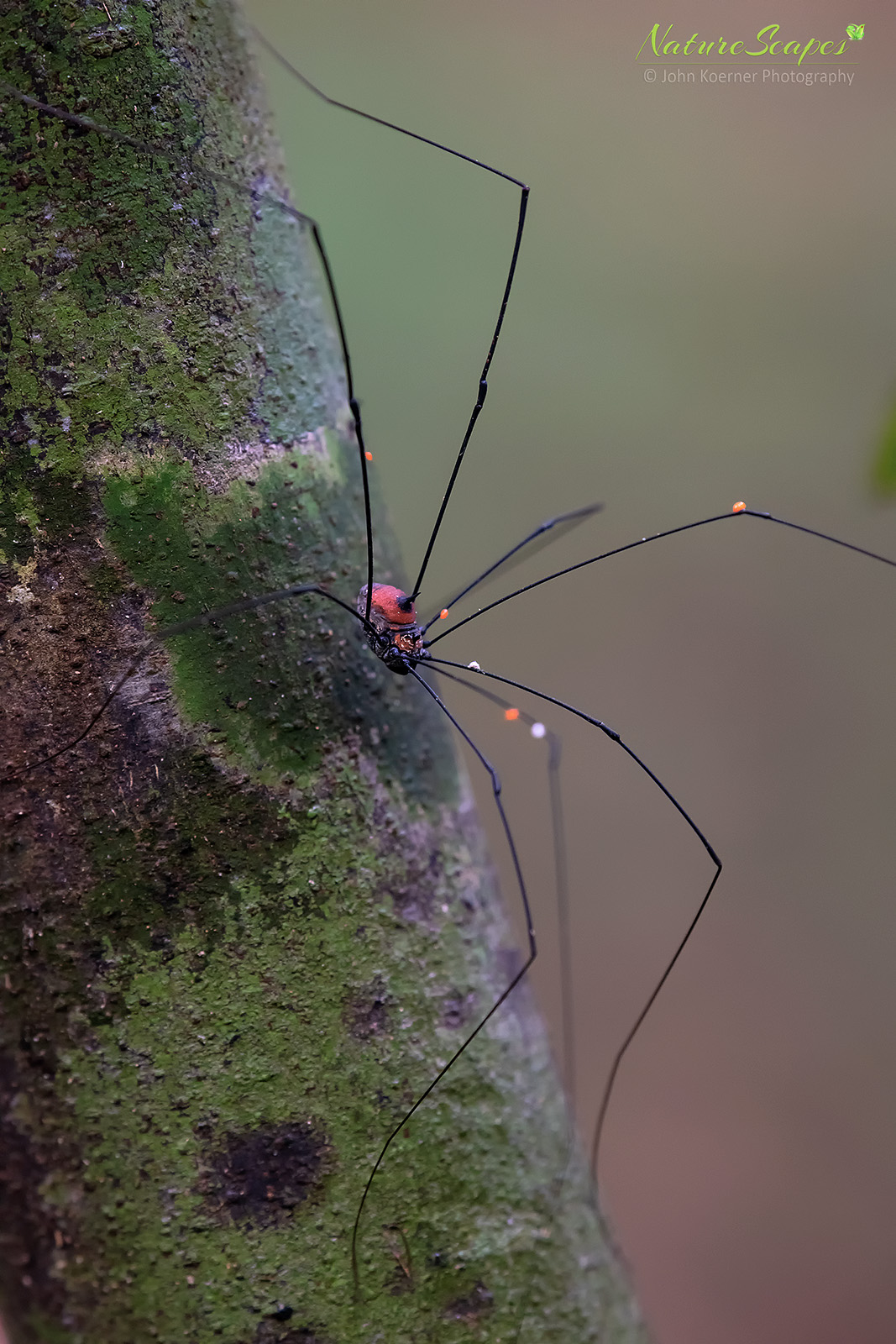
Harvestman Spider (Opiliones sp.)
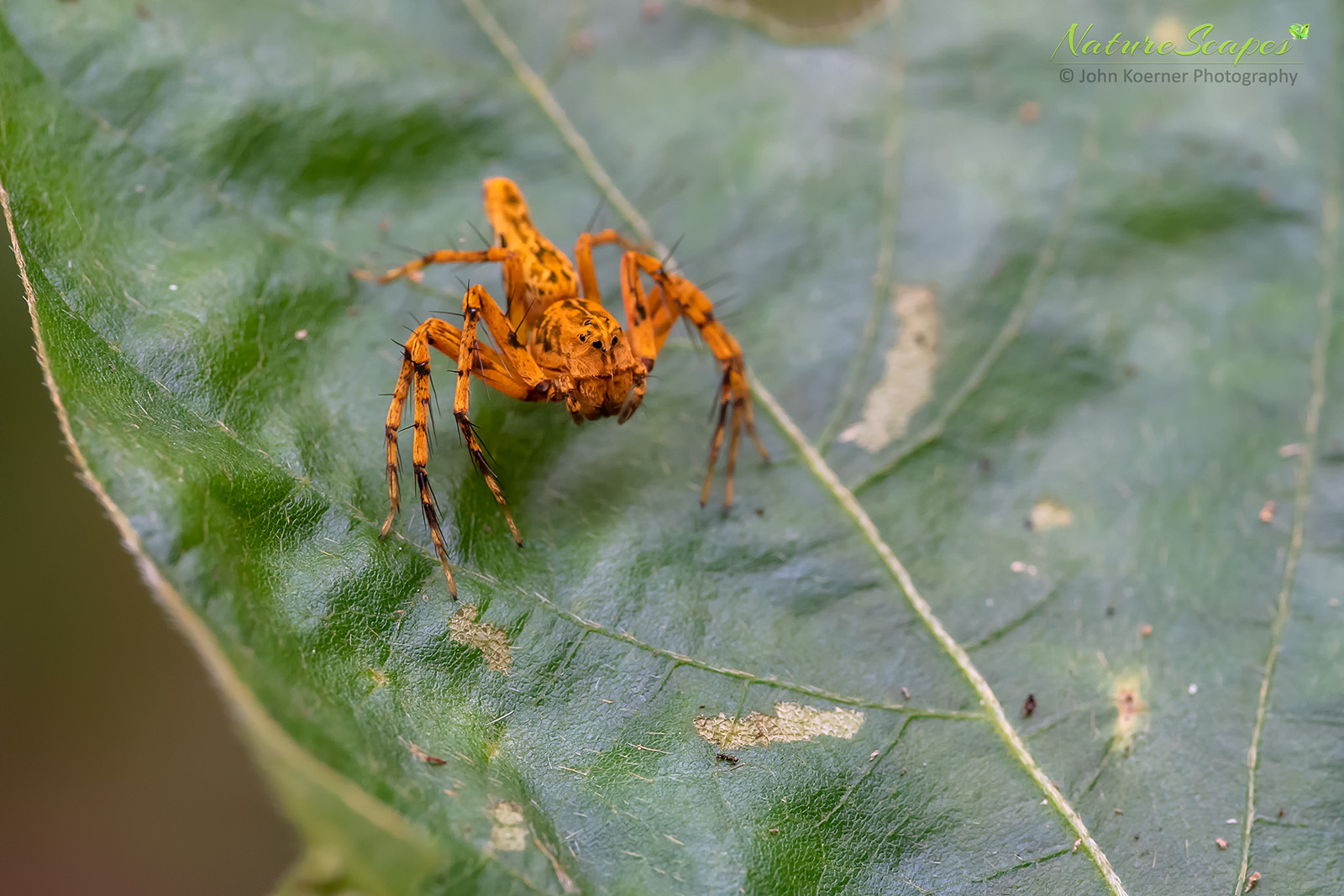
Golden Lynx (Hamadruas sp.)
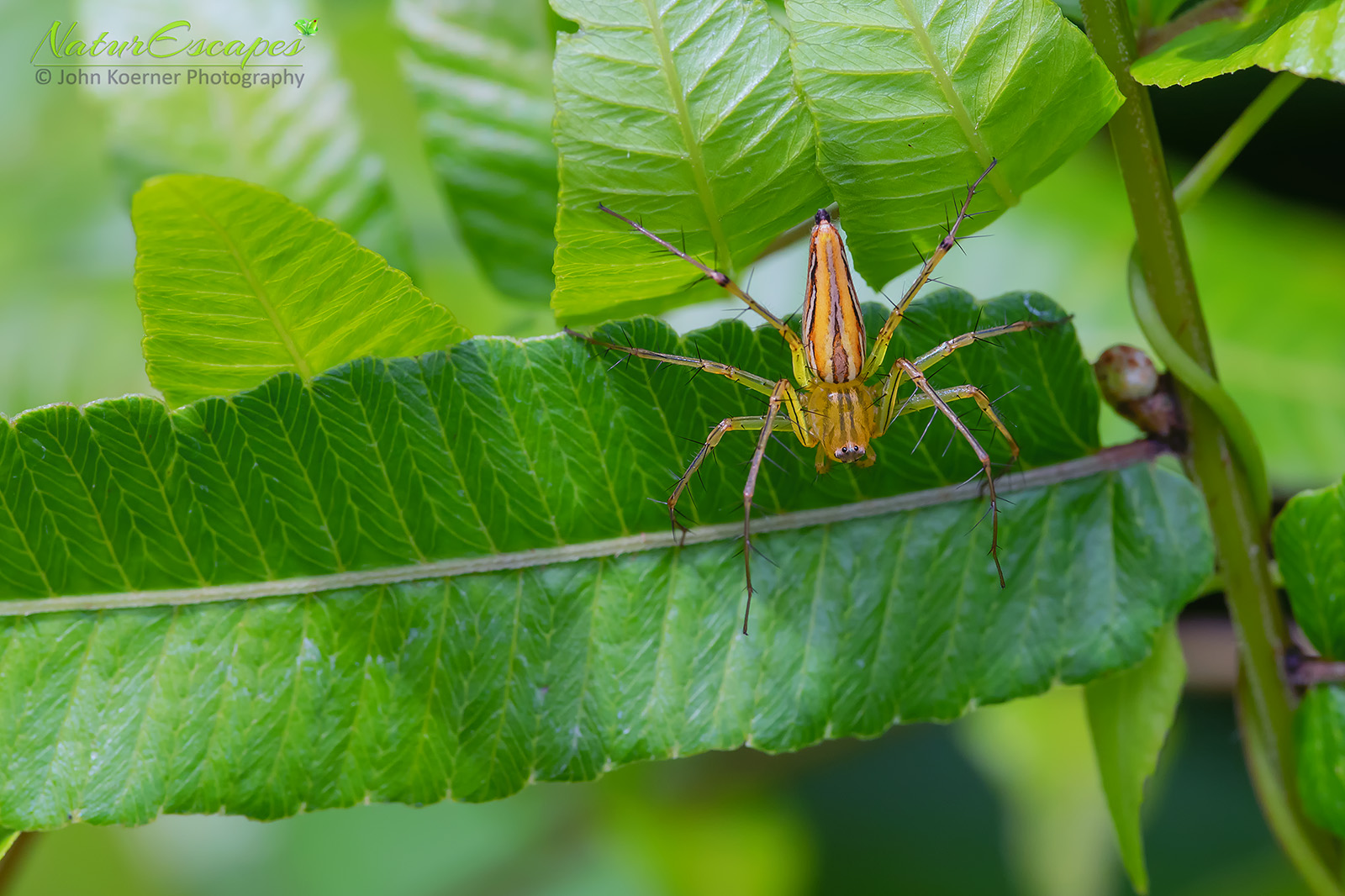
Java Lynx Spider (Oxyopes javanus)
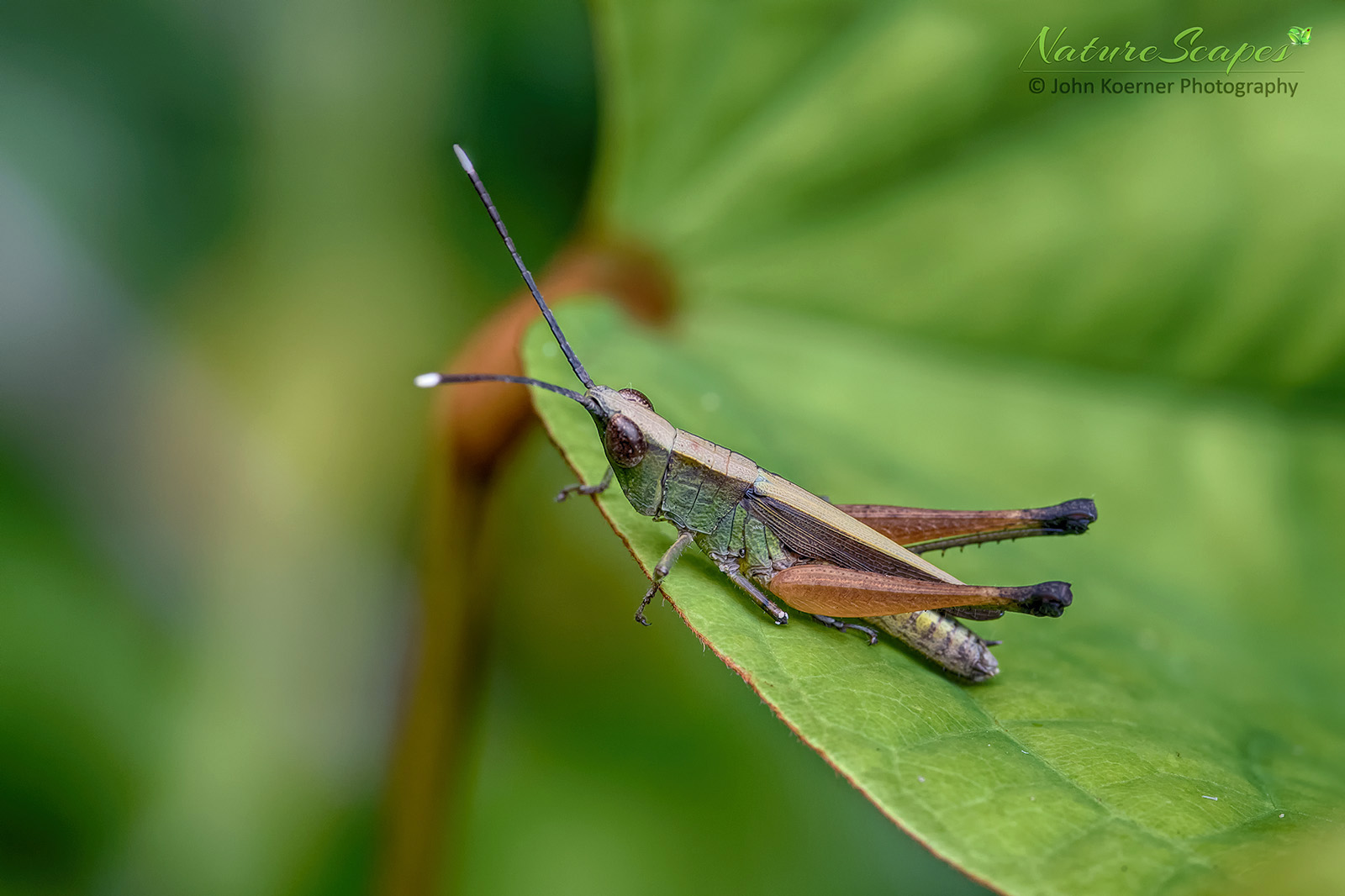
Slant-Faced Grasshopper (Phlaeoba sp.)
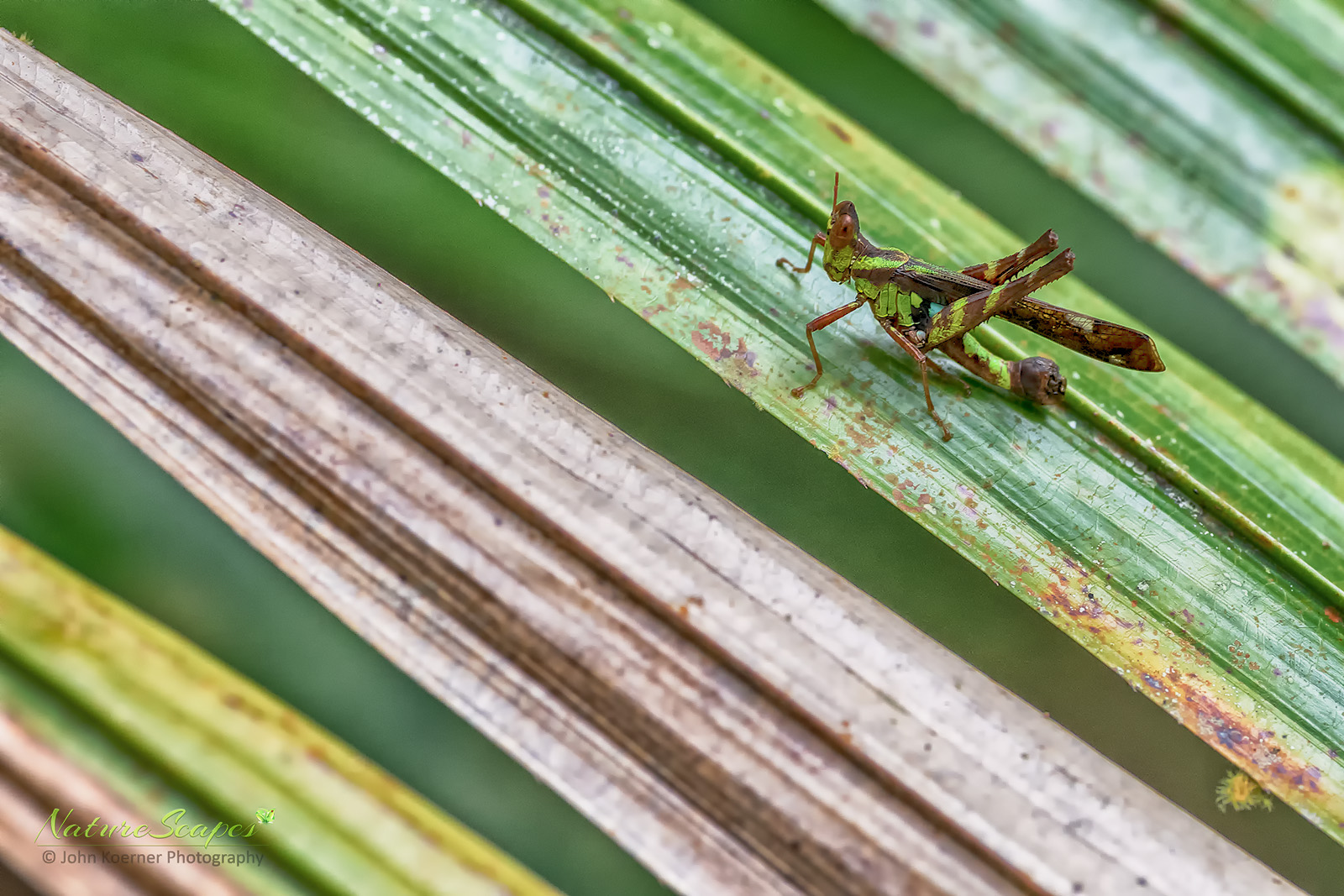
Conjoined Spot Monkey Grasshopper (Erianthus serratus)

Forest Skimmer (Neurothemis fulvia)
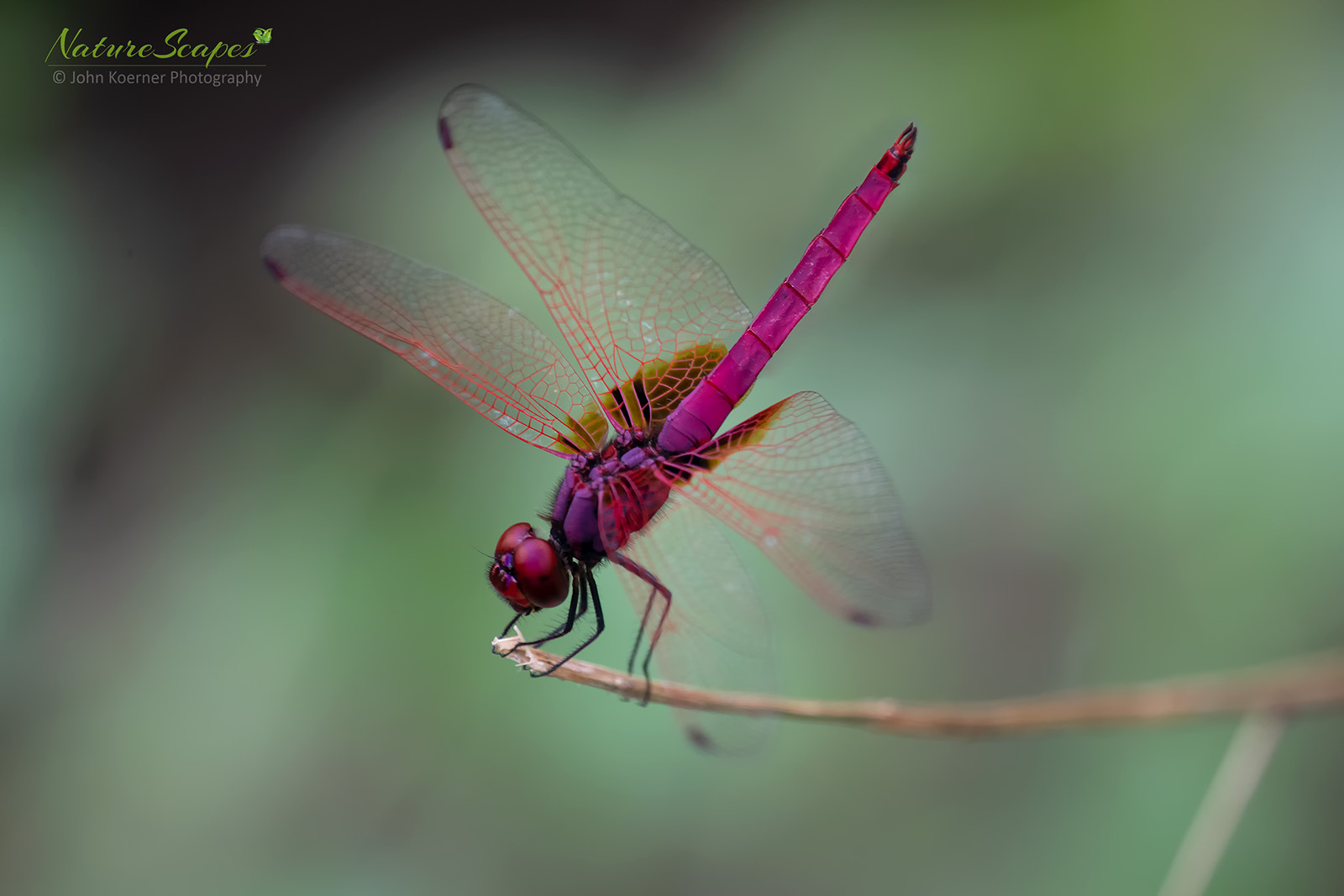
Crimson-Tailed Marsh Hawk (Orthetrum pruinosum)

Chalky Percher (Diplacodes trivialis)
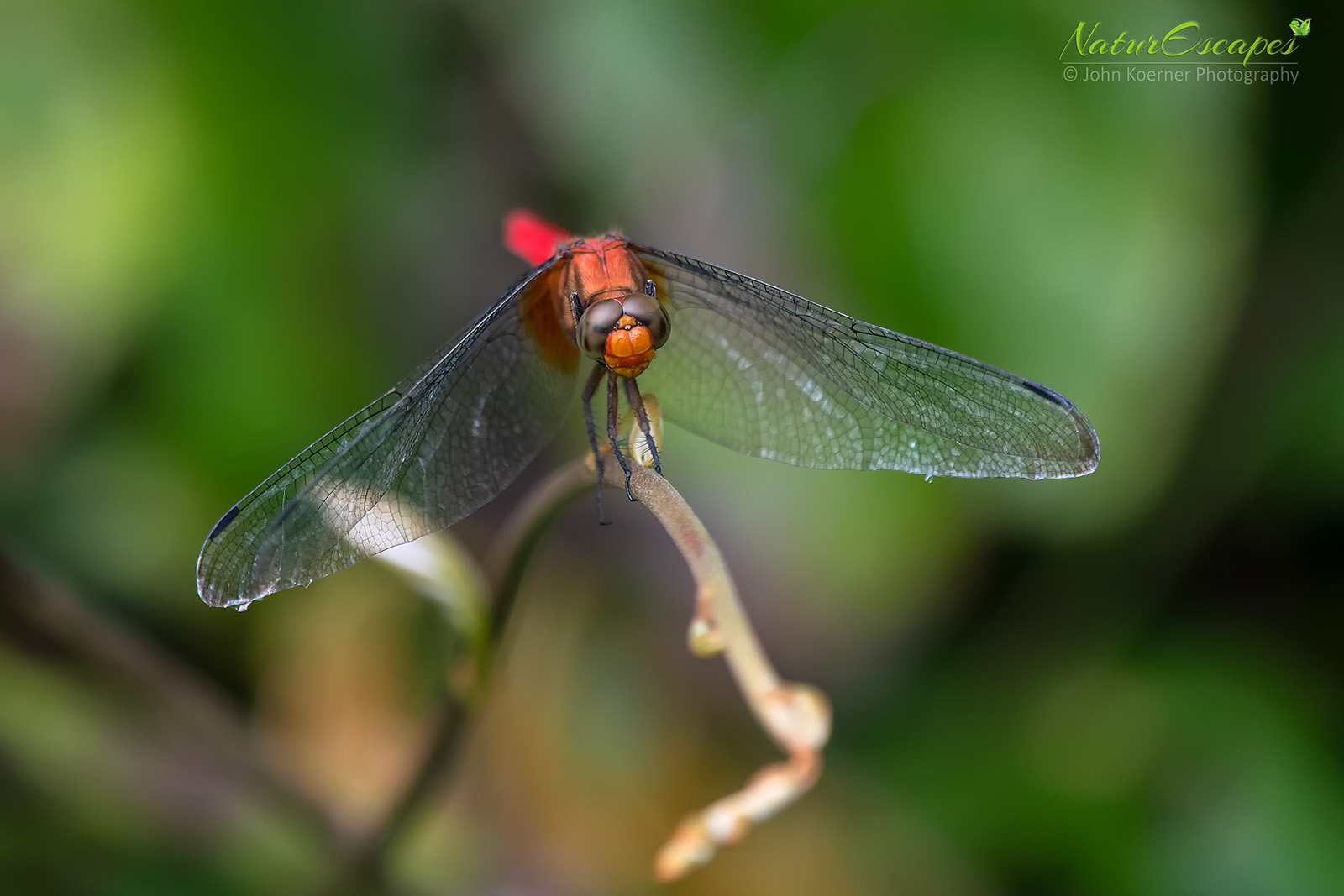
Spine-Tufted Skimmer (Orthetrum chrysis)
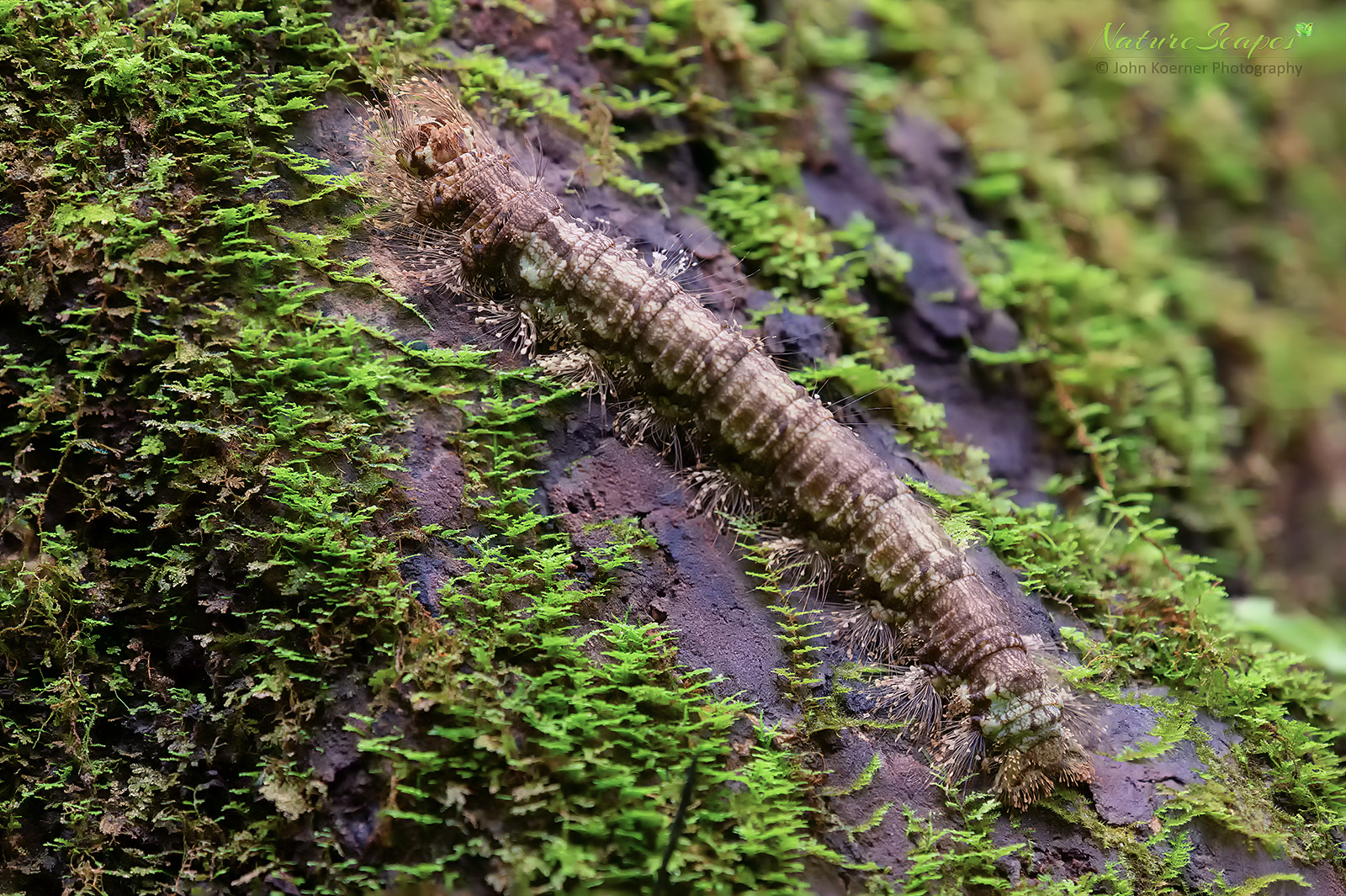
Unknown, Fuzzy Caterpillar
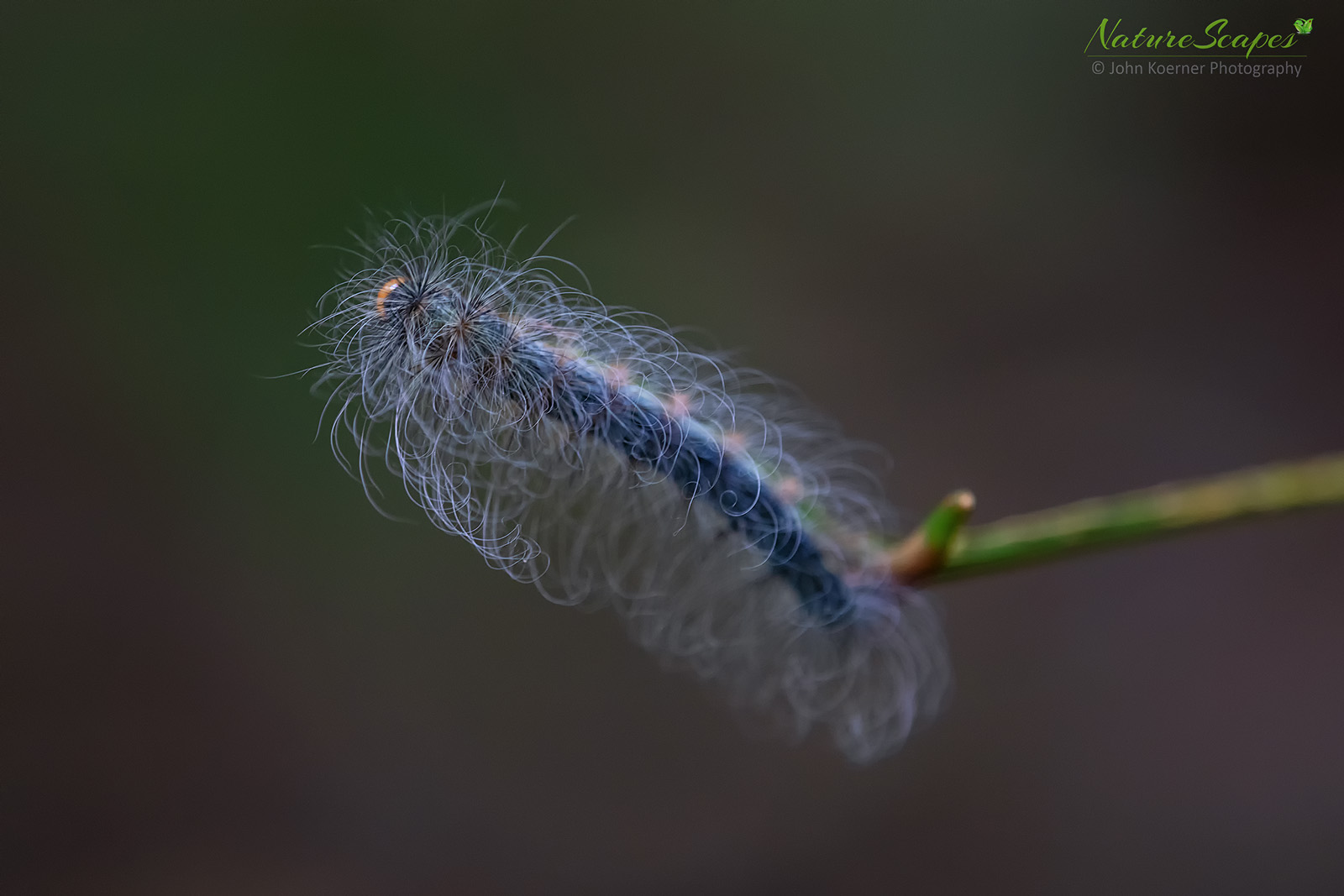
Unk. Caterpillar
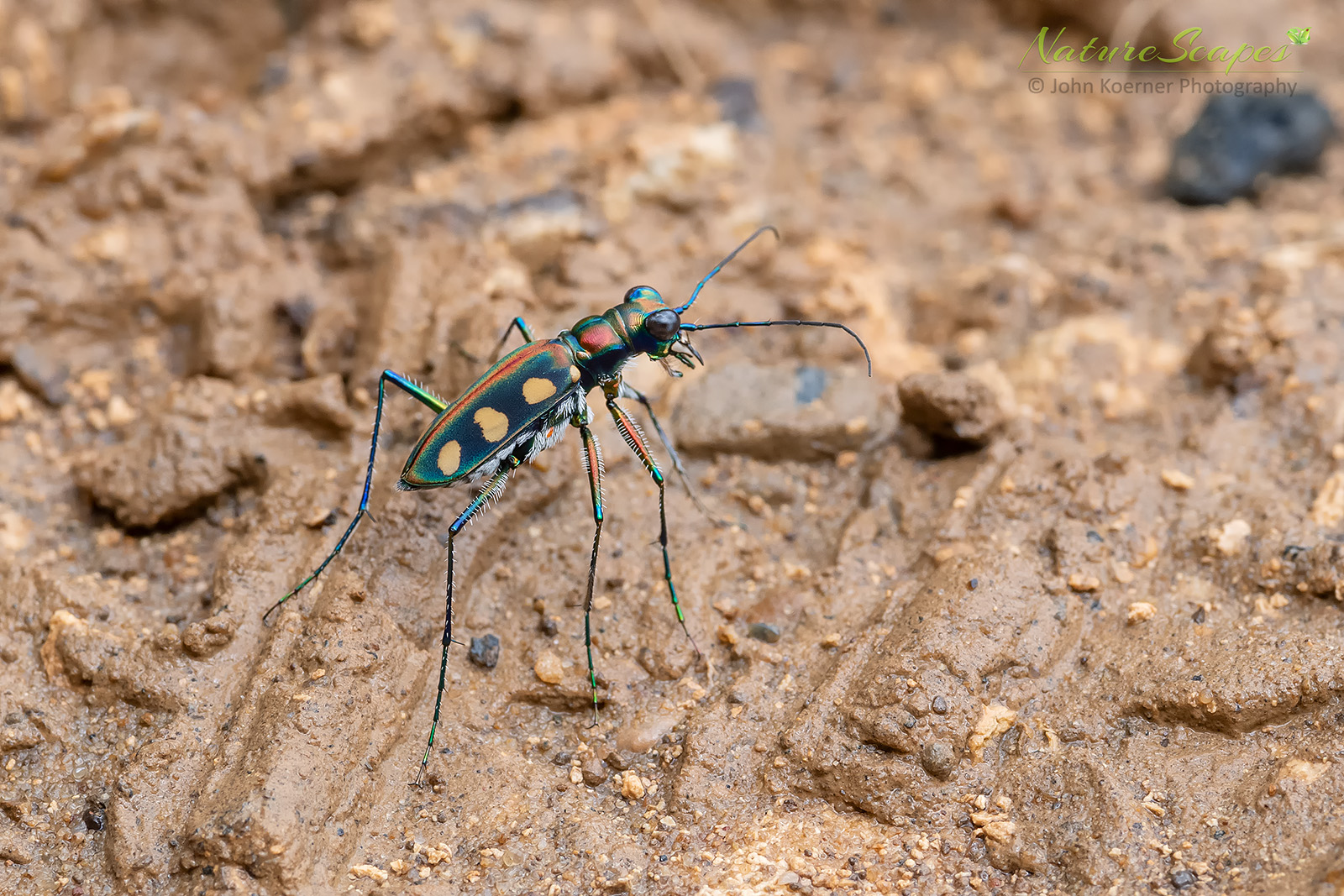
Golden-Spotted Tiger Beetle (Cicindela aurulenta)
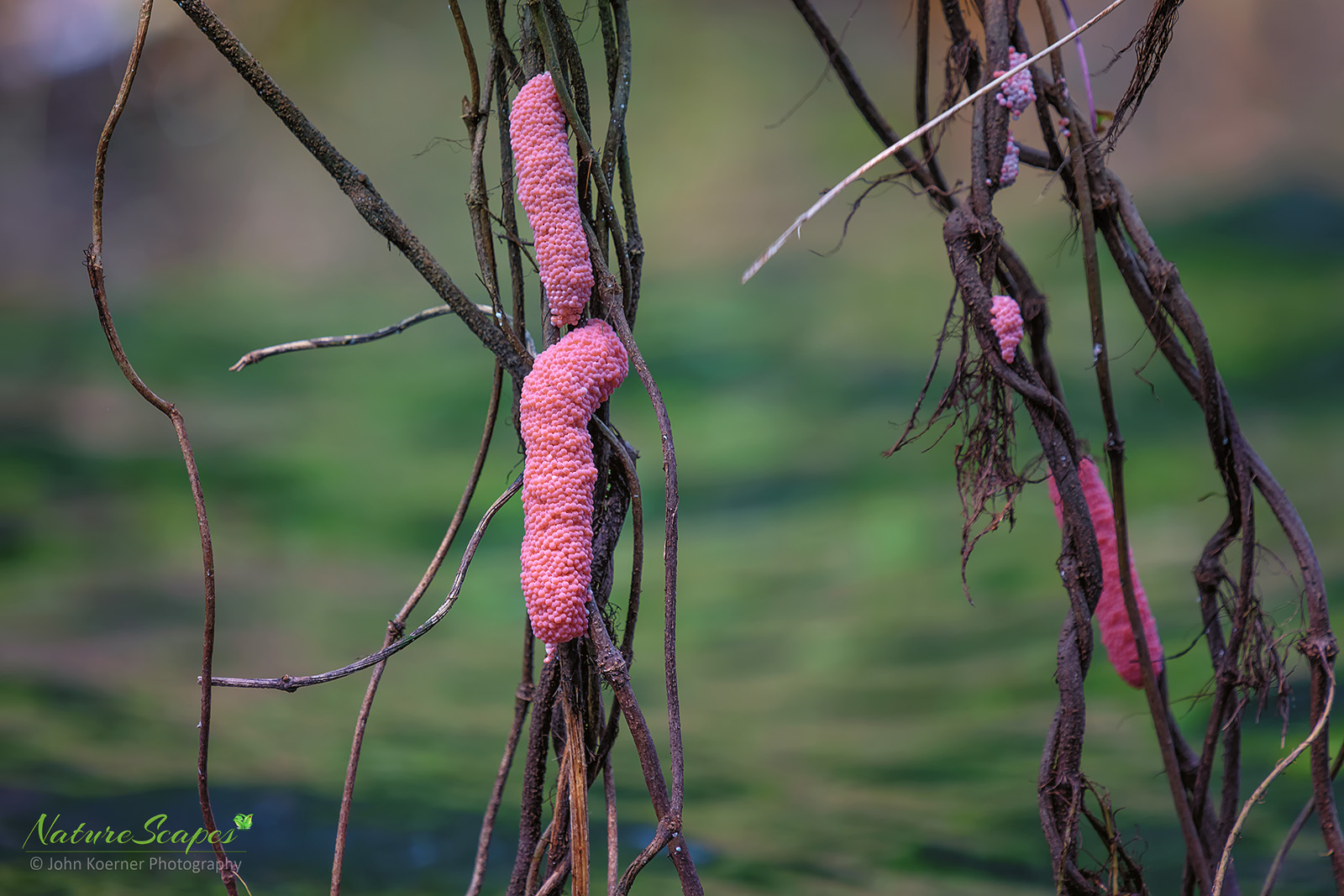
Eggs laid by the Golden Apple Snail (Pomacea canaliculata), just above the surface of the water.
Immersive is the only way to describe the incredible diversity of arthropod and other “micro”-fauna in Thailand. A person could, quite literally, spend every hour of every day enjoying macro photography in Thailand.
Butterflies
As if that wasn’t enough arthropods, it is now time for butterflies. Of course, they’re arthropods too, but (photographically-speaking) they really do comprise their own genre, so to speak. In fact, it was a love of butterflies that first got me into photography 🙂 Since no trip to Thailand would be complete without showcasing some of their incredible butterflies, I hope you enjoy the selection:
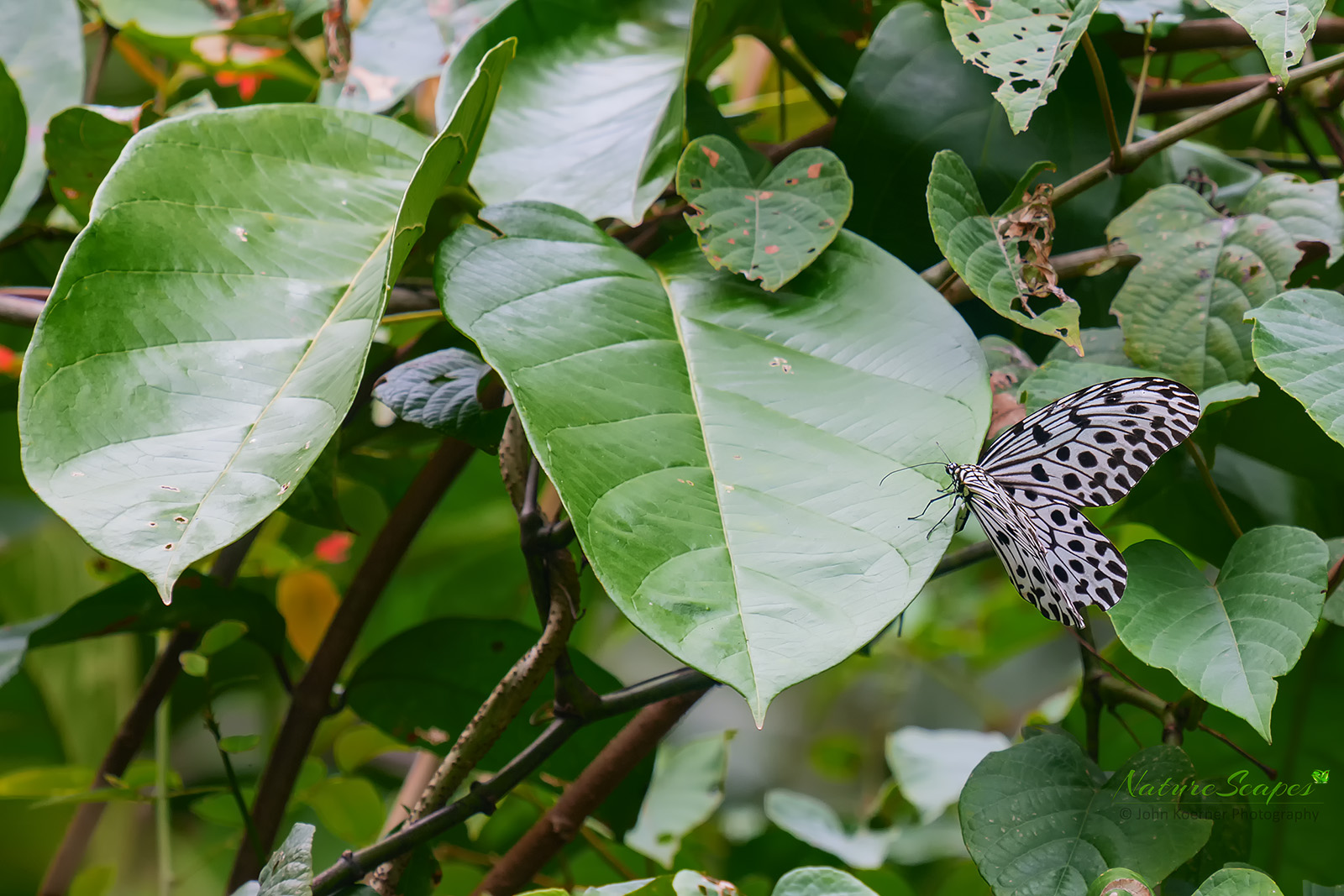
Malayan Tree Nymph (Idea hypermenestra), laying eggs
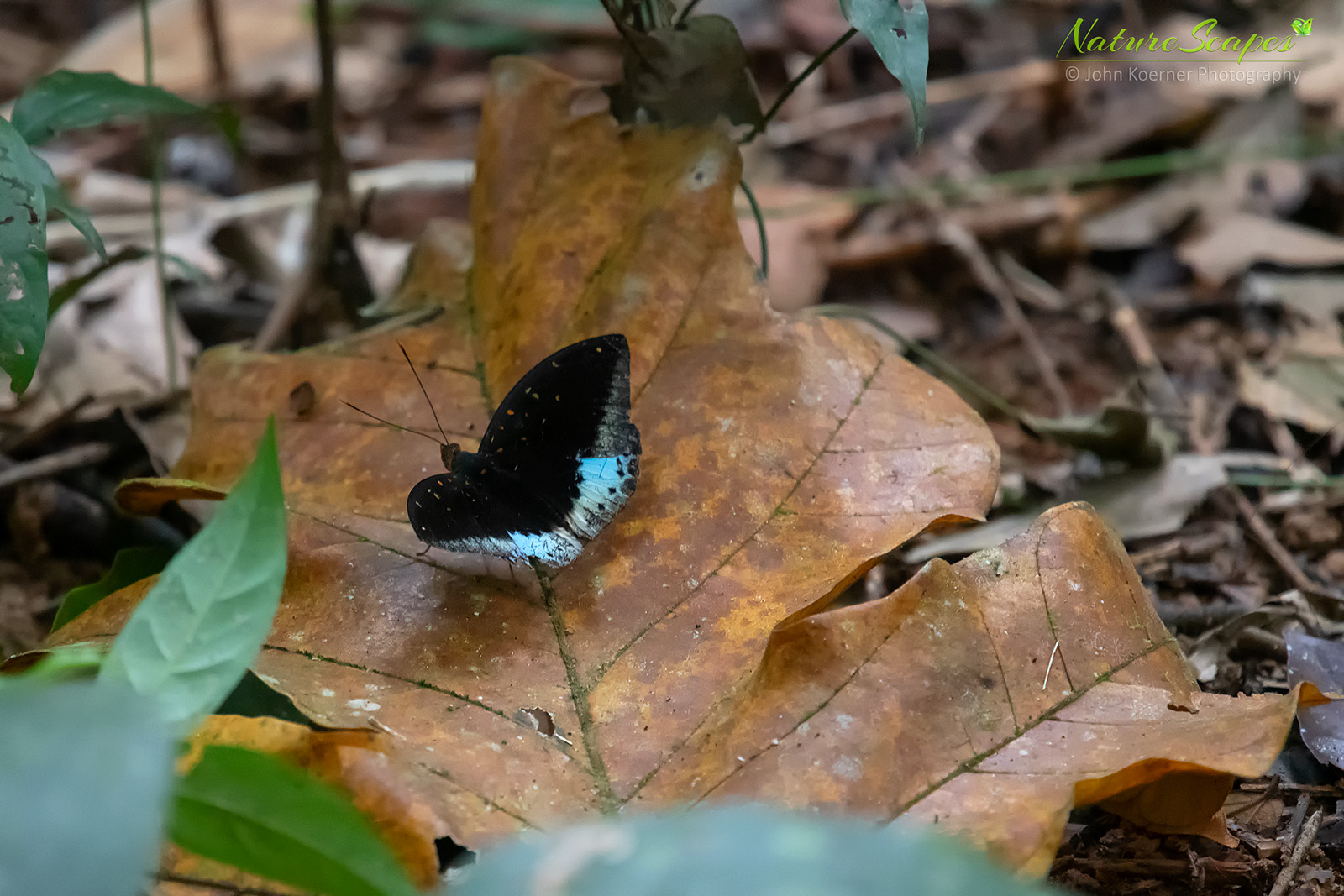
Common Archduke (Lexias Pardalis)
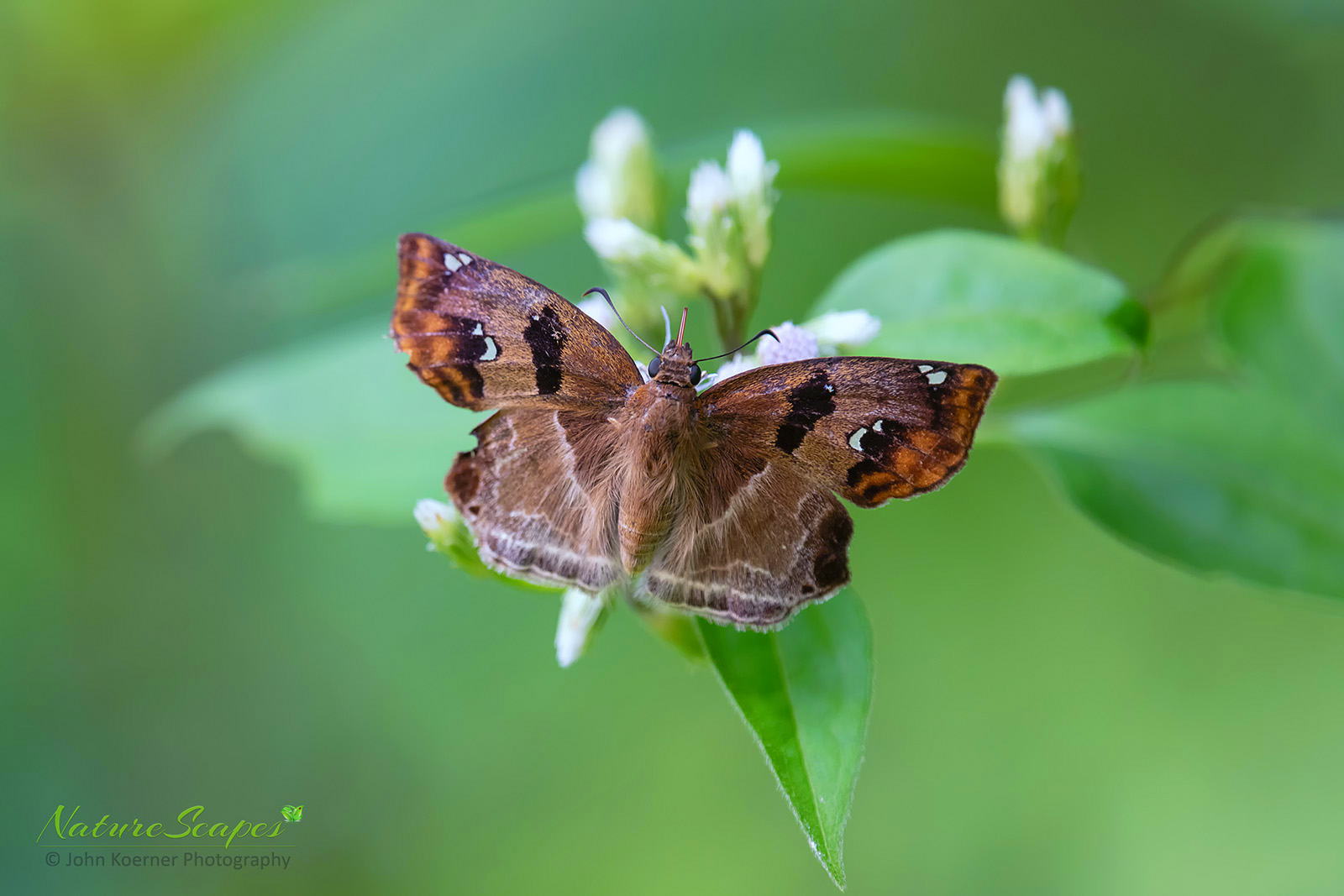
Chestnut Angle (Odontoptilum angulatum)
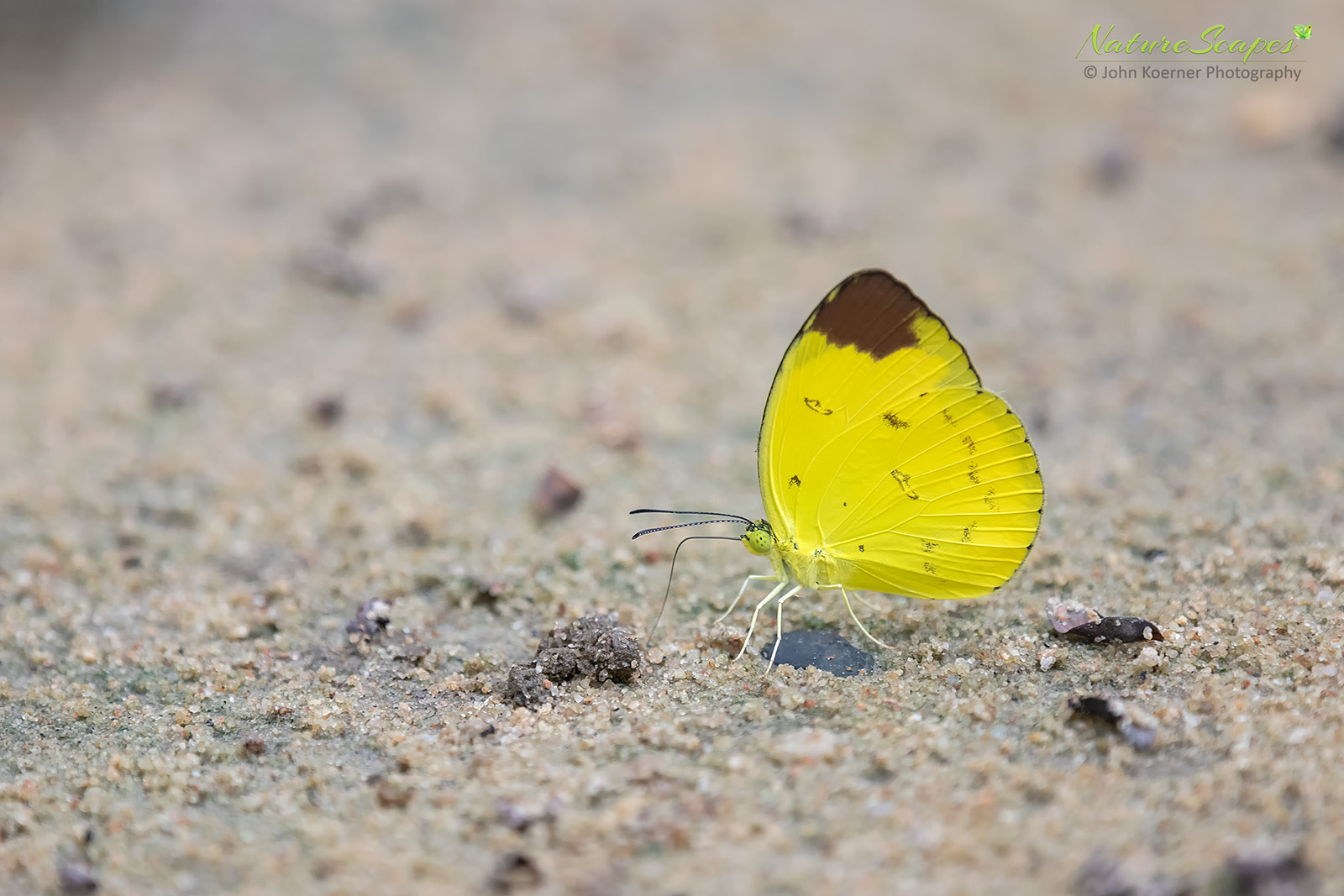
Chocolate Grass Yellow (Eurema sari sodalis)
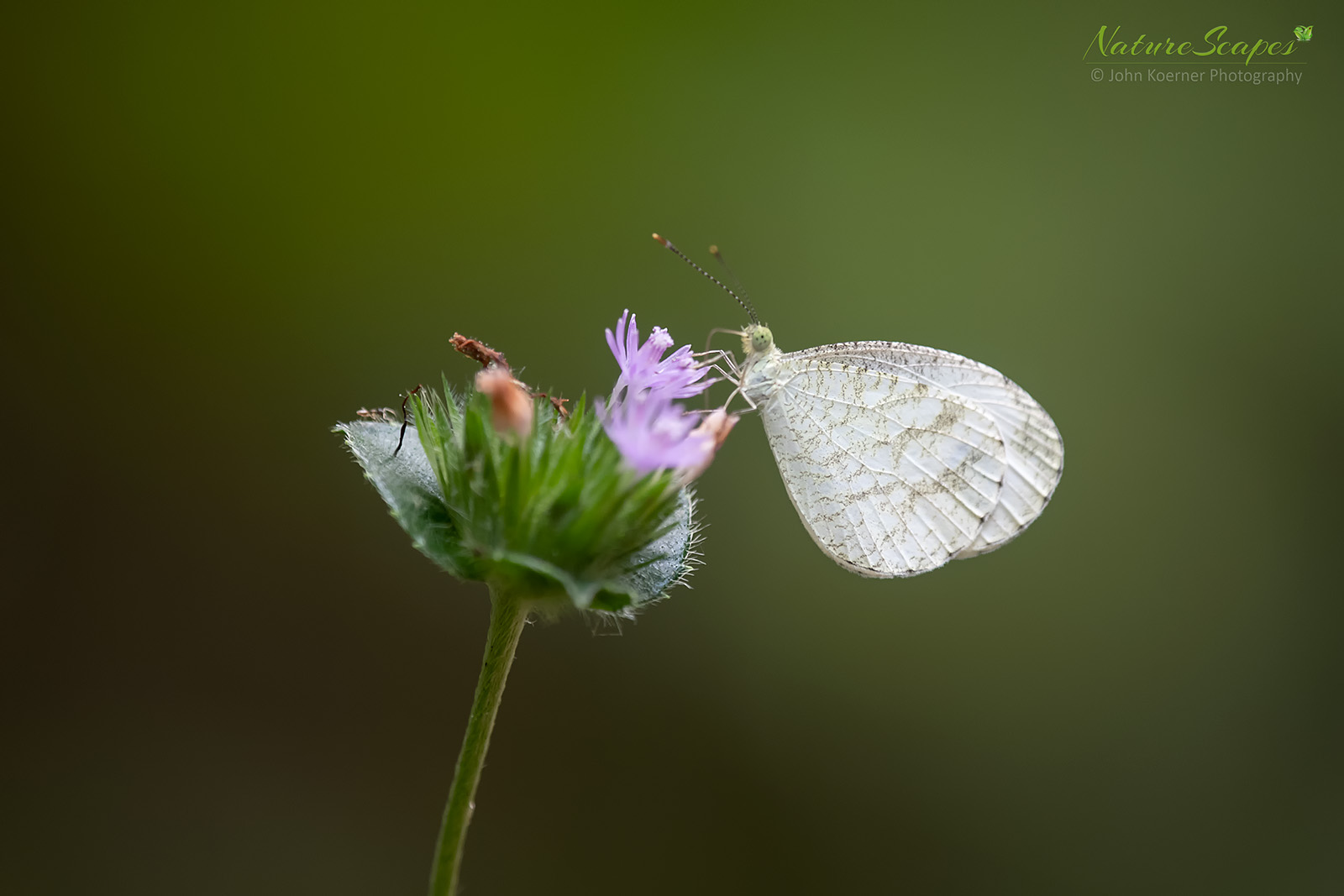
The Psyche (Leptosia nina)

Indo-Chinese Straight Pierrot (Caleta roxus roxana)

Ciliate Blue (Anthene emolus)
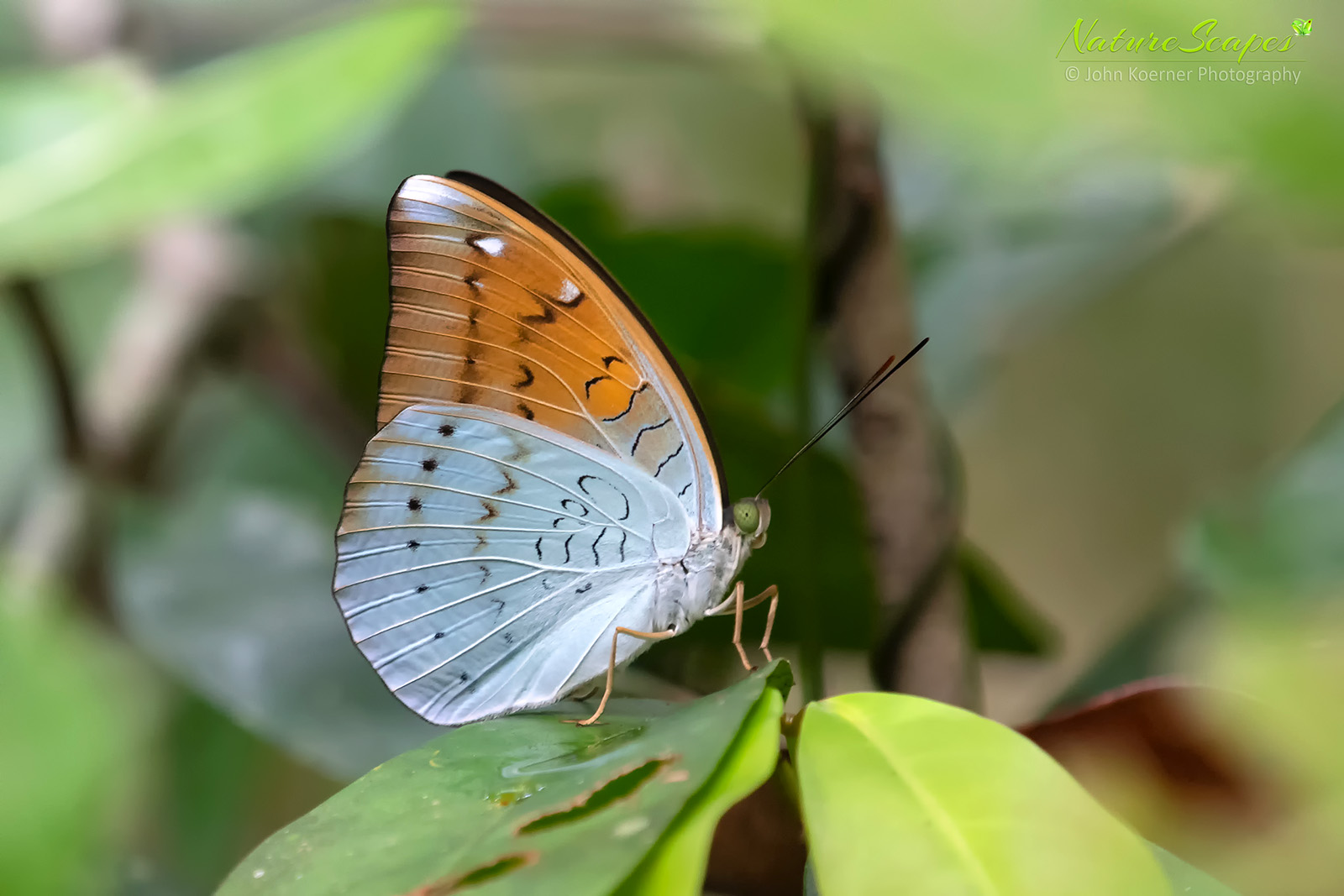
Plain Earl (Tanaecia jahnu)
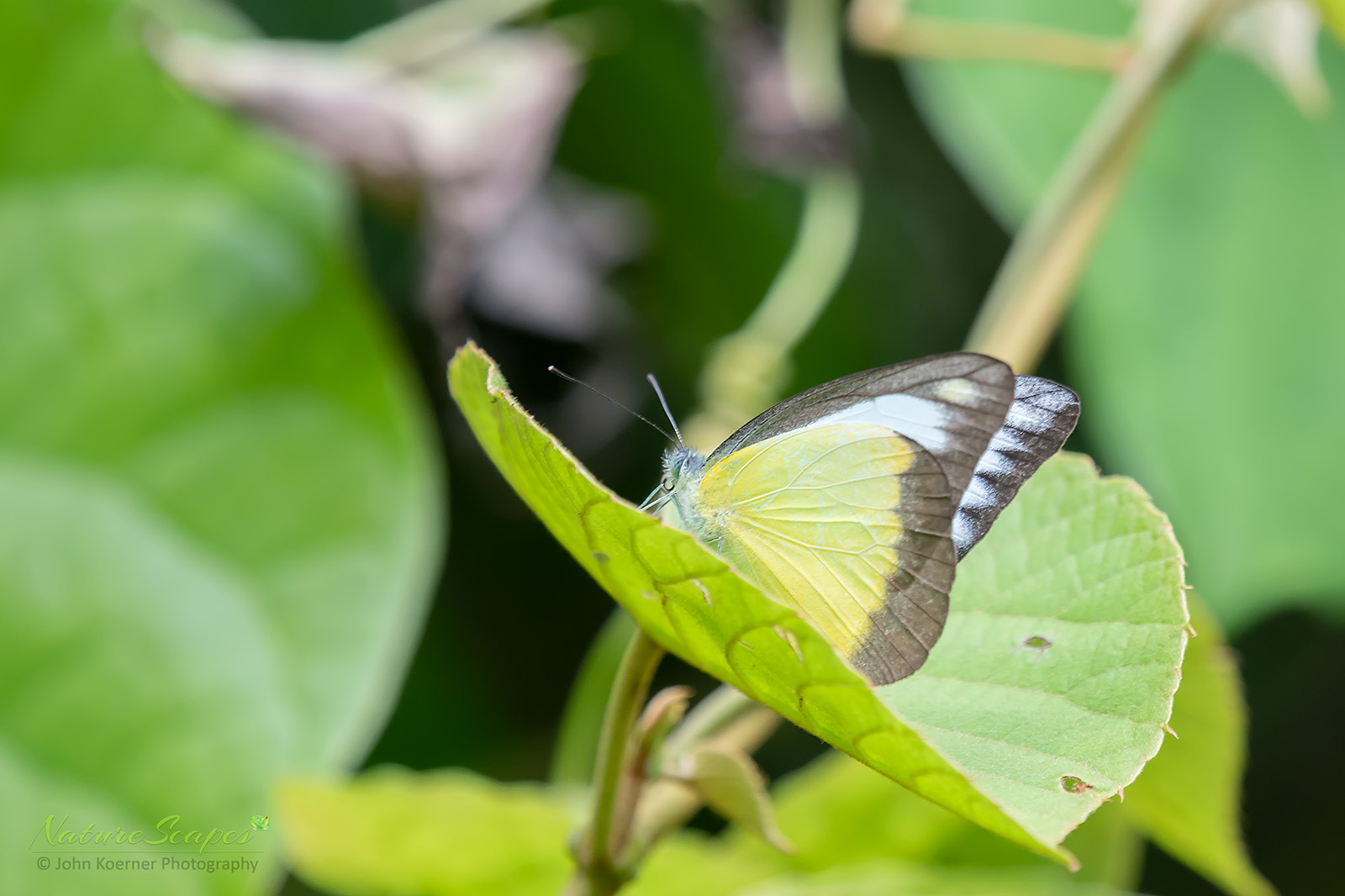
Chocolate Albatross (Appias lyncida)
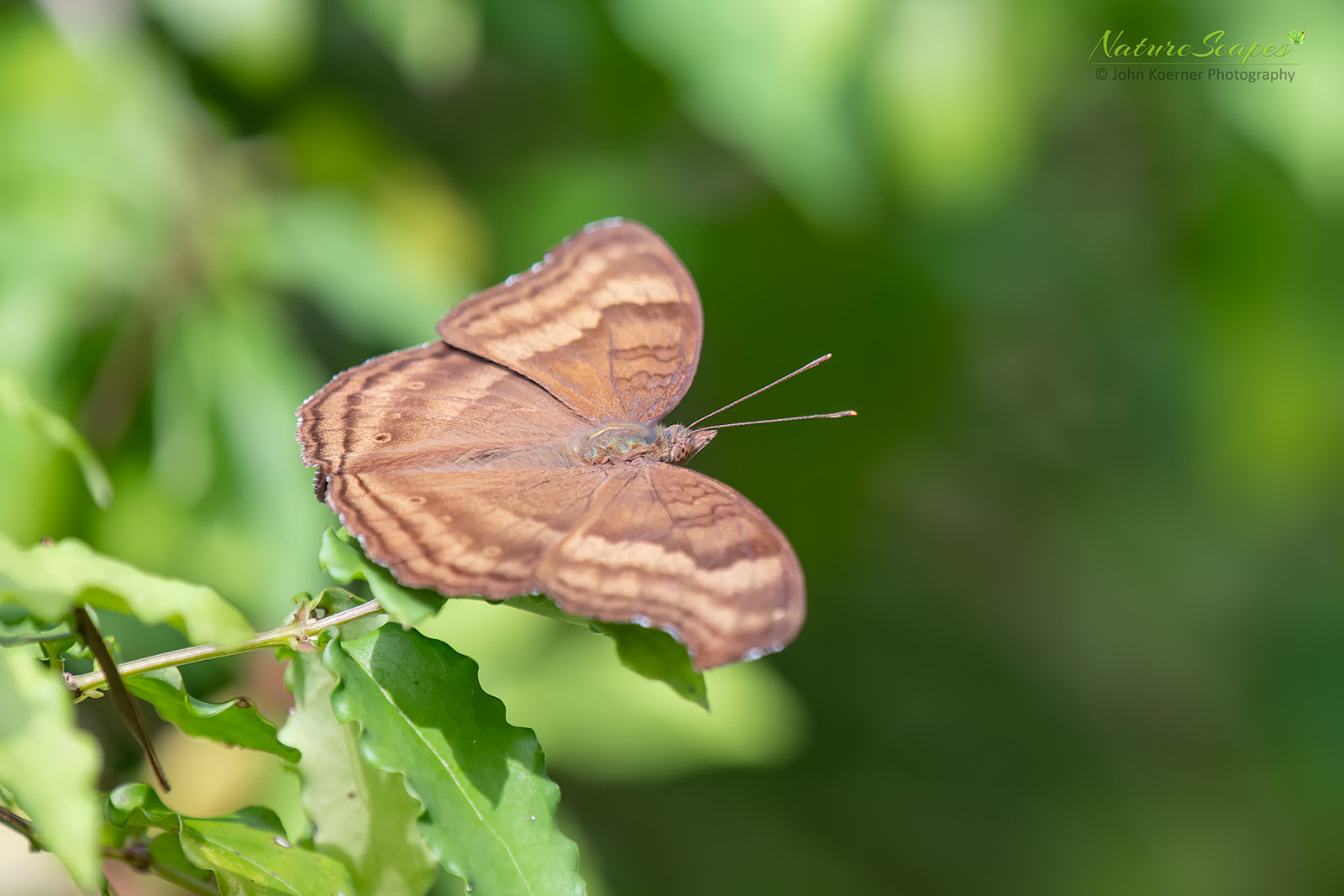
Chocolate Pansy (Junonia iphita)
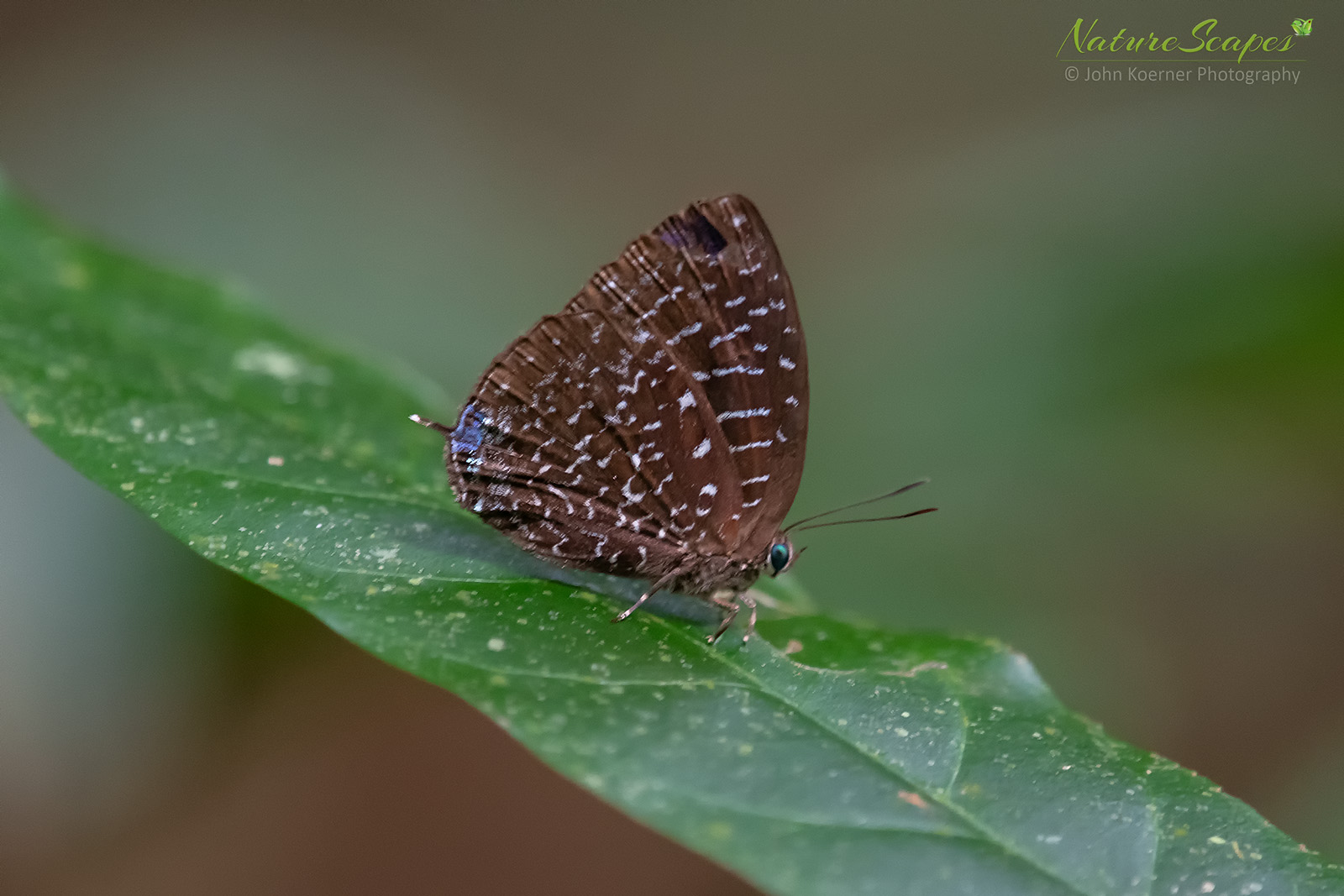
Oakblue Butterfly (Arhopala democritus)
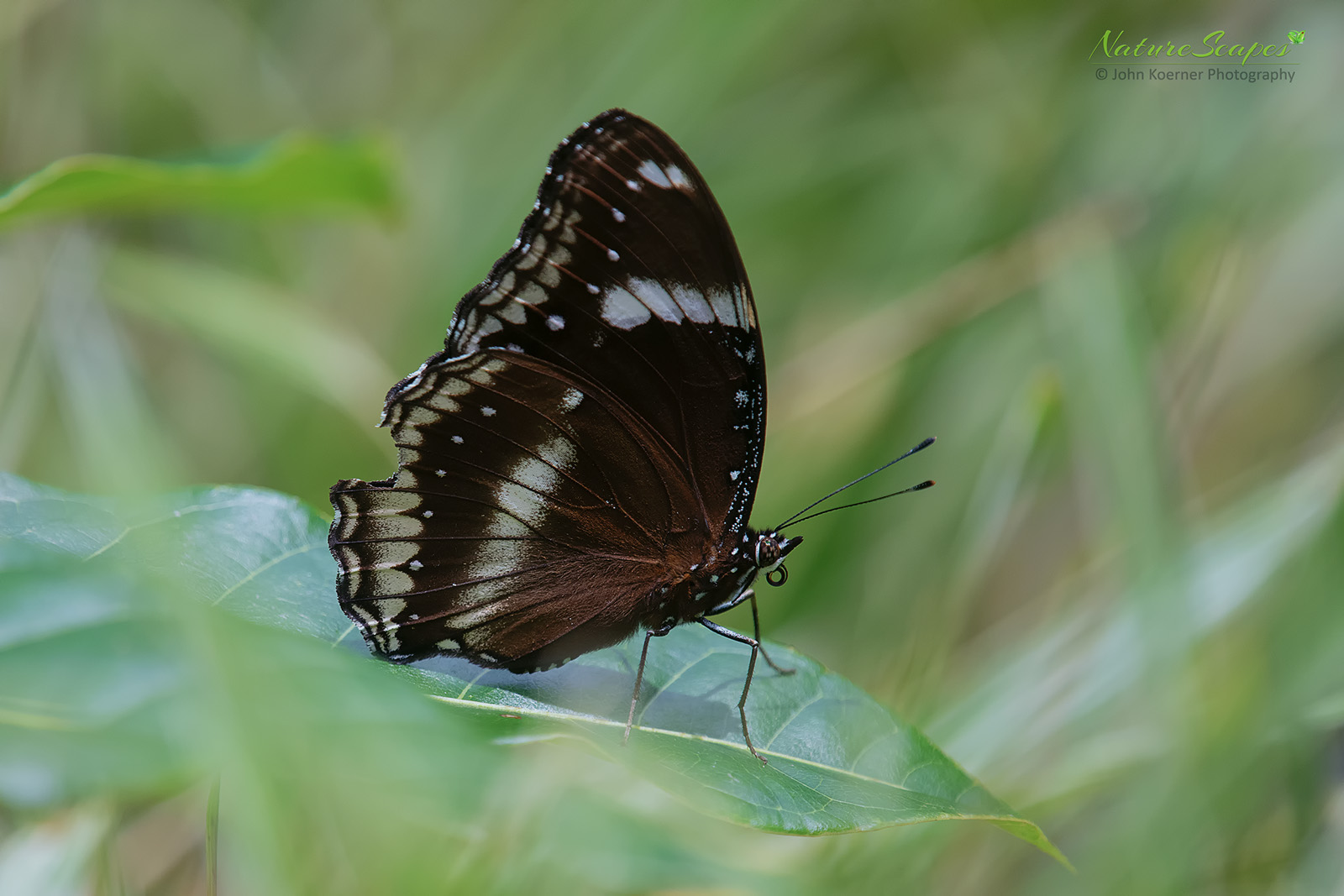
The Great Eggfly (Hypolimnas anomala)
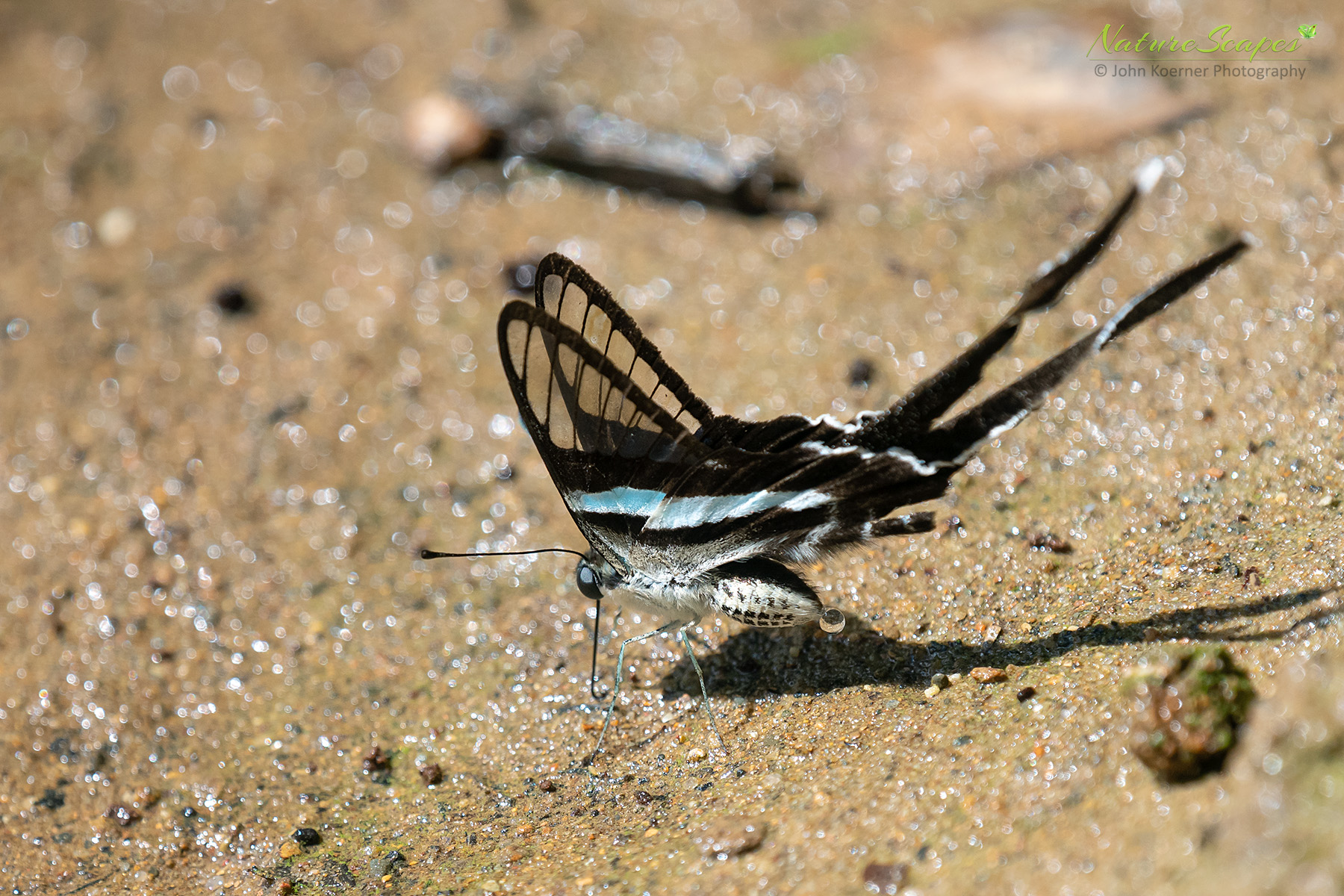
Green Dragontail (Lamproptera meges virescens)
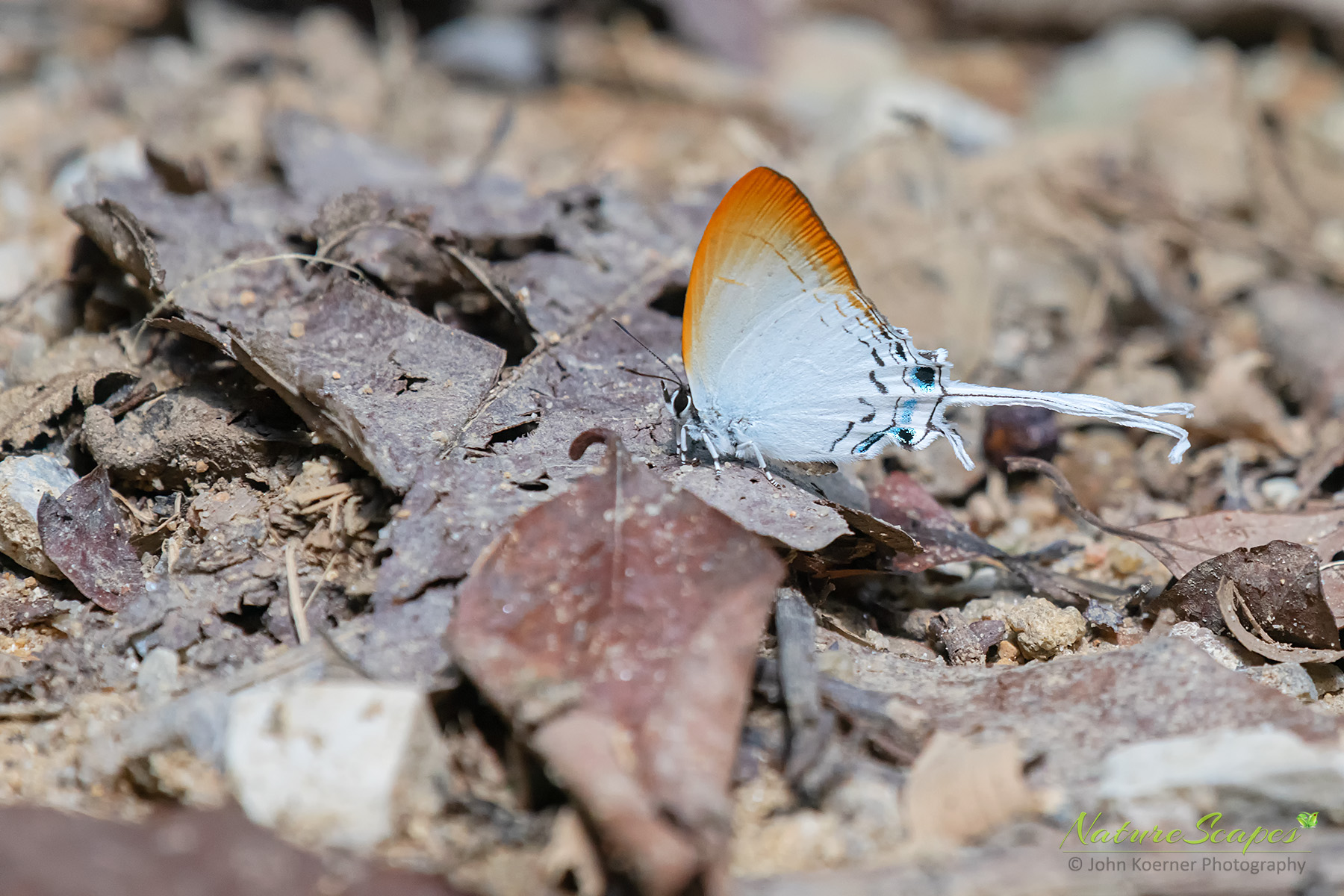
Fluffy Tit (Zeltus amasa maximinianus)
The most amazing aspect of my experience with butterflies here is that I really didn’t devote a lot of time to it. Khao Sok is actually not one of the prime butterfly destinations, so on my next visit I intend to make Pang Sida National Park a specific goal, which (I have been told) is a mecca for butterflies within Thailand.
Plants & Fungi
Even the plants and fungi in Thailand are beautiful. I know this blog post has already been image-intensive, but I hope you can indulge me a few more images that just cry-out to be seen 🙂
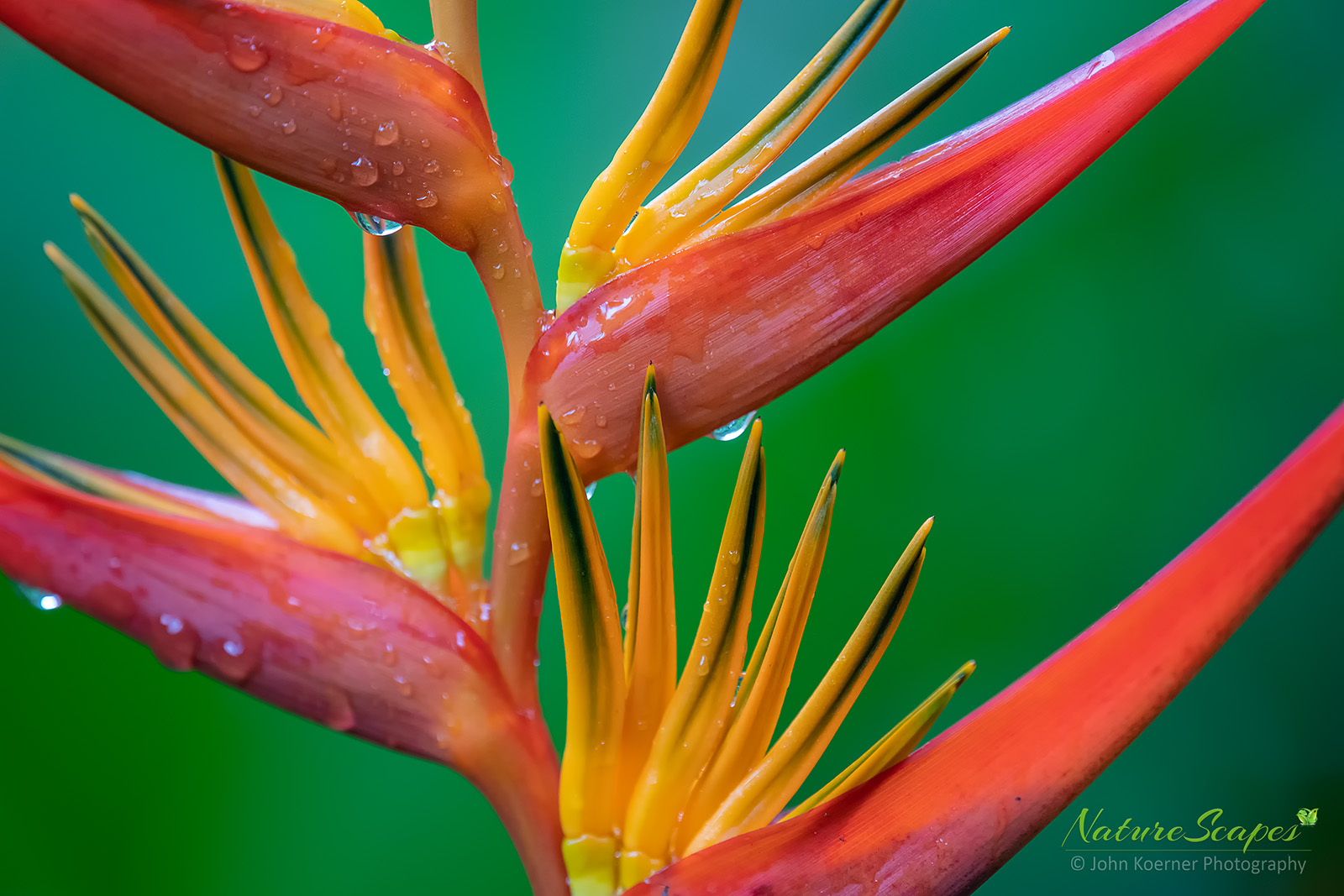
Bird of Paradise Plant (Unk.)
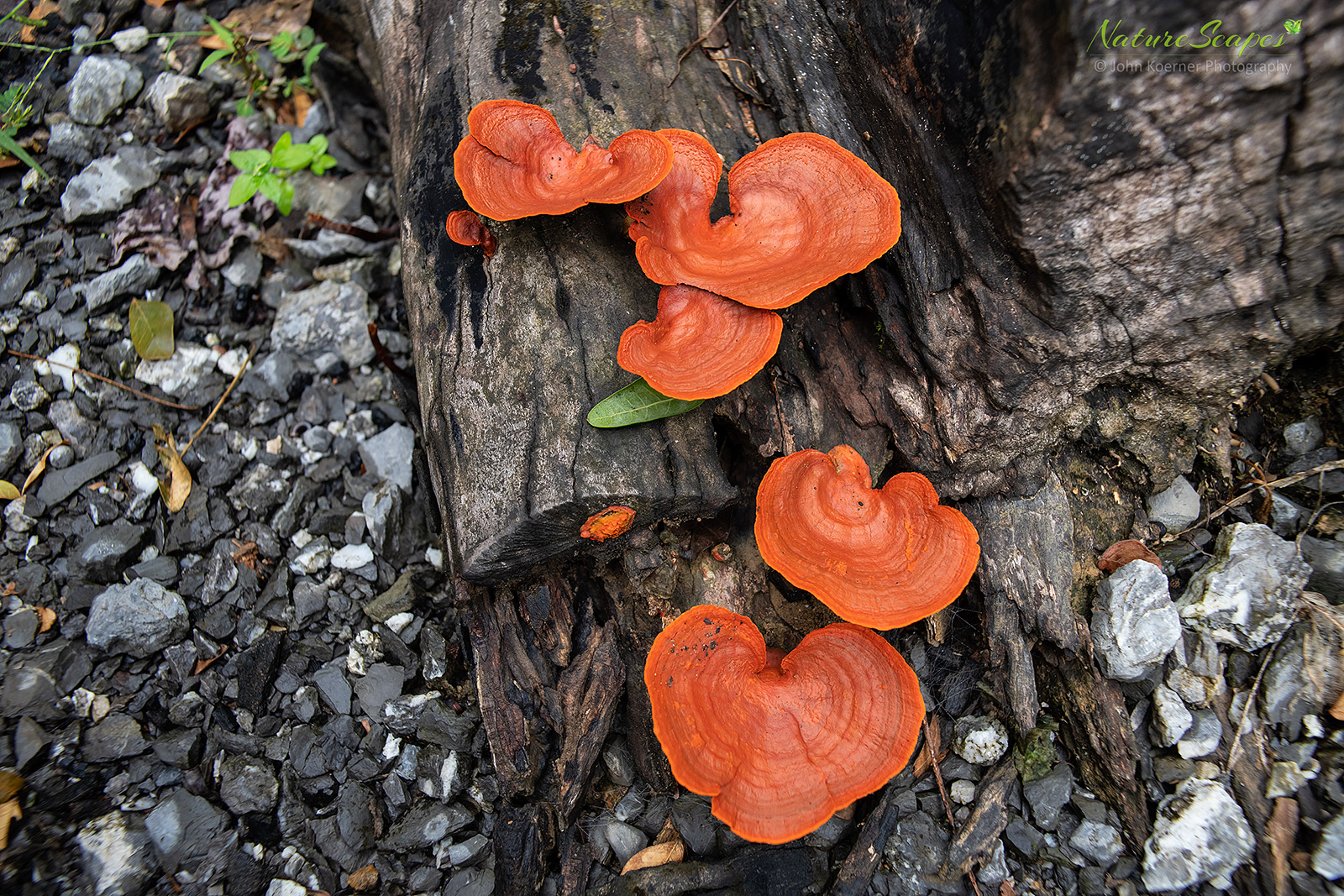
White Rot Saprobic Fungus (Pycnoporus sanguineus)
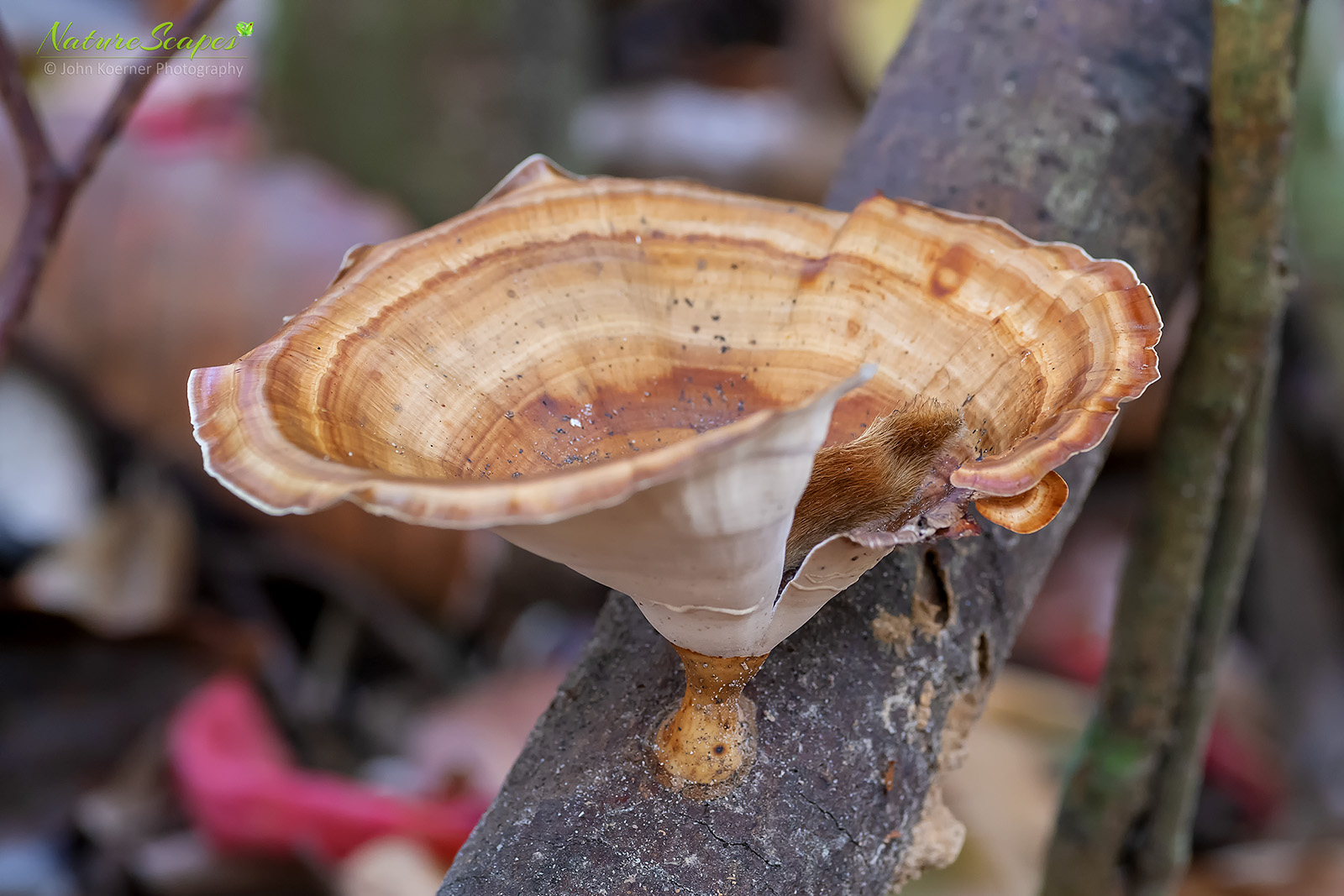
Polyporus Fungus (Microporus affinis)
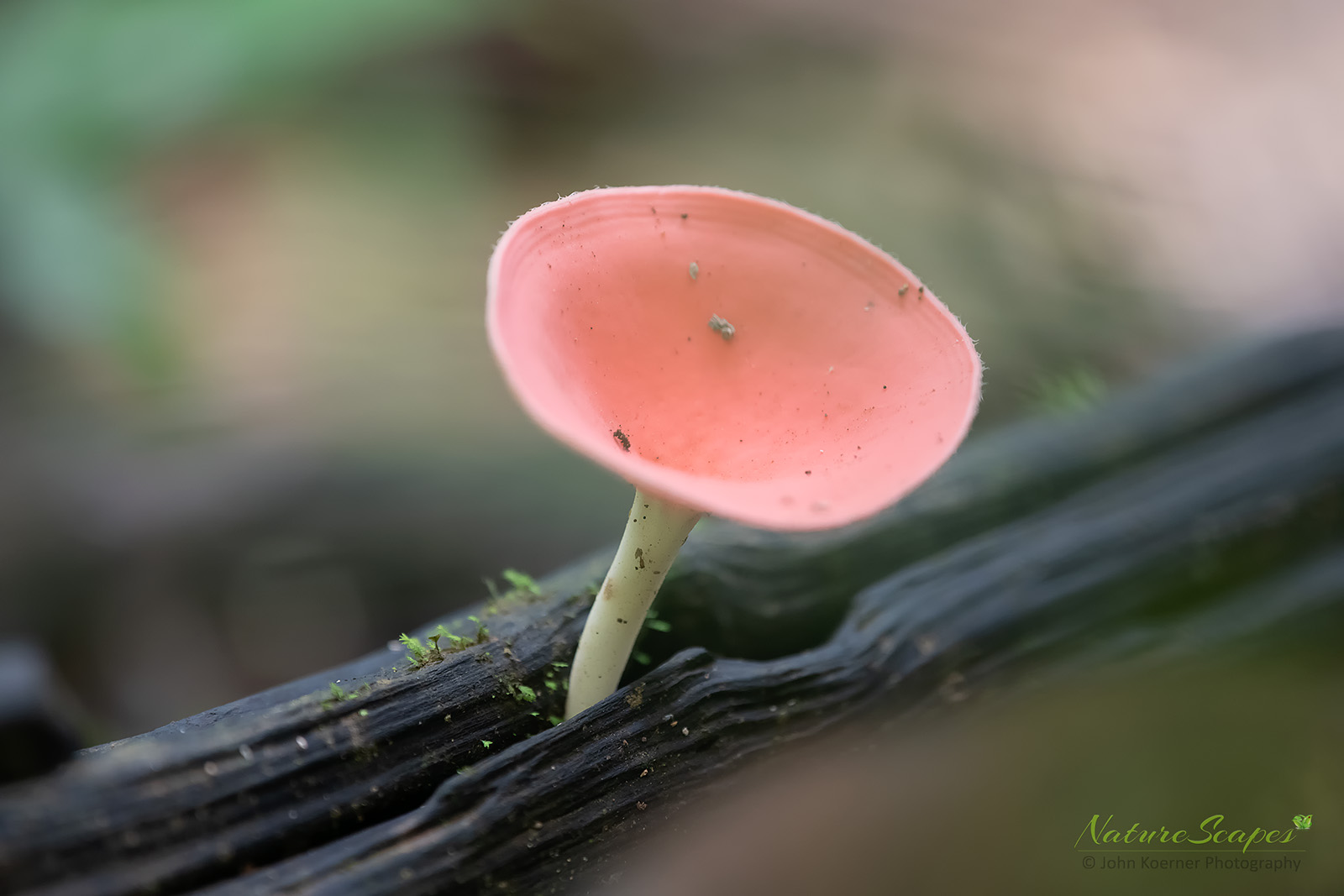
Cup Fungi (Cookeina sulcipes)
Any dedicated botanist, or mycologist, could similarly spend every hour of every day photographing the incredible diversity of plant, flowers, and fungi-forms that can be readily-found in the forests of Thailand.
But Beware!
Thailand is not all fun and games! From a plethora of venomous snakes, to malaria from mosquitoes, to blood-sucking leeches, these are all matters to be cautious of as you go through your nature hikes here. Other than the mosquitoes, of all the potential perils you may face, blood-sucking leeches are the most-likely. In fact, it is impossible not to encounter them in the field:
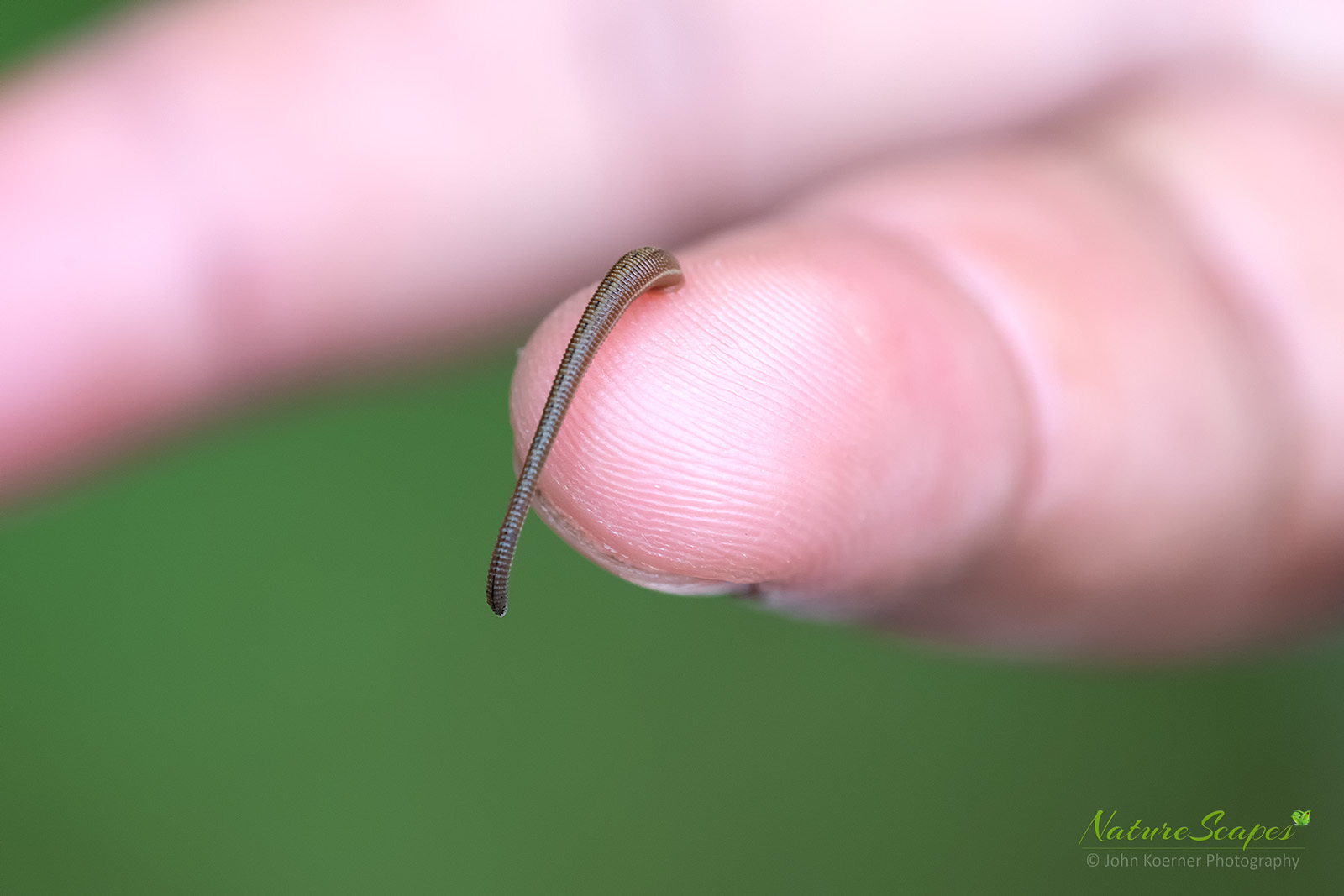
Blood-Sucker (Haemadipsa sp.)
It is important to get a doctor’s checkup before you go to Thailand, especially to secure some anti-malaria medication. Insect repellent and anti-leach footwear and leggings can be purchased locally. A hired local guide is highly-recommended, as they can offer advice on where to purchase these items during your stay. Hiring experienced, local guides not only helps the economy of these lovely areas, it will help you just as much (if not more so) in the end.
Afterthoughts on Equipment
Thailand is a truly beautiful place. I was able to capture many beautiful images on my first trip, even when traveling light, yet the experience also taught me many key errors & omissions, so that I will be able to plan for an even more successful follow-up trip, photographically, on my next visit. I will try to pass on what I learned as far as “the ideal gear” goes.
Macro Shooters:
First, if you are primarily a macro-photographer, I’d say just one camera and a couple of lenses will do you fine. Even just one macro lens would suffice. There is, literally, no end to the macro opportunities in Thailand. In fact, there are many “macro specialists” in Thailand (really, all over Southeast Asia), who delight their followers solely with their incredible macro photography. With how many (and how diverse) the opportunities are, this discipline alone can give anyone a literal lifetime of satisfaction.
With the benefit of hindsight, if I were to choose “just one” macro lens to bring to Thailand, it would be the Laowa 100mm f/2.8 2x Ultra Macro APO, married to a high-pixel camera. Only rarely do I shoot over 2x for macro wildlife, and a high-mpx camera can be cropped 50%, which essentially = up to 4x lifesize macro capability, in one macro lens.
Bird Shooters:
If, however, a person is mainly interested in photographing birds, I honestly don’t think “budget zoom lenses” are going to do very well, compared to legitimately faster primes. In retrospect, actually owning the very finest bird glass money can buy, I think selecting a 400mm f/2.8 (+ 1.4x and 2x teleconverters) will bring optimal quality, as well as flexibility, for birding in Thailand. Either that, or bring a 600mm f/4 + 1.4 TC. The reason being, Thailand is a rain forest, and as such, it is dark more often than not, and as such any lens with an aperture greater than f/4 (or f/5.6) is an impediment, not an asset, to your goals.
With the benefit of hindsight, if I were to choose “just one” bird lens to bring to Thailand, it would be a Nikkor 400mm f/2.8 lens, with a Nikon D5 camera (or Canon 1Dx II camera, or Sony A9, as alternates, depending on your gear preference). With any of these cameras, a 1.4x TC, as well as a 2x TC, should be immediately available when extra reach is needed.
Multi-Dimensional Wildlife Shooting
For the photographer who wants to “shoot everything” while visiting Thailand, and yet wants to keep his load to a minimum, here are my recommendations with the benefit of hindsight. Since I am not the type to “eat steak and feed you beans,” these recommendations are made without regard to cost, only to enable primo ability, while not sacrificing quality. That said, here is the equipment I myself am going to bring, next time:
- Nikon D5 + Nikkor 400mm f/2.8E FL ED: Carried under my left arm, with a Magpul Sling. Why? It offers the best low-light performance married with the fastest, highest-quality super-telephoto glass available , wide-open. Add the 1.4 TC, it becomes a 600mm f/4; add the 2x TC, it becomes an 800mm f/5.6. Virtually no extra weight. Minimum focus distance = 2.6 m/8.5 ft.
- Nikon D500 + Nikkor 300mm f/4E PF: Carried on the chest holster of a Cotton Carrier Vest. Why? With a MFD of only 4′, and a 1:4 reproduction ratio, it is essentially a super-macro lens with its pro-level AF + VR, and the 1.5x crop of the D500 makes it a 1:3 macro lens;
- Nikon Z7 + Nikkor Z 14-24 f/2.8 + Nikkor Z 24-70 f/2.8: For handheld landscape, cultural, and portrait shooting. Why? The Nikkor Z professional zoom lenses offer better resolution, CA control, and bokeh figures than all other prime lenses made today. Therefore, these two zooms offer prime-quality imagery from 14mm to 70mm, in just two lenses. The one I will make readily available (when it comes out) is the 14-24 f/2.8 for habitat/landscape shots. The other is for friends/family, imo.
- Laowa 100mm f/2.8 2x Ultra Macro APO: Why? For when you need true 1:1 macros and beyond. With the 47 mpx of the Z7, you can crop 33%, and have (essentially) a 1:1 t0 3:1 macro lens, which is about all anyone actually shoots in the field.
In my judgement, the above 3 cameras + 4 lenses will allow the traveling Thai nature photographer complete versatility to capture virtually anything he or she desires, with the least clutter/baggage possible. Regardless of what camera brand or lenses you decide to bring, you would do well to remember the following:
- BRING RAIN PROTECTION. First of all, regardless of gear choice, had I not brought contractor’s garbage bags with me, and kept them with me at all times, all my gear would have been destroyed—as there were several instances where unexpected, torrential rains hit. Fortunately, I was able to cover everything with the contractor’s garbage bags I brought and everything was fine. So please don’t forget this!
- RAINFORESTS ARE DARK. Often there is very little light that comes through. Unlike bright, sunny California (where a photographer can get away shooting f/5.6 – f/8 apertures at the long-end of zooms), that is not going to fly too well in the dark rainforests of Thailand. I brought a 300mm f/4 + TC and a Nikon D850 (which account for 90% of all the images you see posted here). While you can see the many nice images I captured, what you can’t know is how many images this combo LOST for me. With a 1.4x to 2x TC on it, at all times, my f/5.6 – f/8 resulting apertures, literally, wouldn’t work on many occasions. It was so “dark” my camera literally lost the ability to auto-focus. Many of the images I did get actually needed to be hand-focused through my AF glass. Therefore, if you want to nail shots quickly, I recommend you bring fast lenses, f/2.8+ preferred.
That said, all images I took were 100% natural, via natural light. Not a single specimen posed, not a single flash used.
CLOSING THOUGHTS: Thai Culture & Landscapes
I default back to my core impression: Thailand is a beautiful country with beautiful people. Our presence there can make them or break them, just as their influence on us can make us, or break us, based on the harmony of our interactions. Always remember, the tour guides, waiters, and waitresses who provide us with service are all there to help us. Our experiences with them will define our happiness, just as their experiences with us will define theirs. Each of us benefiting the other is the best possible way 🙂
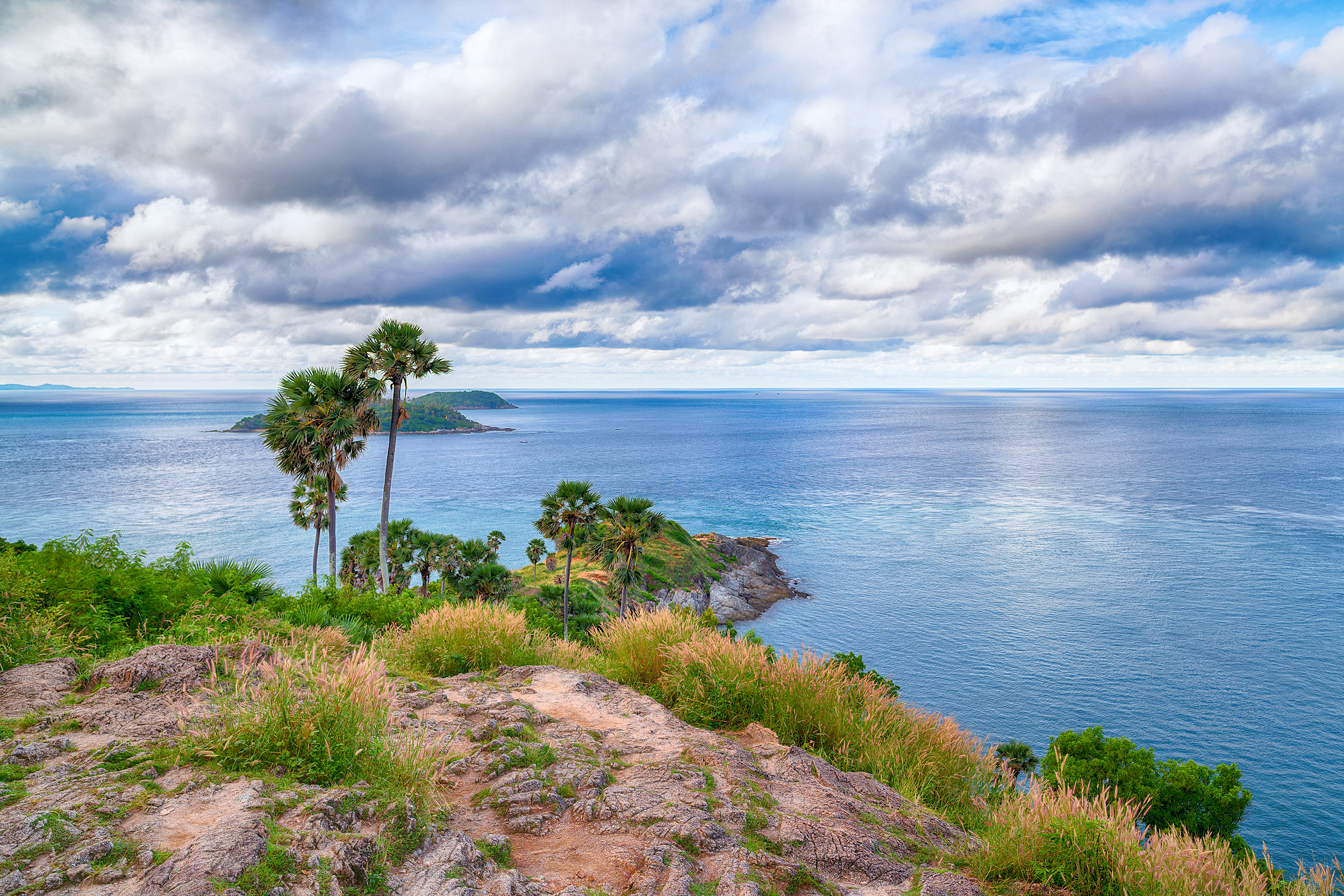
Laem Promthep, Rawai Beach, Phuket
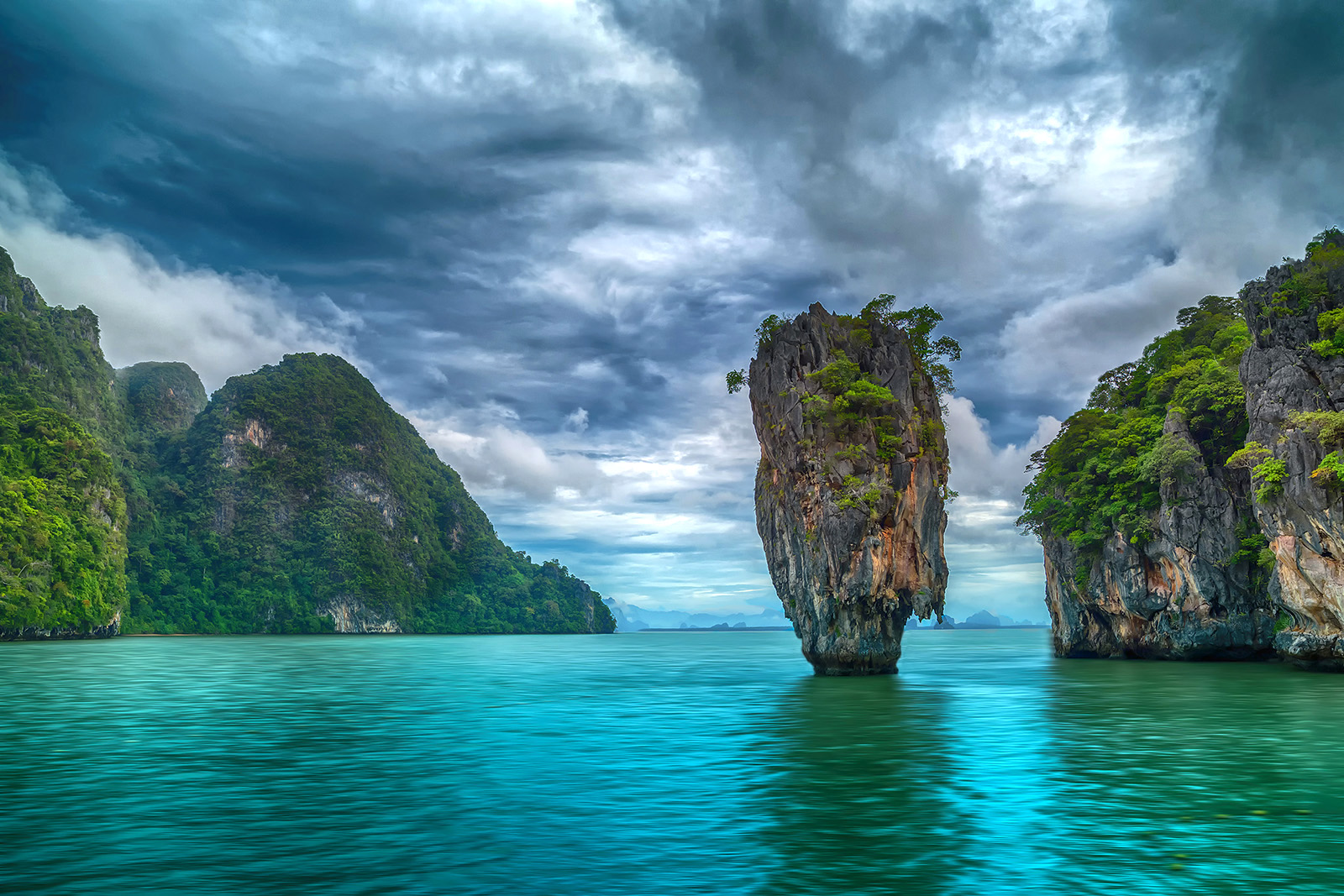
James Bond Island, Phang Nga Bay (HDR-enhanced)
The moral of this paragraph is remember the actual people who help you.
Just because you paid $400 USD to a travel company for a tour guide, doesn’t mean you’ve adequately compensated the actual employees who will be helping you. You’ve only paid the company owner, so remember to tip the employees, at the end of every day, for their full-day’s effort. Remember (as of right now) $1 USD = $30.81 Thai Baht. This means, if you tip some one a whopping $1,000 in Thai Baht, per day, you’ve actually only spent $32.45 USD to make their efforts worthwhile and their lives happier and better.
By tipping everyone who provides service to you lavishly, and do it willingly, you are helping the economy of the place which enabled all your dreams to come true, and (more importanly) you are helping the actual individuals who made these dreams possible out there in the field. From your travel guides, to the boatmen, to the waiters/waitresses who serve you delicious meals … don’t forget to make their day with a generous “tip” for their services.
Everyone feels better making “an extra bonus,” at the end of a long day, so make sure you provide this to each and every person who took the time to make your stay nice and comfortable during your travels.
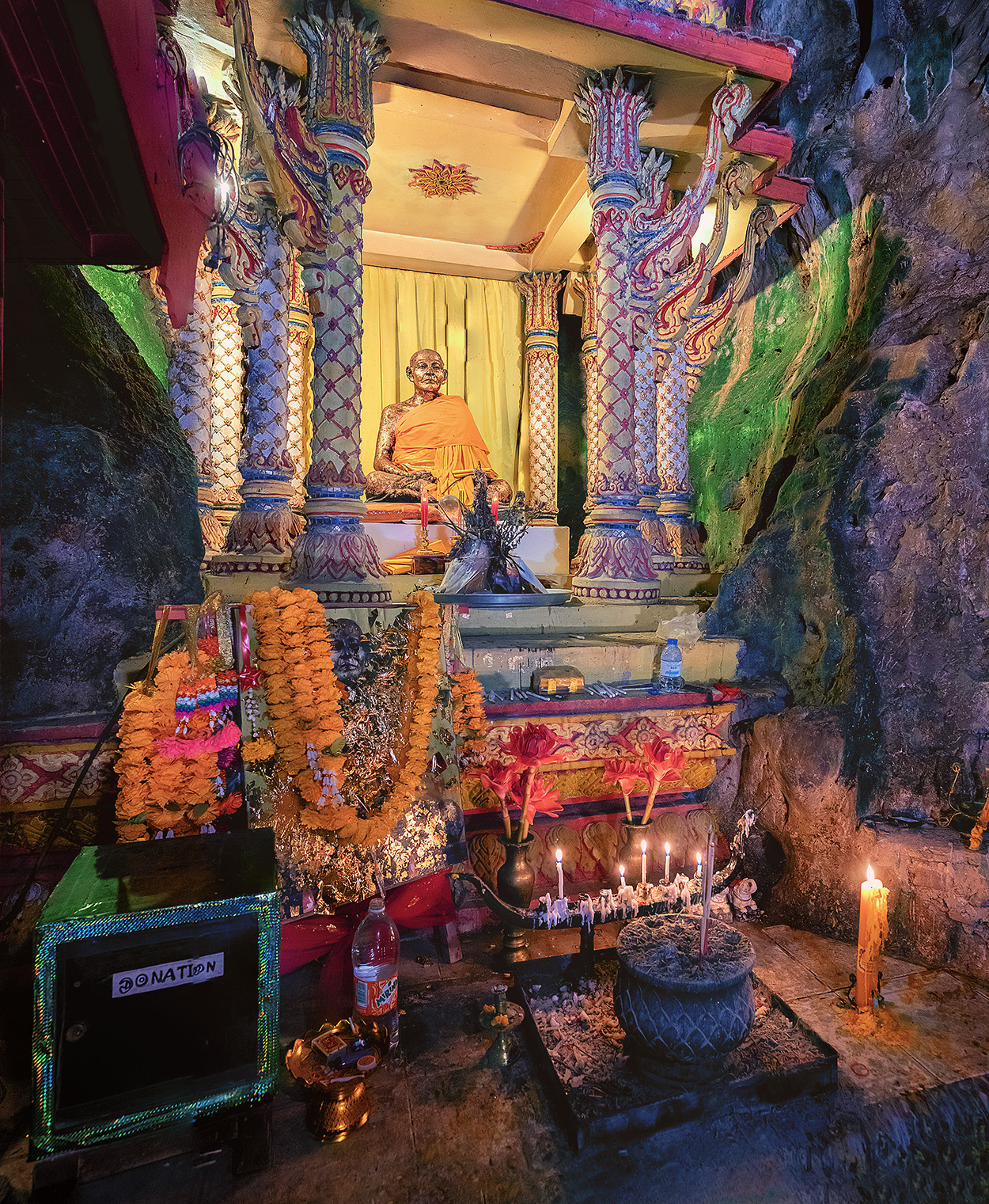
Wat Suwan Kuha (Cave Temple), Krasom Subdistrict, Thailand
Thailand is known as “The Land of Smiles,” and the gentleness and kindness of their service to us, as guests in their country, should never go overlooked or under-compensated. Pay attention to their eye contact, their sincerity of purpose, and thank each and every individual who took the time/effort to make your stay both comfortable and memorable.
To every single individual who helped me and my friends in this regard, please accept my sincerest thanks and “Hello” since the last time 🙂
สวัสดี ครับ (S̄wạs̄dī kráp)

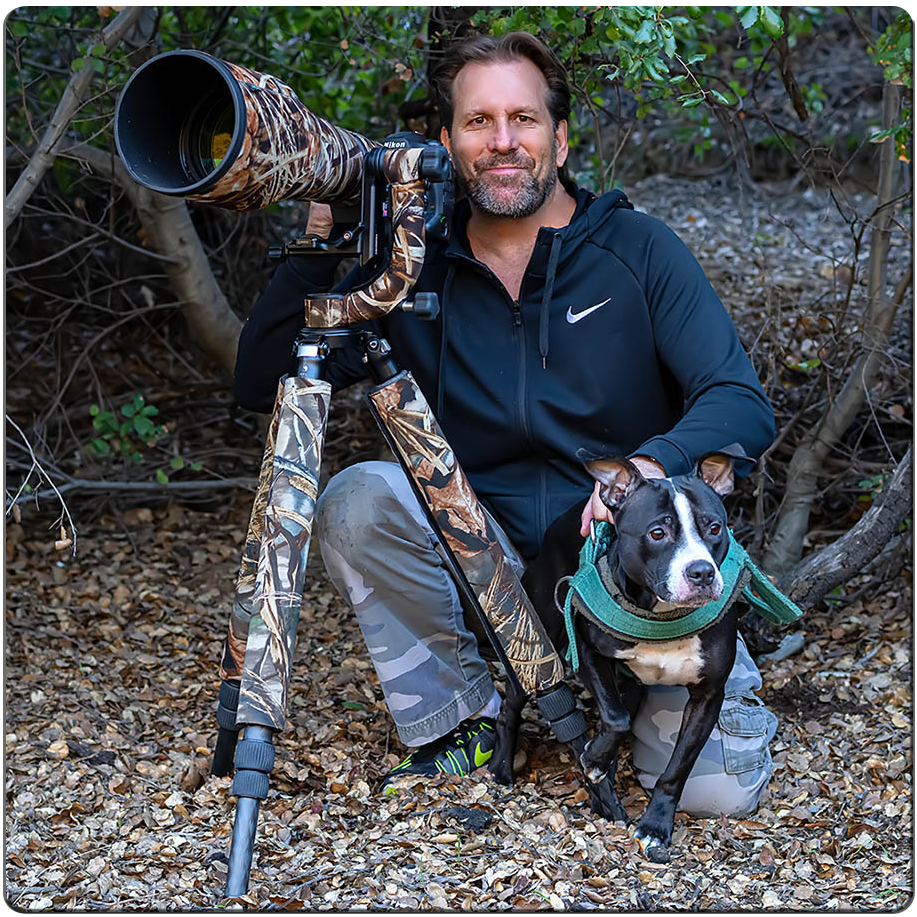


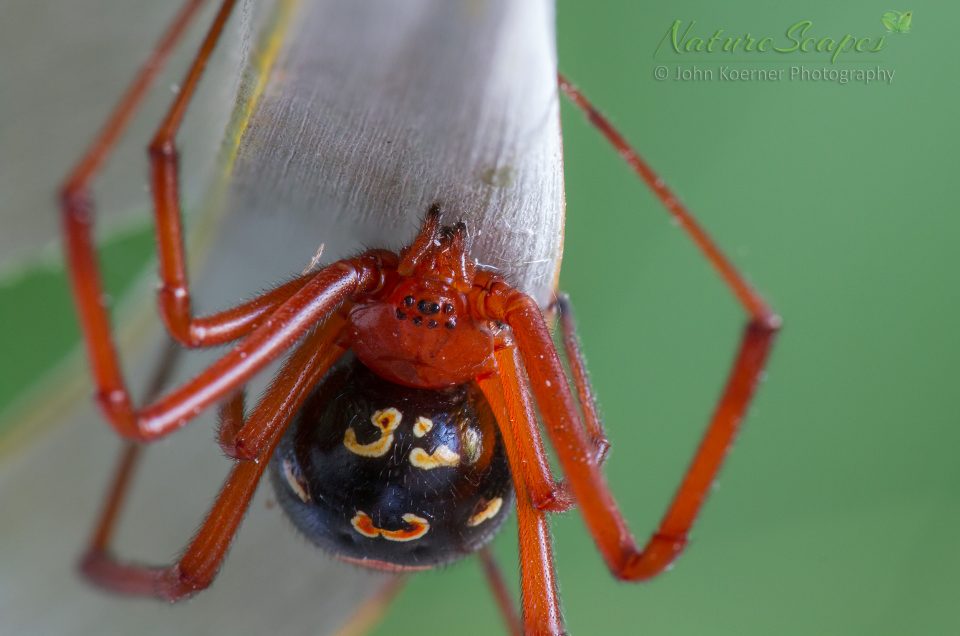
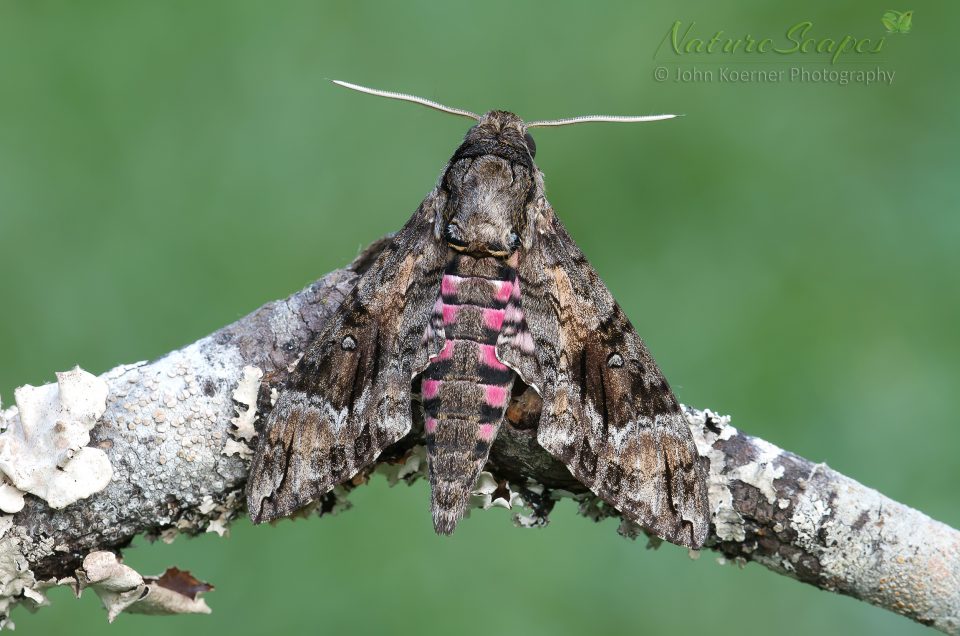
2 Comments
* To see all my Thailand Landscape Images, click here.
* To see all my Thailand Wildlife Images, click here.